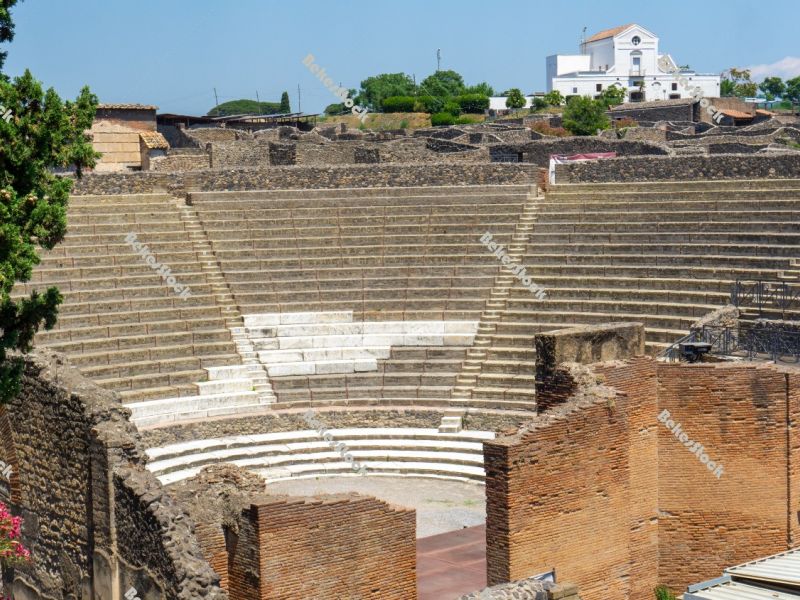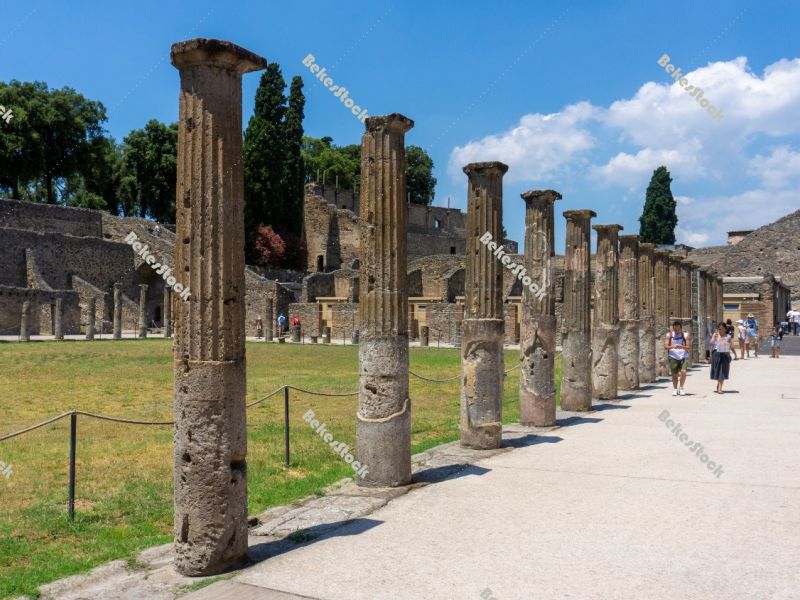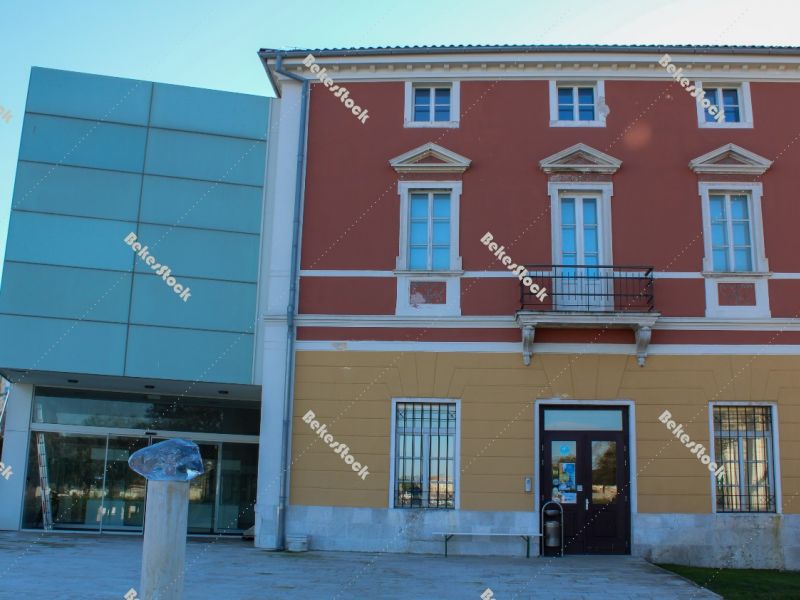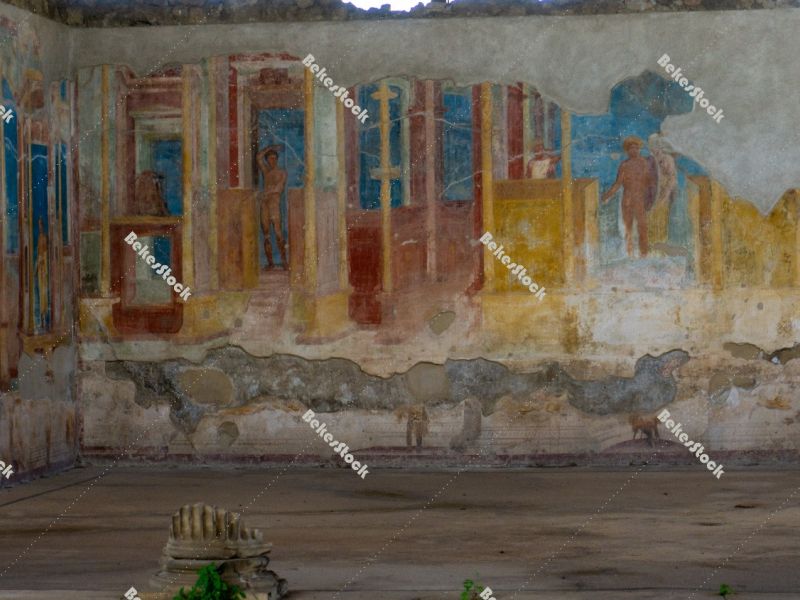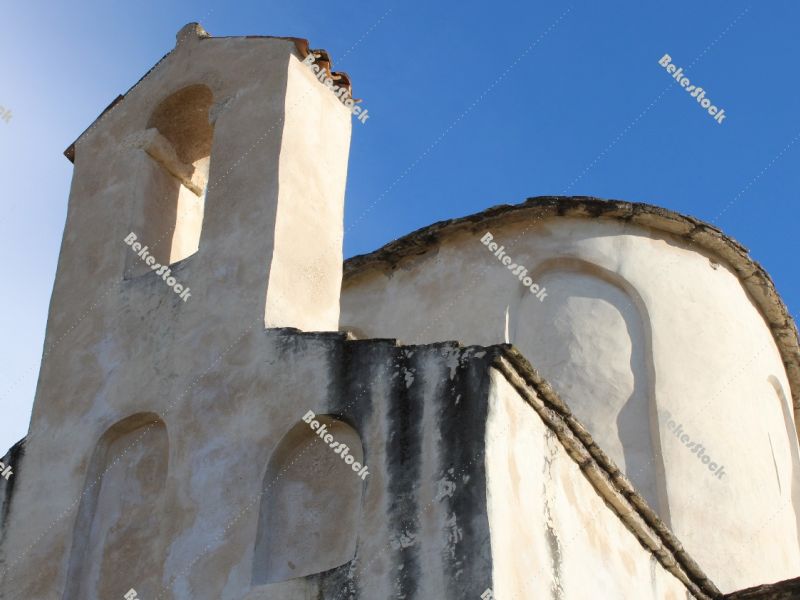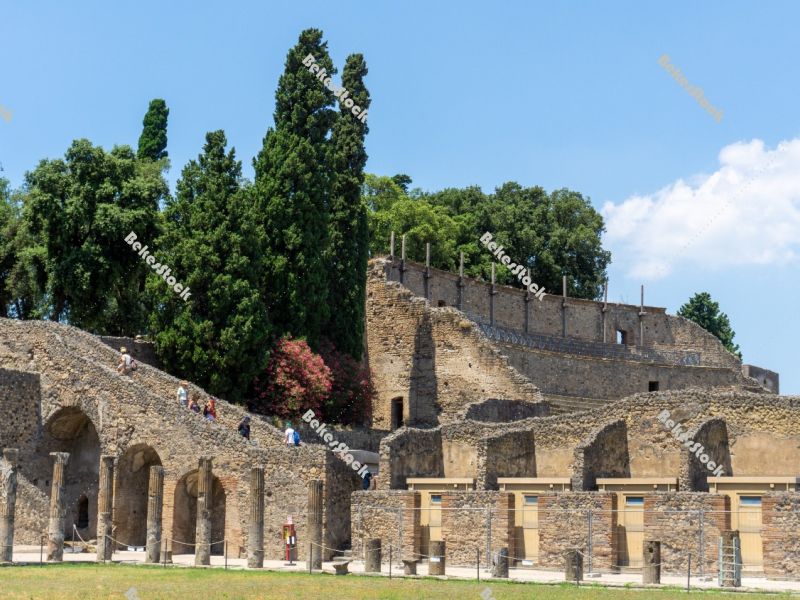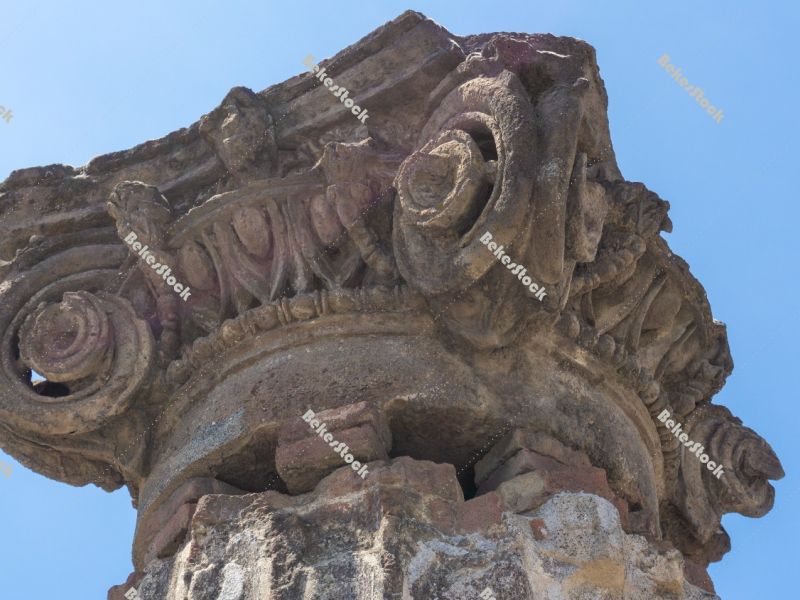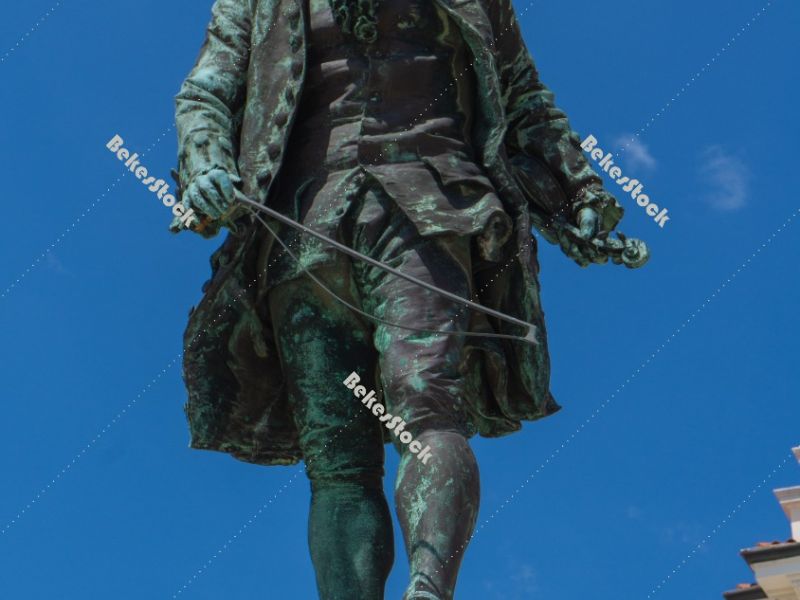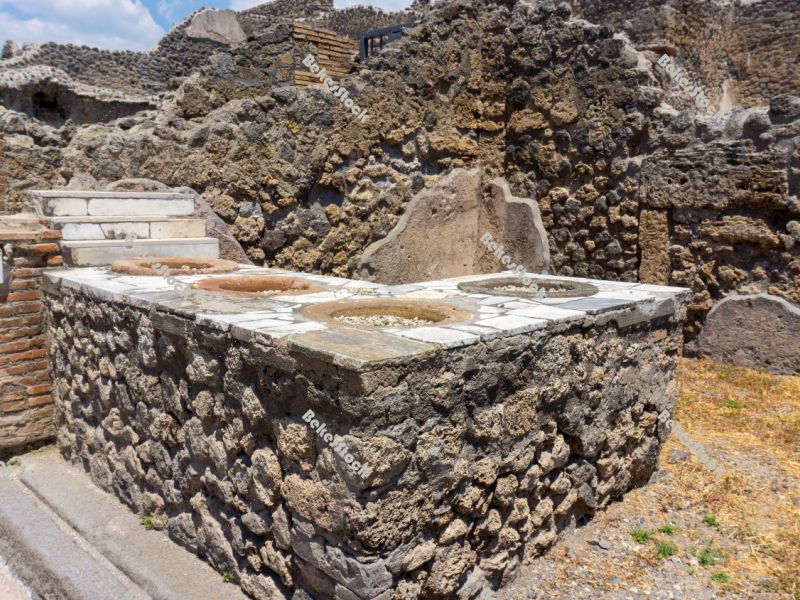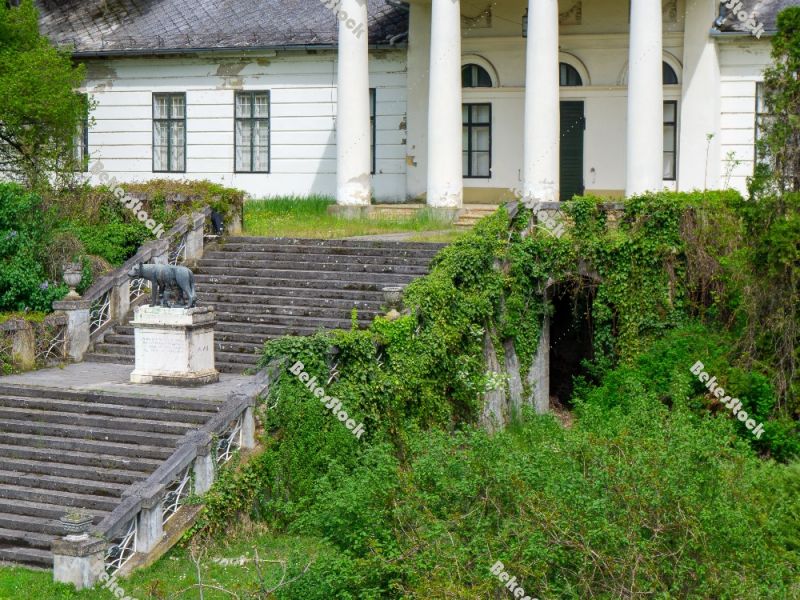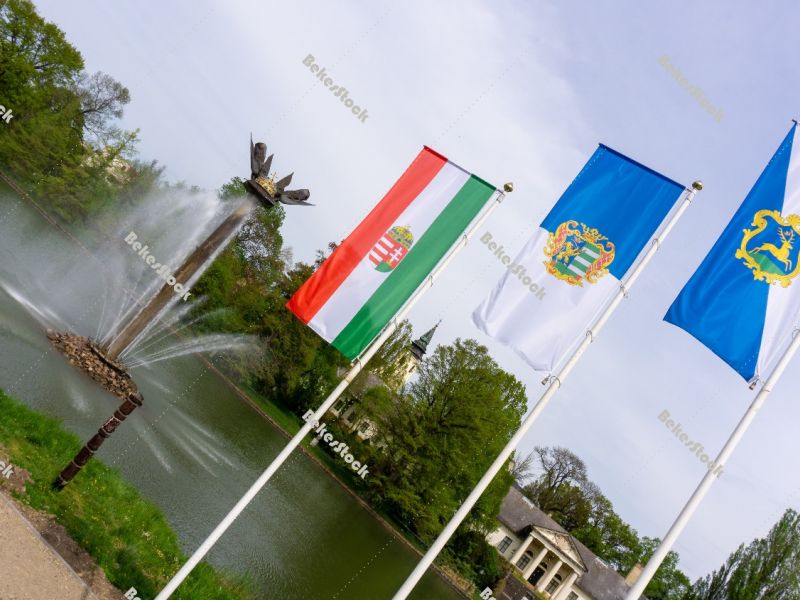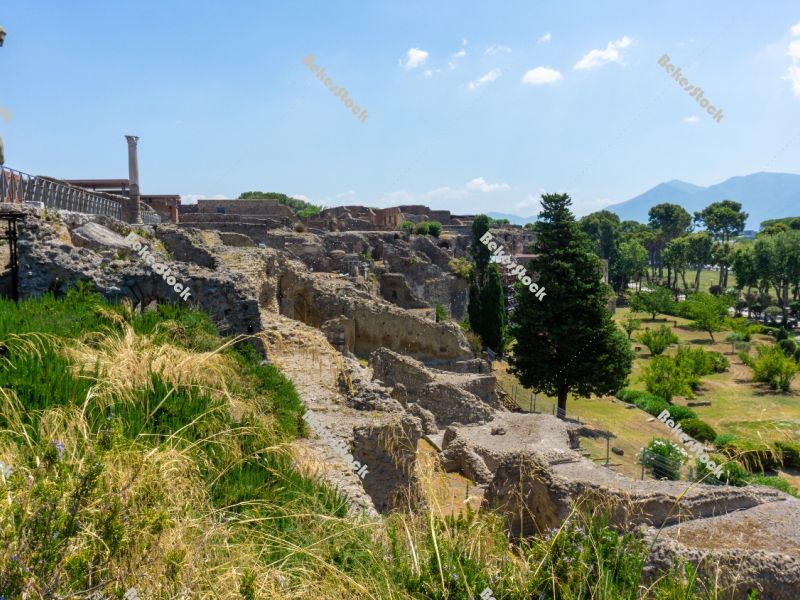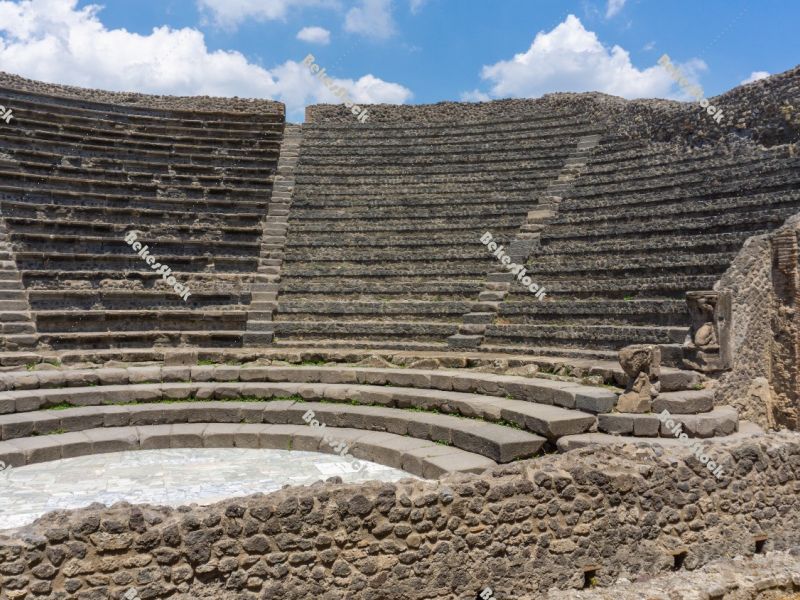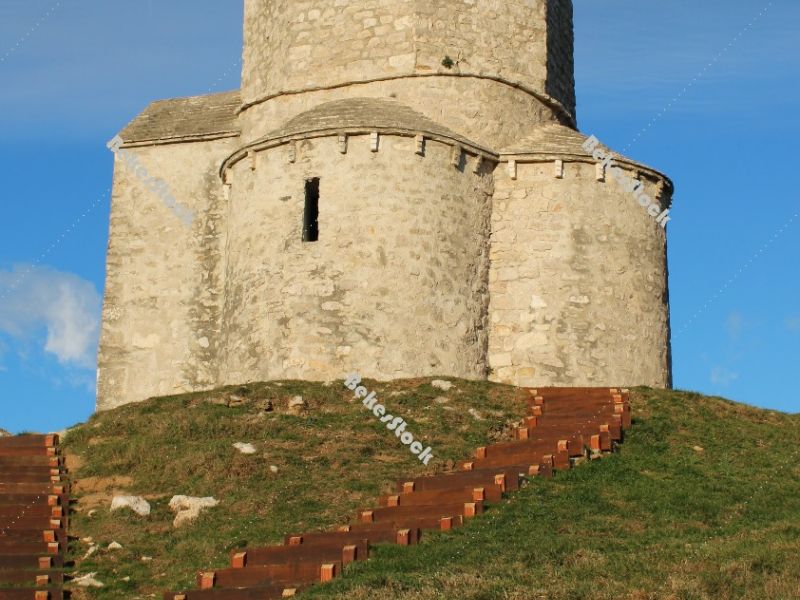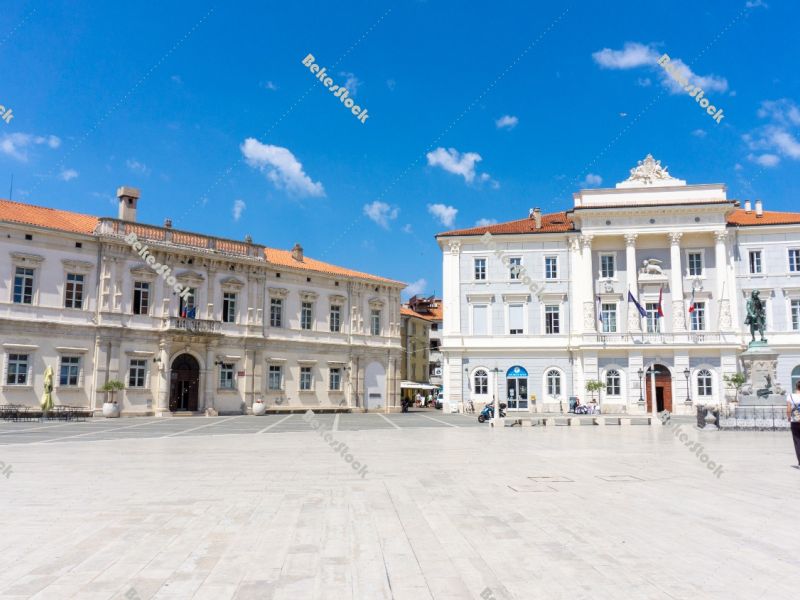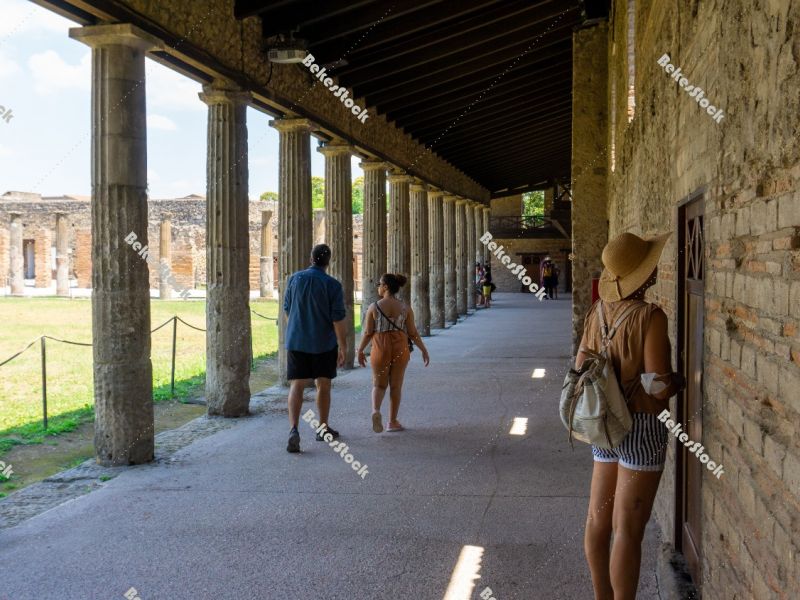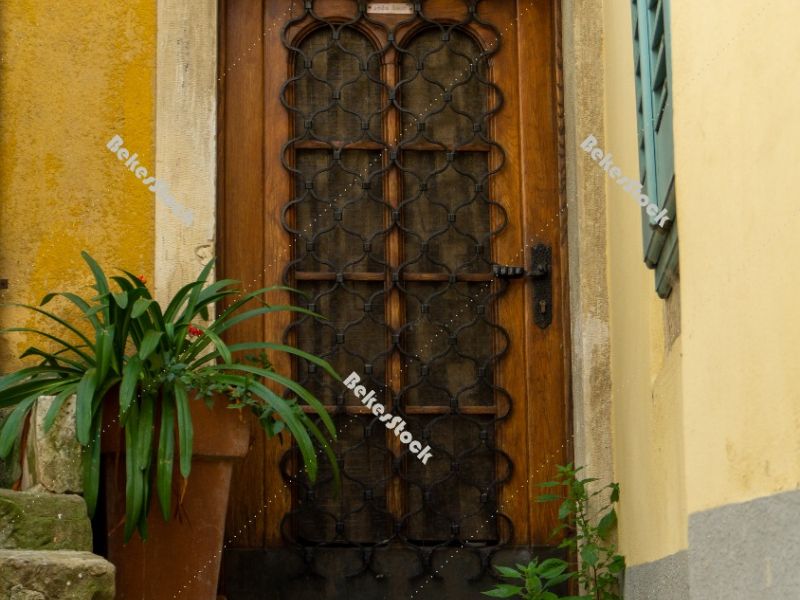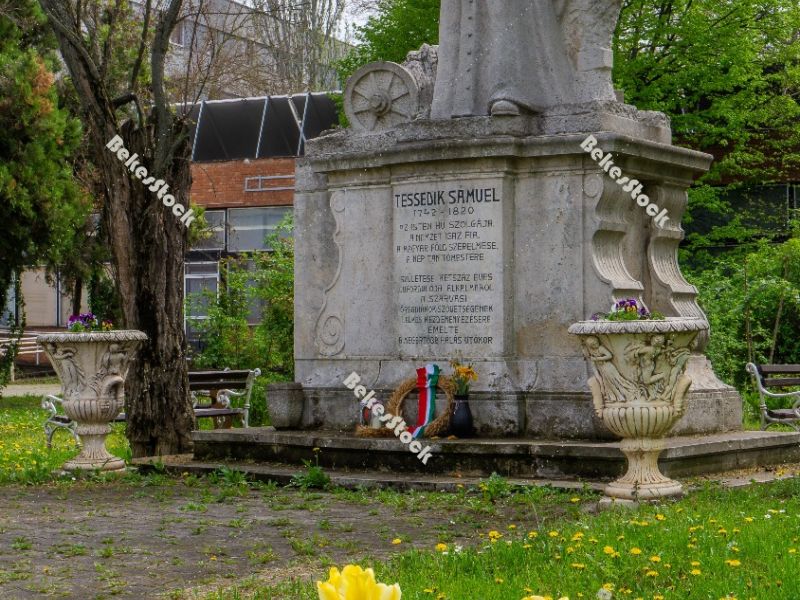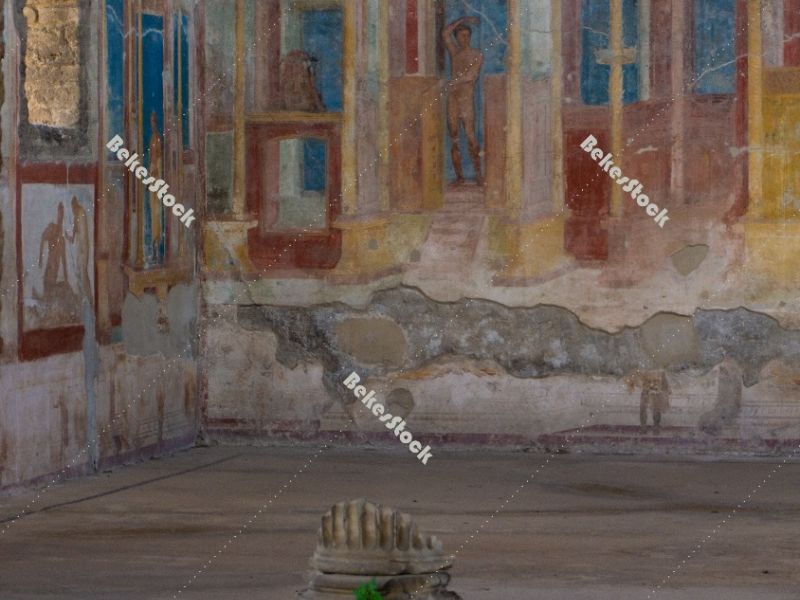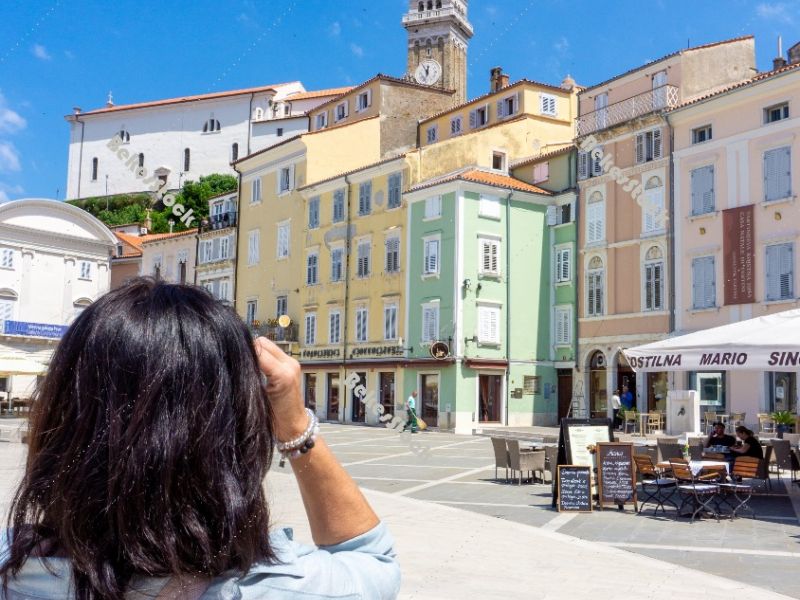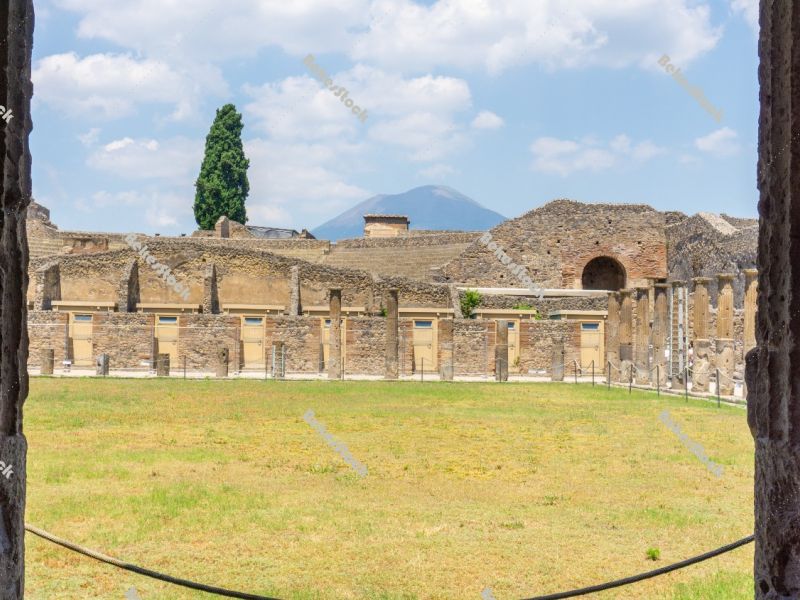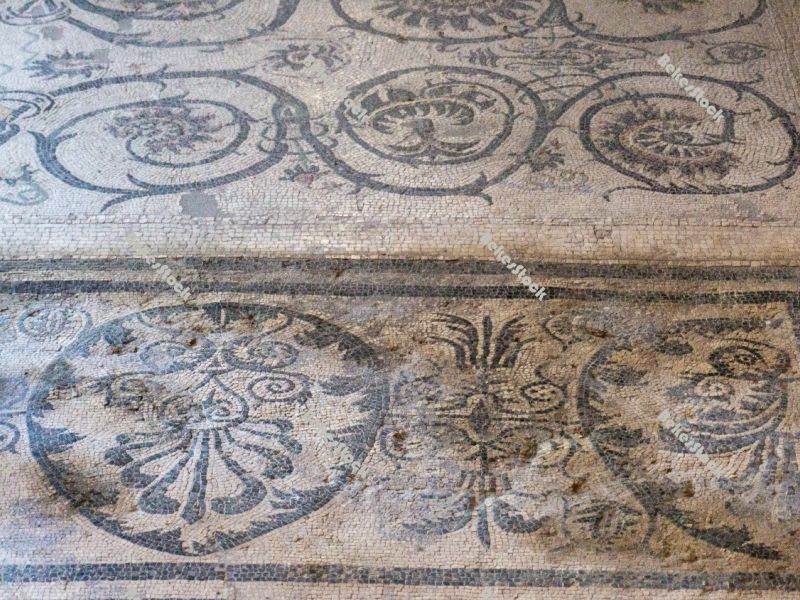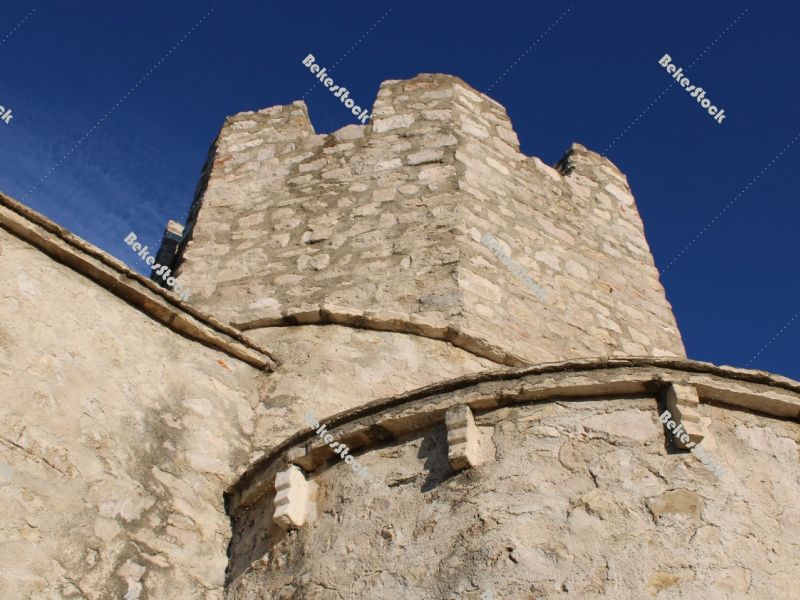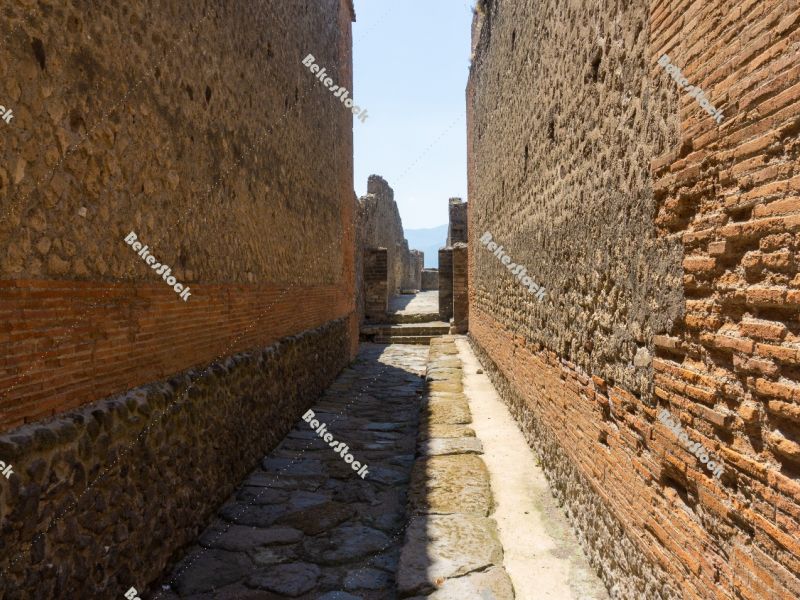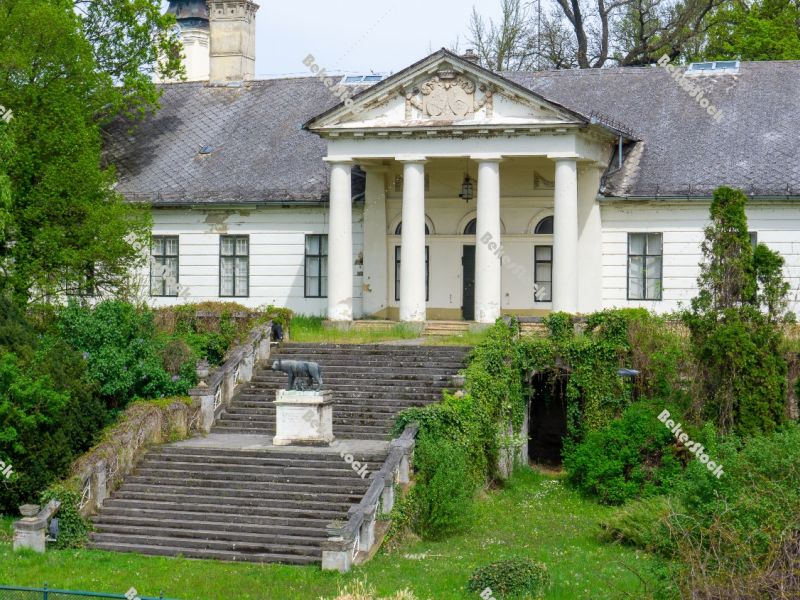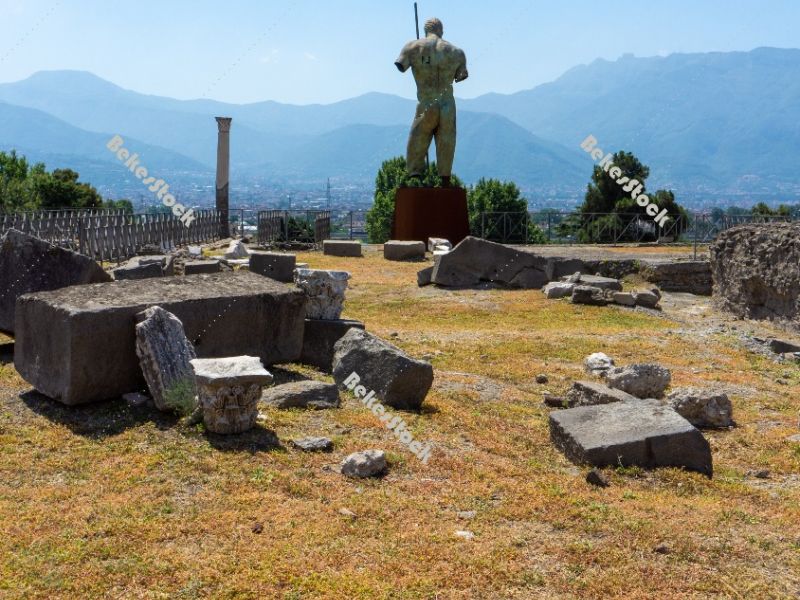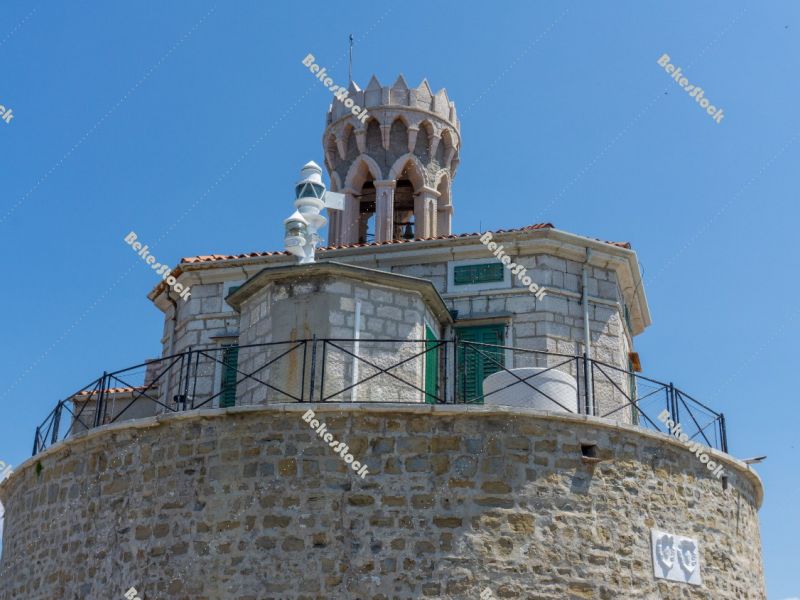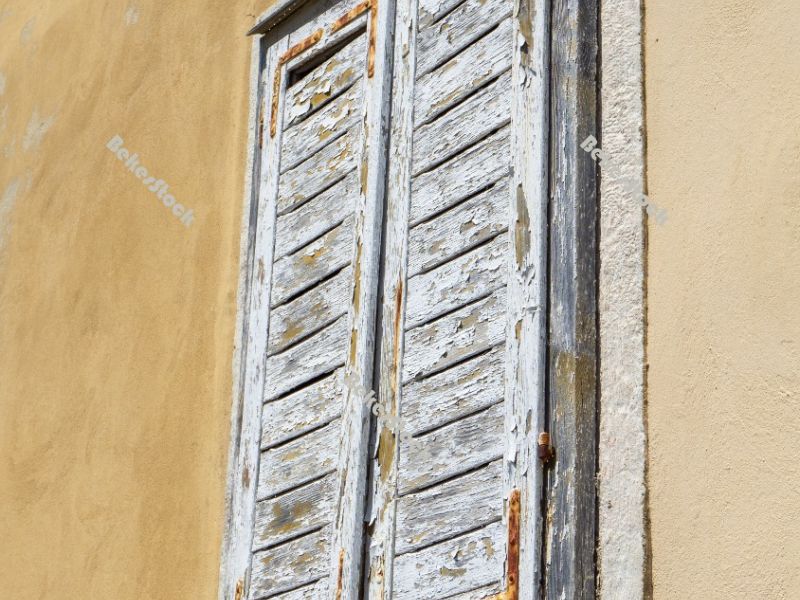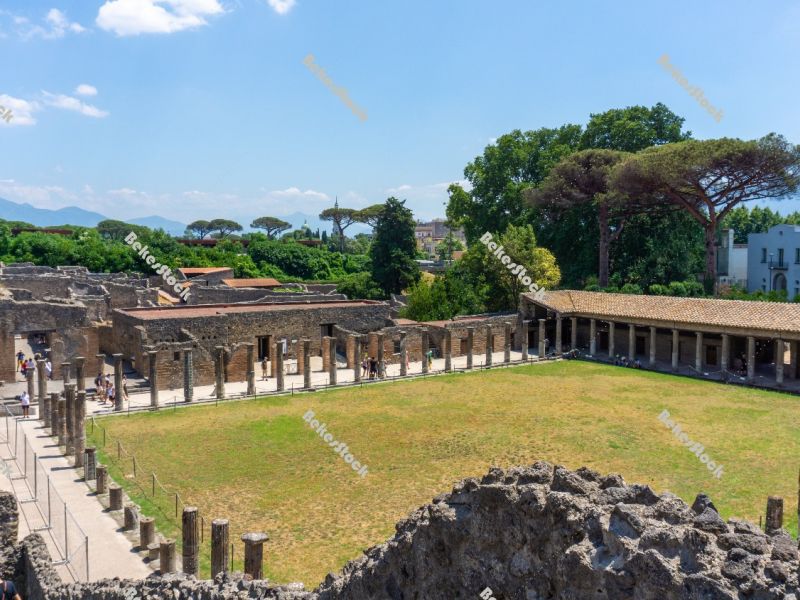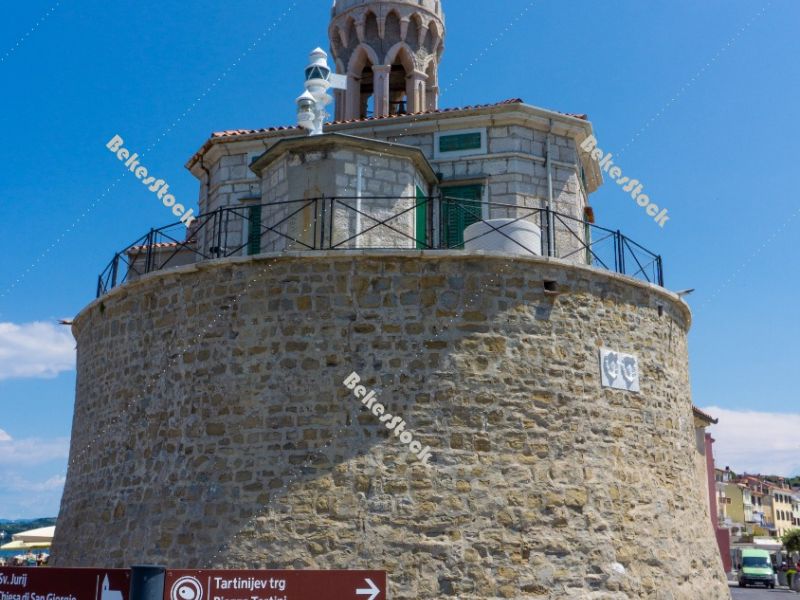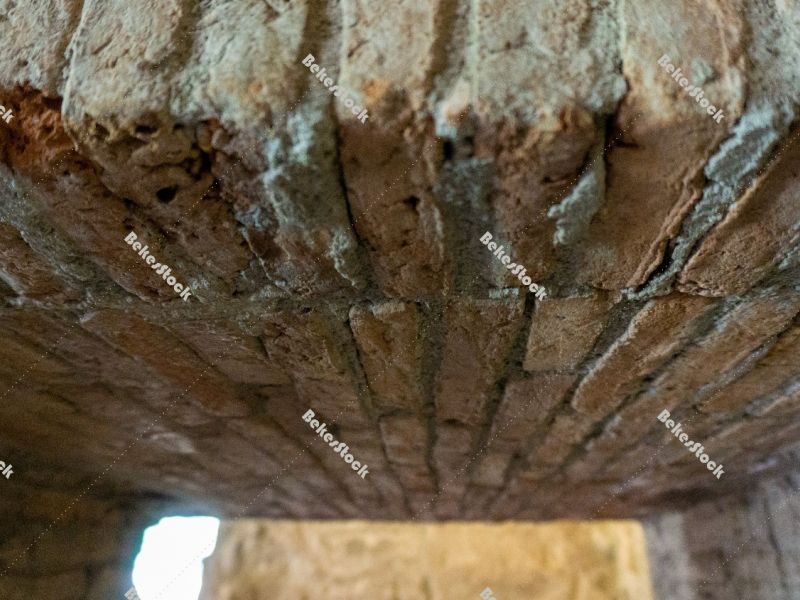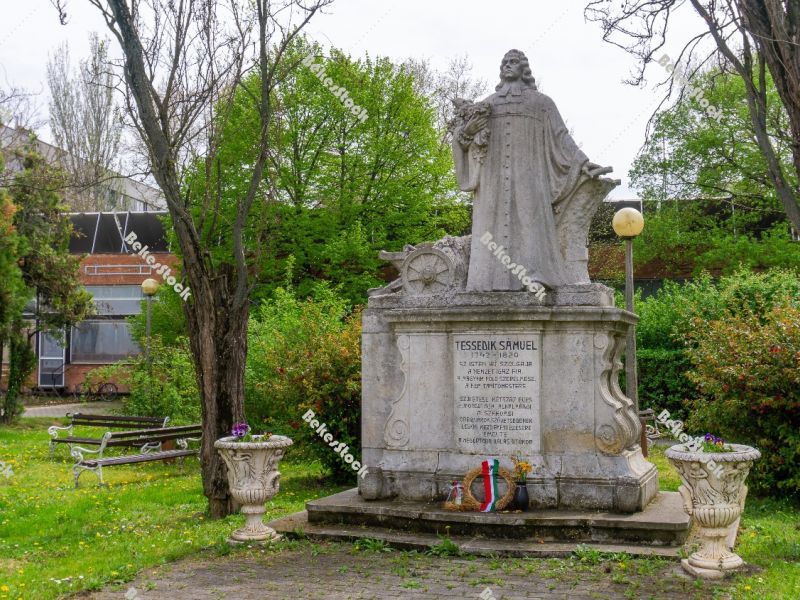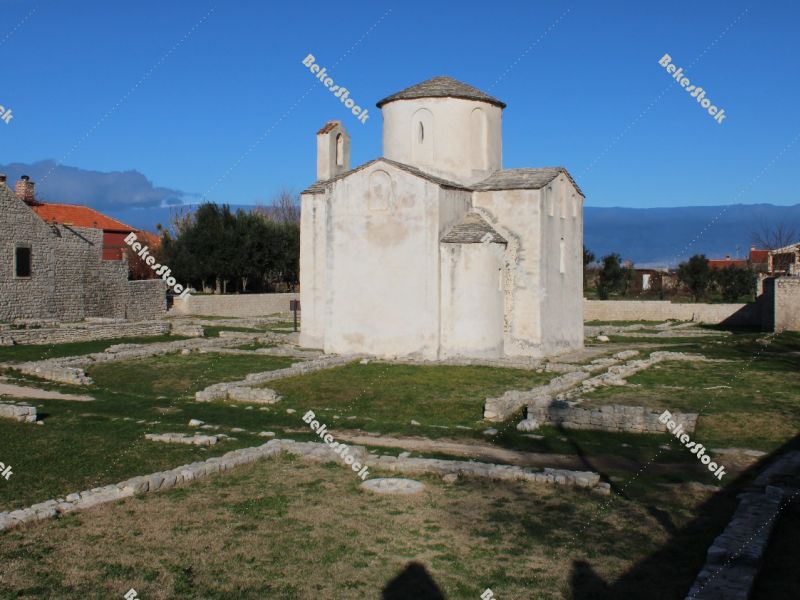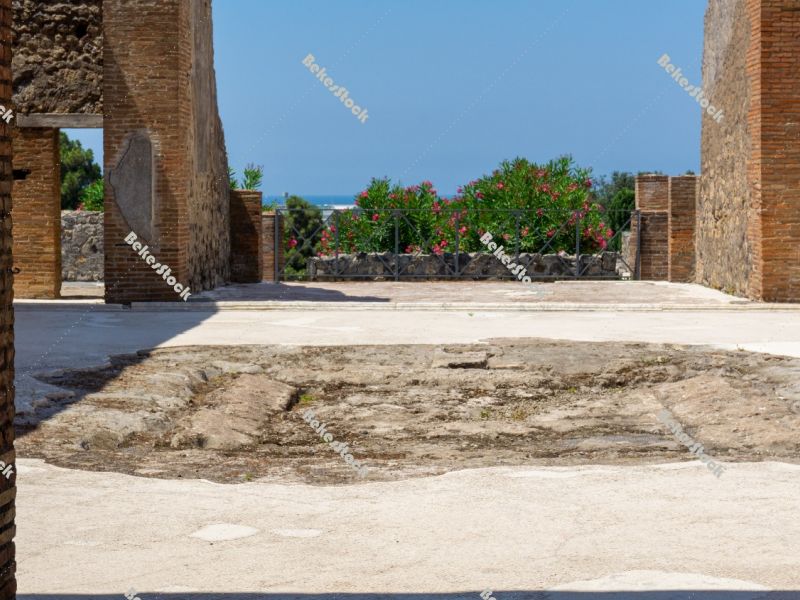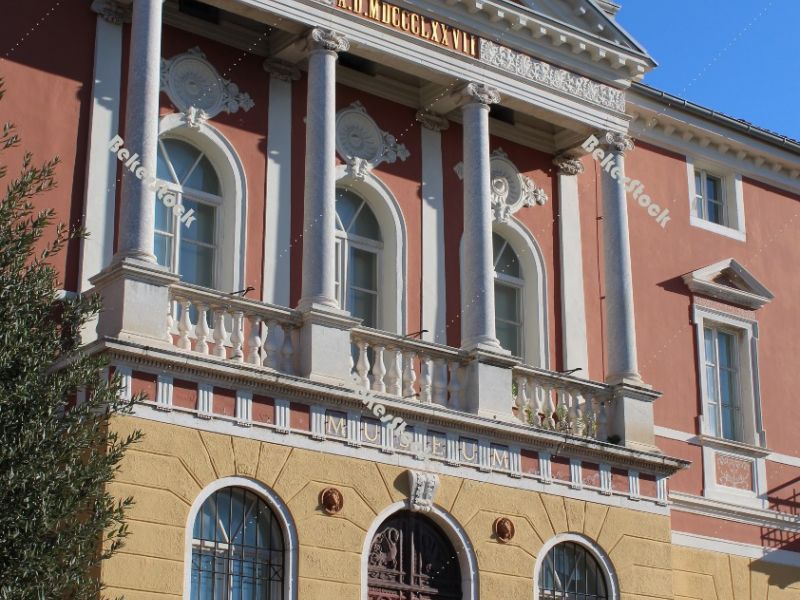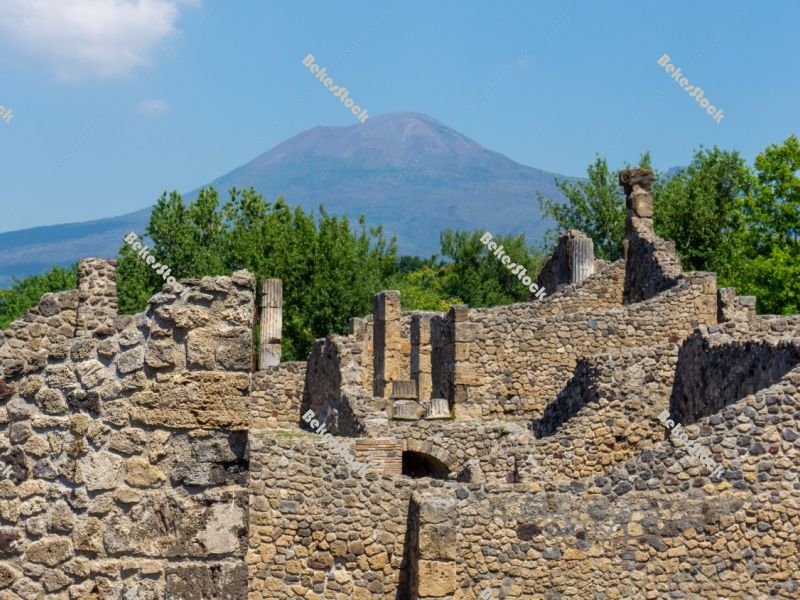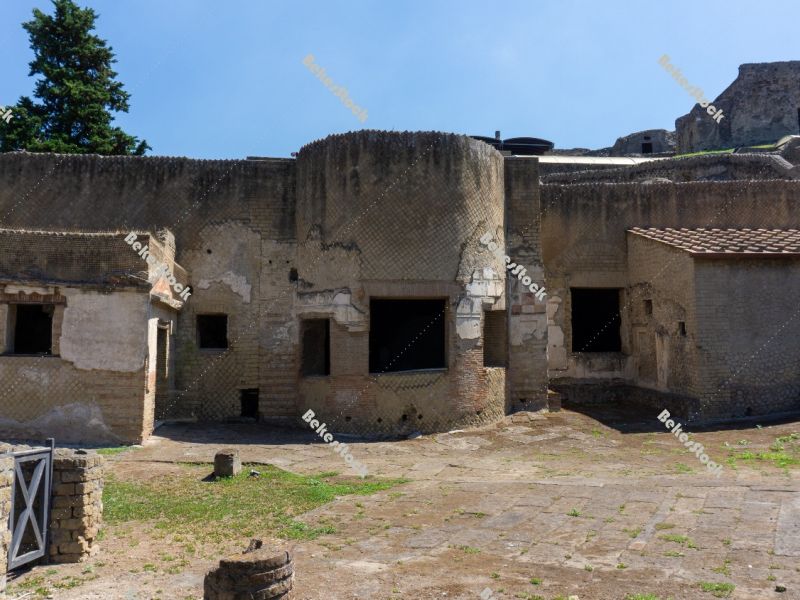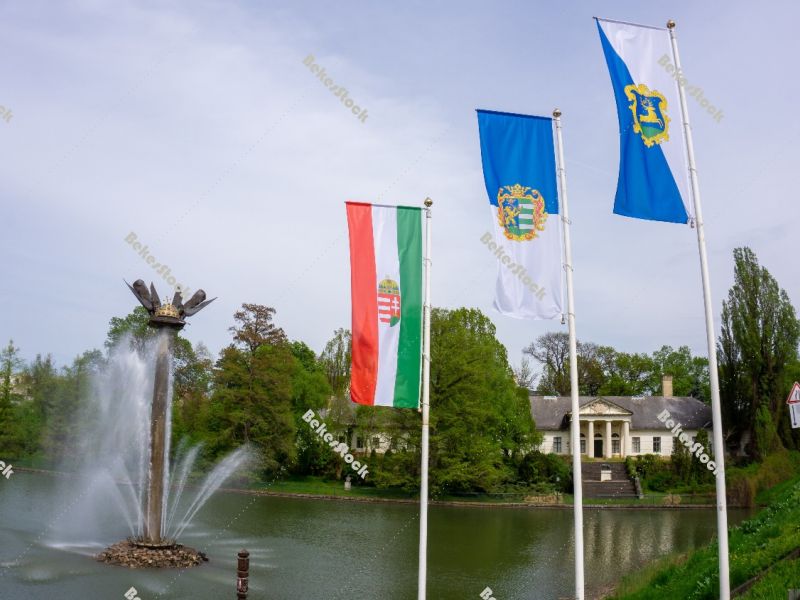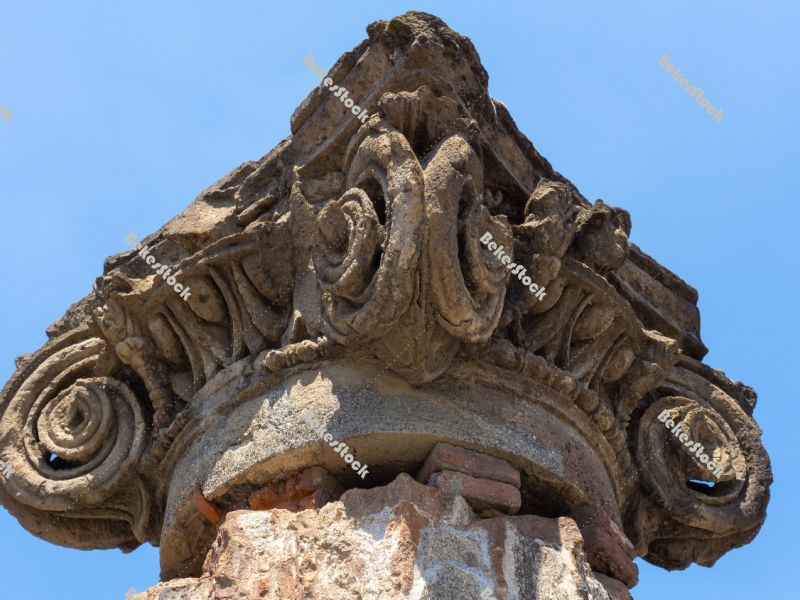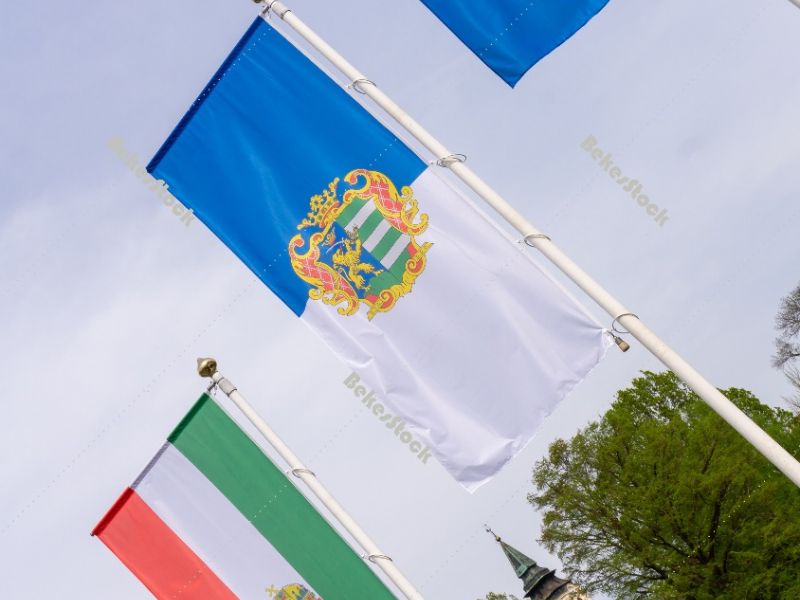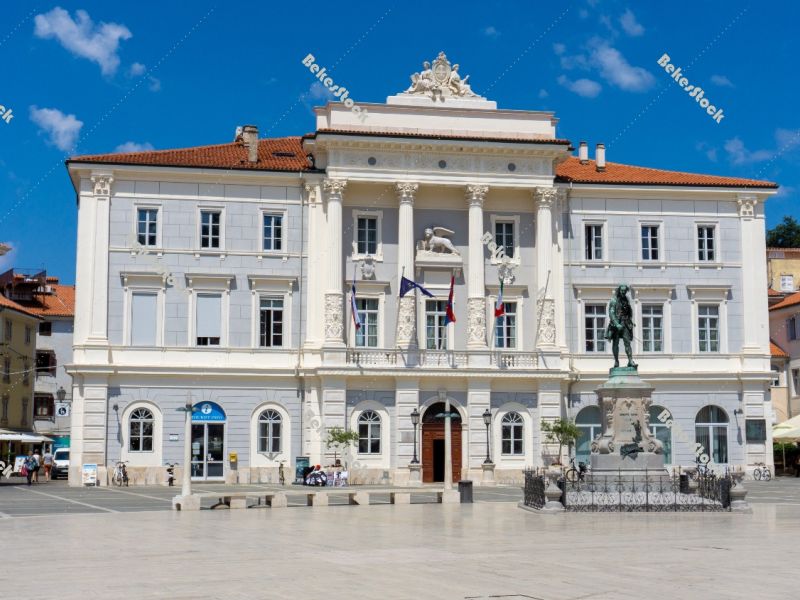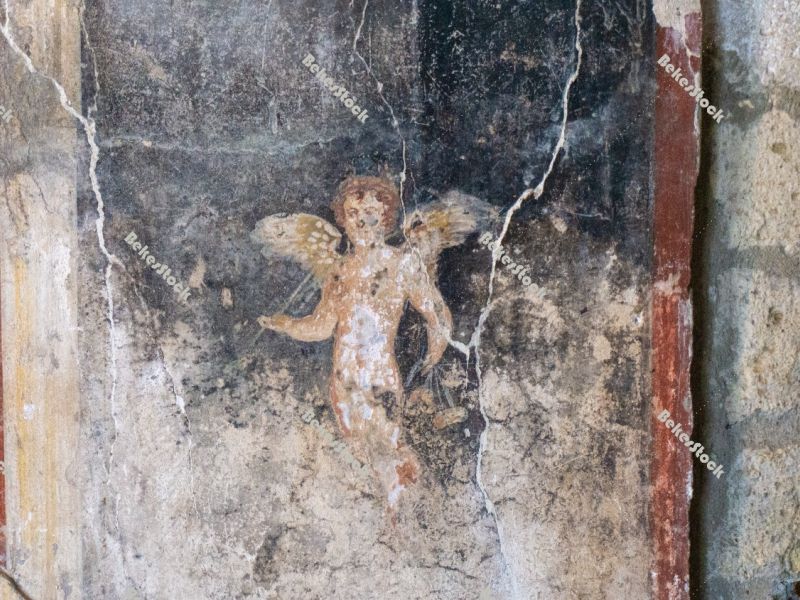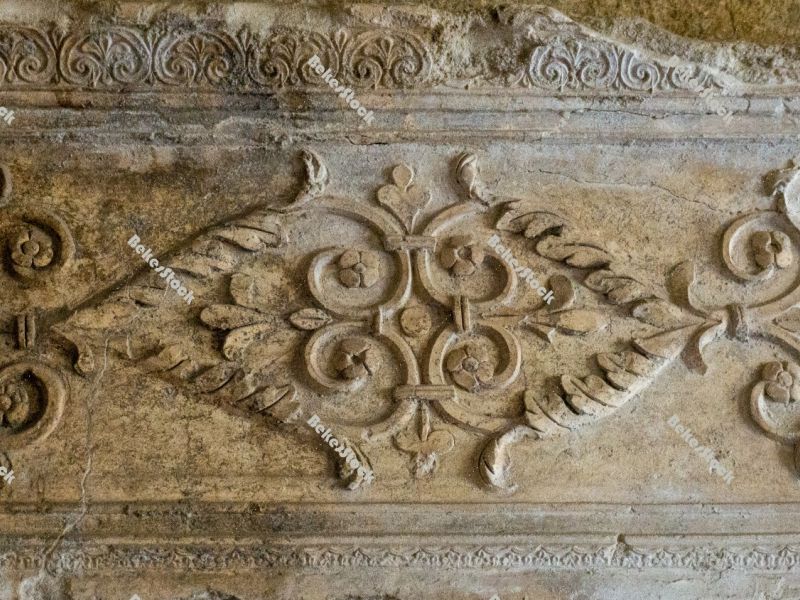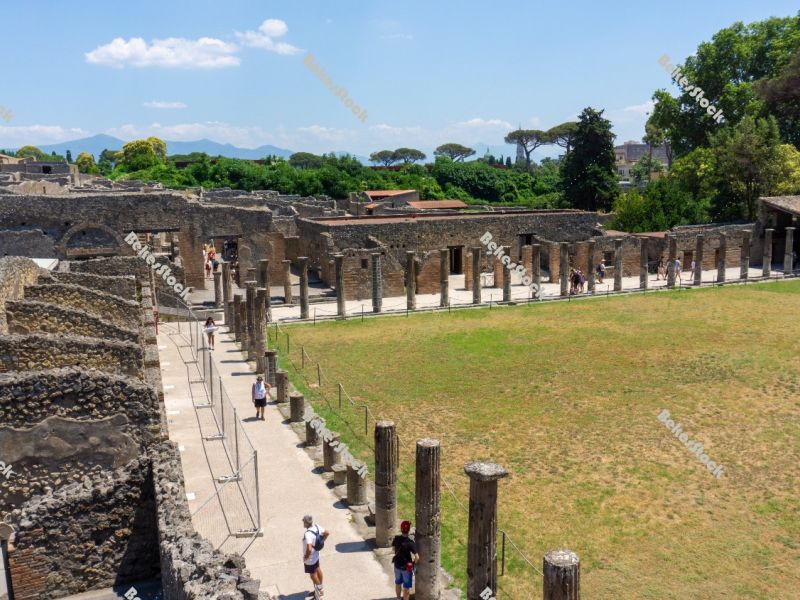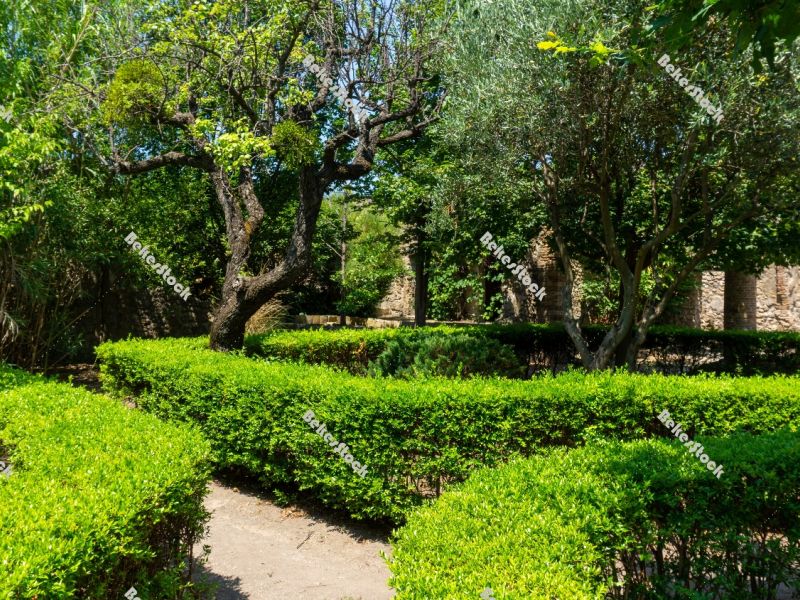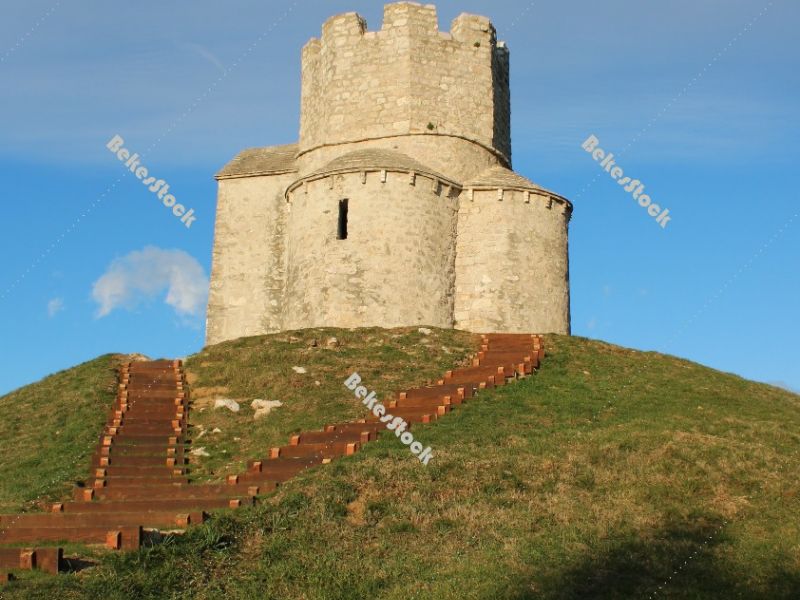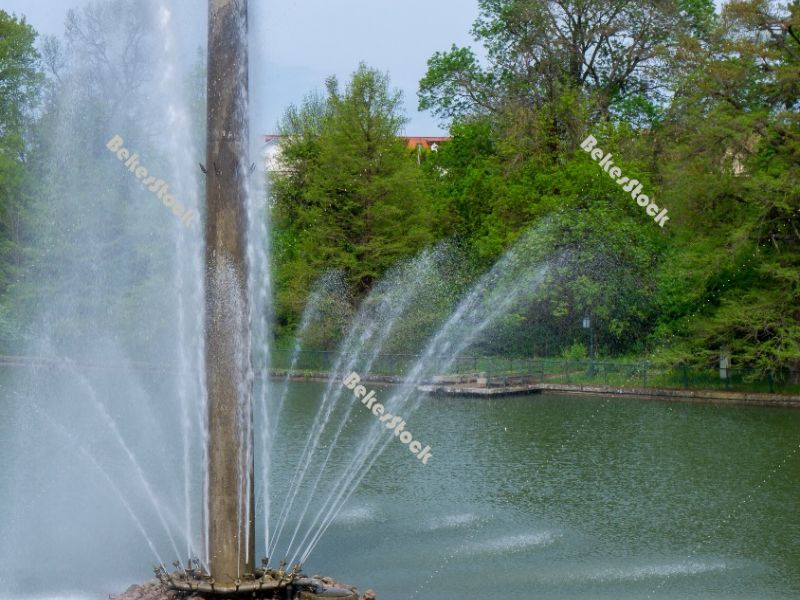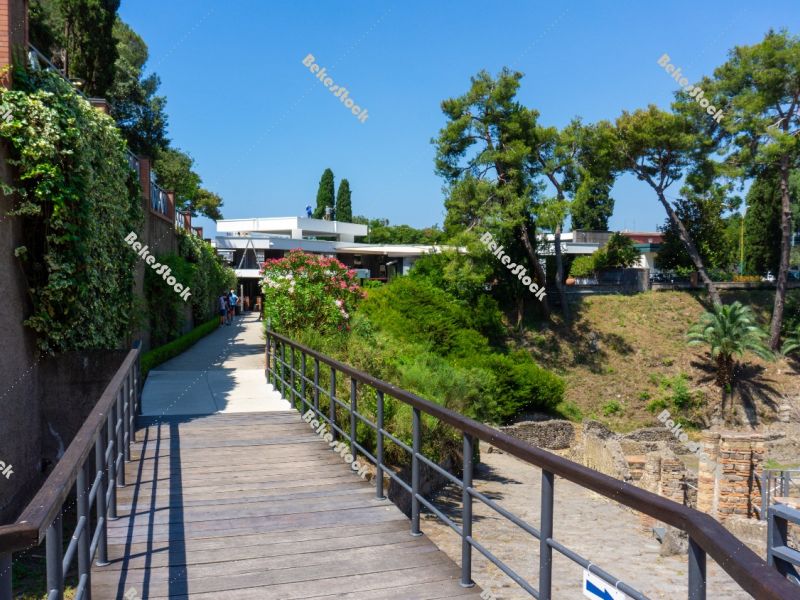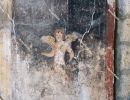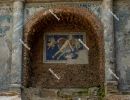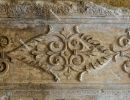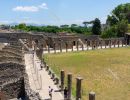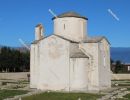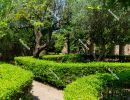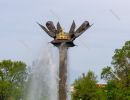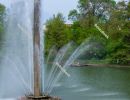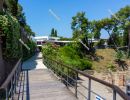Image Tags - historical
-
Millenium Memorial (`Milleniumi Emlékmű`) - Szarvas, Bekes Cou Millenium Memorial (`Milleniumi Emlékmű`) - Szarvas, Bekes Cou
Millenium Memorial (`Milleniumi Emlékmű`). It was inaugurated in 2000 which marks the millenial anniversary of the foundation of the State. The copper monument which stands on a robust metal column emerges from the River Körös and reaches up 10 metres. Szarvas, Bekes county (Bekes megye), Hungary, May 2021. @bekesstock @csabaprog
hungary csabaprog koros europe copper folyo water szarvastown tourism szarvas town cultural crown bekes county bekesstock millenium column bekes megye national attraction tree emlékmű river state view travel statue water fountain may bekes memorial fountains holt-körös tradition szarvas landscape 2021 exterior cloudy landmark spring foundation outdoor vacation körös jubilee honour garden famous canal historical plant nation fountain cloud holy crown history monument green holt anniversary szarvasvaros channel szarvasvárosMillenium Memorial (`Milleniumi Emlékmű`). It was inaugurated in 2000 which marks the millenial anniversary of the foundation of the State. The copper monument which stands on a robust metal column emerges from the River Körös and reaches up 10 metres. Szarvas, Bekes county (Bekes megye), Hungary, May 2021. @bekesstock @csabaprog
hungary csabaprog koros europe copper folyo water szarvastown tourism szarvas town cultural crown bekes county bekesstock millenium column bekes megye national attraction tree emlékmű river state view travel statue water fountain may bekes memorial fountains holt-körös tradition szarvas landscape 2021 exterior cloudy landmark spring foundation outdoor vacation körös jubilee honour garden famous canal historical plant nation fountain cloud holy crown history monument green holt anniversary szarvasvaros channel szarvasváros -
Large Theatre (`Teatro Grande`) in Pompeii. Pompei, Campania, It Large Theatre (`Teatro Grande`) in Pompeii. Pompei, Campania, It
Large Theatre (`Teatro Grande`) in Pompeii. The Large Theatre was built by exploiting the natural slope of the hill for the construction of the auditorium. The staircase was separated into three areas with corridors, which were in turn divided into five sectors, and was based on a passage with a barrel vault. The theatre was the first large public building completely freed from the deposits of the eruption. Pompeii was an ancient city located in what is now the comune of Pompei near Naples in the Campania region of Italy. Pompeii, along with Herculaneum and many villas in the surrounding area, was buried under 4 to 6 m of volcanic ash and pumice in the eruption of Mount Vesuvius in AD 79 (1st century). Pompei, Naples (Napoli), Campania, Italy, July 2020. @csabaprog
csabaprog decay city tourist panorama architectural sightseeing italian empire architecture paved teatro houses building vesuvius old landmark excavation vacation town eruption rome historical disaster construction 1st house history archaeology demolished sunny catastrophe historic volcano theatre roman journey trip vesuvio auditorium ruined destroyed scenary mount overlooked europe died ruins century mediterranean sky grande unesco ancient theater romanesque famous buried colorful excursion beautiful travel stone ash remains hill naples napoli tourism vesuvious archeological italyLarge Theatre (`Teatro Grande`) in Pompeii. The Large Theatre was built by exploiting the natural slope of the hill for the construction of the auditorium. The staircase was separated into three areas with corridors, which were in turn divided into five sectors, and was based on a passage with a barrel vault. The theatre was the first large public building completely freed from the deposits of the eruption. Pompeii was an ancient city located in what is now the comune of Pompei near Naples in the Campania region of Italy. Pompeii, along with Herculaneum and many villas in the surrounding area, was buried under 4 to 6 m of volcanic ash and pumice in the eruption of Mount Vesuvius in AD 79 (1st century). Pompei, Naples (Napoli), Campania, Italy, July 2020. @csabaprog
csabaprog decay city tourist panorama architectural sightseeing italian empire architecture paved teatro houses building vesuvius old landmark excavation vacation town eruption rome historical disaster construction 1st house history archaeology demolished sunny catastrophe historic volcano theatre roman journey trip vesuvio auditorium ruined destroyed scenary mount overlooked europe died ruins century mediterranean sky grande unesco ancient theater romanesque famous buried colorful excursion beautiful travel stone ash remains hill naples napoli tourism vesuvious archeological italy -
Detail of a graffiti in Pompeii. Pompei, Campania, Italy, July 2 Detail of a graffiti in Pompeii. Pompei, Campania, Italy, July 2
Detail of a graffiti in Pompeii. Caption 'CORNELIUM' (CORNELIUS). Pompeii was an ancient city located in what is now the comune of Pompei near Naples in the Campania region of Italy. Pompeii, along with Herculaneum and many villas in the surrounding area, was buried under 4 to 6 m of volcanic ash and pumice in the eruption of Mount Vesuvius in AD 79 (1st century). Pompei, Campania, Italy, July 2020. @csabaprog
csabaprog decay city tourist architectural sightseeing italian empire naples paved cornelium houses building vesuvius old landmark excavation caption town eruption rome historical disaster ruins 1st house history archaeology ancient catastrophe destroyed volcano roman journey trip vesuvio advertising cornelius scenary mount archeological architecture died europe century mediterranean demolished napoli vacation historic excursion romanesque famous buried unesco interior beautiful travel overlooked ash ruined graffiti remains stone tourism vesuvious detail italyDetail of a graffiti in Pompeii. Caption 'CORNELIUM' (CORNELIUS). Pompeii was an ancient city located in what is now the comune of Pompei near Naples in the Campania region of Italy. Pompeii, along with Herculaneum and many villas in the surrounding area, was buried under 4 to 6 m of volcanic ash and pumice in the eruption of Mount Vesuvius in AD 79 (1st century). Pompei, Campania, Italy, July 2020. @csabaprog
csabaprog decay city tourist architectural sightseeing italian empire naples paved cornelium houses building vesuvius old landmark excavation caption town eruption rome historical disaster ruins 1st house history archaeology ancient catastrophe destroyed volcano roman journey trip vesuvio advertising cornelius scenary mount archeological architecture died europe century mediterranean demolished napoli vacation historic excursion romanesque famous buried unesco interior beautiful travel overlooked ash ruined graffiti remains stone tourism vesuvious detail italy -
Cloister - QUADRIPORTICUS OF THE THEATRES OR GLADIATORS BARRACKS Cloister - QUADRIPORTICUS OF THE THEATRES OR GLADIATORS BARRACKS
Cloister - QUADRIPORTICUS OF THE THEATRES OR GLADIATORS BARRACKS in Pompeii. Behind the scene of the Large Theatre there is a large quadrangle surrounded by 74 Doric grey tuff columns of Nocera used as a foyer, an area where the spectators could stop during the intervals of the theatre shows. After the earthquake of 62 AD the building changed its function and became a barracks for gladiators, which resulted in certain parts of the building being reorganised. The most important rooms were those on the eastern side whereas the rooms upstairs may have been the apartments of the undertaker of the gladiators. Pompeii was an ancient city located in what is now the comune of Pompei near Naples in the Campania region of Italy. Pompeii, along with Herculaneum and many villas in the surrounding area, was buried under 4 to 6 m of volcanic ash and pumice in the eruption of Mount Vesuvius in AD 79 (1st century). Pompei, Naples (Napoli), Campania, Italy, July 2020. @csabaprog
ornament csabaprog decay gladiator city tourist architectural door sightseeing italian empire naples paved barrack teatro houses building vesuvius old landmark excavation vacation town eruption rome historical disaster ruins 1st house history archaeology ancient catastrophe destroyed volcano theatre doric roman journey trip vesuvio column tall ruined scenary mount died century mediterranean vesuvious architecture europe napoli romanesque famous buried unesco excursion beautiful travel remains ash overlooked stone colorful historic tourism demolished archeological italyCloister - QUADRIPORTICUS OF THE THEATRES OR GLADIATORS BARRACKS in Pompeii. Behind the scene of the Large Theatre there is a large quadrangle surrounded by 74 Doric grey tuff columns of Nocera used as a foyer, an area where the spectators could stop during the intervals of the theatre shows. After the earthquake of 62 AD the building changed its function and became a barracks for gladiators, which resulted in certain parts of the building being reorganised. The most important rooms were those on the eastern side whereas the rooms upstairs may have been the apartments of the undertaker of the gladiators. Pompeii was an ancient city located in what is now the comune of Pompei near Naples in the Campania region of Italy. Pompeii, along with Herculaneum and many villas in the surrounding area, was buried under 4 to 6 m of volcanic ash and pumice in the eruption of Mount Vesuvius in AD 79 (1st century). Pompei, Naples (Napoli), Campania, Italy, July 2020. @csabaprog
ornament csabaprog decay gladiator city tourist architectural door sightseeing italian empire naples paved barrack teatro houses building vesuvius old landmark excavation vacation town eruption rome historical disaster ruins 1st house history archaeology ancient catastrophe destroyed volcano theatre doric roman journey trip vesuvio column tall ruined scenary mount died century mediterranean vesuvious architecture europe napoli romanesque famous buried unesco excursion beautiful travel remains ash overlooked stone colorful historic tourism demolished archeological italy -
Museum of Ancient Glass (Muzej antičkog stakla u Zadru), Zadar, Museum of Ancient Glass (Muzej antičkog stakla u Zadru), Zadar,
Museum of Ancient Glass (Muzej antičkog stakla u Zadru). Housed in a restored 19th-century palace, the Museum of Ancient Glass (which faces the Jazine harbor, filled with expensive yachts) is home to one of the world's best collections of ancient Roman glass.
Museum of Ancient Glass (Muzej antičkog stakla u Zadru). Housed in a restored 19th-century palace, the Museum of Ancient Glass (which faces the Jazine harbor, filled with expensive yachts) is home to one of the world's best collections of ancient Roman glass.
-
GYMNASIUM OF THE IUVENES. The entrance of the Gymnasium is locat GYMNASIUM OF THE IUVENES. The entrance of the Gymnasium is locat
GYMNASIUM OF THE IUVENES (`PALESTRA DEGLI IUVENES`). The entrance of the Gymnasium is located in Vicolo della Regina. On the walls, the frescos portray athletes, wrestlers, a jumper with dumbbells, and the competition judge, known as the Ludi Magister, carrying a sash for the winner. This huge space was part of a thermal bath for men that dates back to the 1 st century A.D. and was located in a scenic area of the town with wonderful sea view. Pompeii was an ancient city located in what is now the comune of Pompei near Naples in the Campania region of Italy. Pompeii, along with Herculaneum and many villas in the surrounding area, was buried under 4 to 6 m of volcanic ash and pumice in the eruption of Mount Vesuvius in AD 79 (1st century). Pompei, Campania, Italy, July 2020. @csabaprog
csabaprog decay gods city tourist architectural sightseeing italian empire ash paved houses building vesuvius old landmark excavation villa vacation town eruption rome historical disaster ruins 1st house history archaeology demolished athletes historic bella volcano wrestlers roman destroyed journey misteri gymnasium vesuvio vesuvious europe vicolo ruined stone walls architecture scenary mount mysteries iuvenes died naples overlooked mediterranean catastrophe century ancient interior remains romanesque famous buried colorful excursion beautiful travel unesco decorated decoration symbol fresco trip tourism napoli archeological italyGYMNASIUM OF THE IUVENES (`PALESTRA DEGLI IUVENES`). The entrance of the Gymnasium is located in Vicolo della Regina. On the walls, the frescos portray athletes, wrestlers, a jumper with dumbbells, and the competition judge, known as the Ludi Magister, carrying a sash for the winner. This huge space was part of a thermal bath for men that dates back to the 1 st century A.D. and was located in a scenic area of the town with wonderful sea view. Pompeii was an ancient city located in what is now the comune of Pompei near Naples in the Campania region of Italy. Pompeii, along with Herculaneum and many villas in the surrounding area, was buried under 4 to 6 m of volcanic ash and pumice in the eruption of Mount Vesuvius in AD 79 (1st century). Pompei, Campania, Italy, July 2020. @csabaprog
csabaprog decay gods city tourist architectural sightseeing italian empire ash paved houses building vesuvius old landmark excavation villa vacation town eruption rome historical disaster ruins 1st house history archaeology demolished athletes historic bella volcano wrestlers roman destroyed journey misteri gymnasium vesuvio vesuvious europe vicolo ruined stone walls architecture scenary mount mysteries iuvenes died naples overlooked mediterranean catastrophe century ancient interior remains romanesque famous buried colorful excursion beautiful travel unesco decorated decoration symbol fresco trip tourism napoli archeological italy -
The Church of the Holy Cross - Nin The Church of the Holy Cross - Nin
The Church of the Holy Cross dating from the 9th century - Nin Town, Croatia, December 2019. @csabaprog
croatia horvatorszag 11th 9th adria architecture attraction background beautiful blue building castle century church clouds crkva crkvasvkriza cross culture dalmatia dating december europe gathering historic historical holy kings kriza monument nin old outdoor power royalpower seven sightseeing sky stone svetog tourism tower town travel view winter csabaprogThe Church of the Holy Cross dating from the 9th century - Nin Town, Croatia, December 2019. @csabaprog
croatia horvatorszag 11th 9th adria architecture attraction background beautiful blue building castle century church clouds crkva crkvasvkriza cross culture dalmatia dating december europe gathering historic historical holy kings kriza monument nin old outdoor power royalpower seven sightseeing sky stone svetog tourism tower town travel view winter csabaprog -
QUADRIPORTICUS OF THE THEATRES OR GLADIATORS BARRACKS in Pompeii QUADRIPORTICUS OF THE THEATRES OR GLADIATORS BARRACKS in Pompeii
QUADRIPORTICUS OF THE THEATRES OR GLADIATORS BARRACKS in Pompeii. Behind the scene of the Large Theatre there is a large quadrangle surrounded by 74 Doric grey tuff columns of Nocera used as a foyer, an area where the spectators could stop during the intervals of the theatre shows. After the earthquake of 62 AD the building changed its function and became a barracks for gladiators, which resulted in certain parts of the building being reorganised. The most important rooms were those on the eastern side whereas the rooms upstairs may have been the apartments of the undertaker of the gladiators. Pompeii was an ancient city located in what is now the comune of Pompei near Naples in the Campania region of Italy. Pompeii, along with Herculaneum and many villas in the surrounding area, was buried under 4 to 6 m of volcanic ash and pumice in the eruption of Mount Vesuvius in AD 79 (1st century). Pompei, Naples (Napoli), Campania, Italy, July 2020. @csabaprog
ornament csabaprog decay gladiator city tourist architectural door sightseeing italian empire naples paved barrack teatro houses building vesuvius old landmark excavation vacation town eruption rome historical disaster ruins 1st house history archaeology ancient catastrophe destroyed volcano theatre doric roman journey trip vesuvio column tall ruined scenary mount died century mediterranean vesuvious architecture europe napoli romanesque famous buried unesco excursion beautiful travel remains ash overlooked stone colorful historic tourism demolished archeological italyQUADRIPORTICUS OF THE THEATRES OR GLADIATORS BARRACKS in Pompeii. Behind the scene of the Large Theatre there is a large quadrangle surrounded by 74 Doric grey tuff columns of Nocera used as a foyer, an area where the spectators could stop during the intervals of the theatre shows. After the earthquake of 62 AD the building changed its function and became a barracks for gladiators, which resulted in certain parts of the building being reorganised. The most important rooms were those on the eastern side whereas the rooms upstairs may have been the apartments of the undertaker of the gladiators. Pompeii was an ancient city located in what is now the comune of Pompei near Naples in the Campania region of Italy. Pompeii, along with Herculaneum and many villas in the surrounding area, was buried under 4 to 6 m of volcanic ash and pumice in the eruption of Mount Vesuvius in AD 79 (1st century). Pompei, Naples (Napoli), Campania, Italy, July 2020. @csabaprog
ornament csabaprog decay gladiator city tourist architectural door sightseeing italian empire naples paved barrack teatro houses building vesuvius old landmark excavation vacation town eruption rome historical disaster ruins 1st house history archaeology ancient catastrophe destroyed volcano theatre doric roman journey trip vesuvio column tall ruined scenary mount died century mediterranean vesuvious architecture europe napoli romanesque famous buried unesco excursion beautiful travel remains ash overlooked stone colorful historic tourism demolished archeological italy -
Ancient Roman column capital (head) with blue sky in the backgro Ancient Roman column capital (head) with blue sky in the backgro
Ancient Roman column capital (head) with blue sky in the background in Pompeii. Pompeii was an ancient city located in what is now the comune of Pompei near Naples in the Campania region of Italy. Pompeii, along with Herculaneum and many villas in the surrounding area, was buried under 4 to 6 m of volcanic ash and pumice in the eruption of Mount Vesuvius in AD 79 (1st century). Pompei, Naples (Napoli), Campania, Italy, July 2020. @csabaprog
csabaprog decay city tourist architectural sightseeing italian empire sky paved vesuvious landscape vesuvius old landmark excavation vacation town eruption rome historical disaster ruins 1st house history archaeology demolished sunny patron catastrophe destroyed volcano roman journey trip vesuvio column stone houses scenary mount building europe died ruined century mediterranean ash ancient architecture capital naples romanesque famous buried remains excursion beautiful travel blue overlooked unesco historic park napoli tourism symbol archeological italyAncient Roman column capital (head) with blue sky in the background in Pompeii. Pompeii was an ancient city located in what is now the comune of Pompei near Naples in the Campania region of Italy. Pompeii, along with Herculaneum and many villas in the surrounding area, was buried under 4 to 6 m of volcanic ash and pumice in the eruption of Mount Vesuvius in AD 79 (1st century). Pompei, Naples (Napoli), Campania, Italy, July 2020. @csabaprog
csabaprog decay city tourist architectural sightseeing italian empire sky paved vesuvious landscape vesuvius old landmark excavation vacation town eruption rome historical disaster ruins 1st house history archaeology demolished sunny patron catastrophe destroyed volcano roman journey trip vesuvio column stone houses scenary mount building europe died ruined century mediterranean ash ancient architecture capital naples romanesque famous buried remains excursion beautiful travel blue overlooked unesco historic park napoli tourism symbol archeological italy -
Tartini Monument, Piran, Obalno-kraska, Slovenia, June 2020 Tartini Monument, Piran, Obalno-kraska, Slovenia, June 2020
Tartini Monument - Giuseppe Tartini L`Istria. In 1892, upon the 200th anniversary of the birth of the composer, the people of Piran wanted to erect a monument to honour his memory, but due to the works being protracted, Piran had to wait until 1896 for the larger-than-life bronze statue of the virtuoso to finally be mounted on a high pedestal. The statue is the work of the Venetian sculptor Antonio dal Zotto. Tartini Central Square (`Tartinijev trg`), Portoroz, Piran, Obalno-kraska, Slovenia, June 2020. @csabaprog
central csabaprog violin bronze venetian musician balkan city tartini 2020 obalno-kraska portorose adriatic portoroz piran virtuoso 1892 europe adria performer tourism summer monument mediterranean pirano town 200th 1896 outdoor vacation house roses blue instrumentalist exterior slovenia historical sky statue travel tartinijev giuseppe square sunny june honour anniversary coast l`istriaTartini Monument - Giuseppe Tartini L`Istria. In 1892, upon the 200th anniversary of the birth of the composer, the people of Piran wanted to erect a monument to honour his memory, but due to the works being protracted, Piran had to wait until 1896 for the larger-than-life bronze statue of the virtuoso to finally be mounted on a high pedestal. The statue is the work of the Venetian sculptor Antonio dal Zotto. Tartini Central Square (`Tartinijev trg`), Portoroz, Piran, Obalno-kraska, Slovenia, June 2020. @csabaprog
central csabaprog violin bronze venetian musician balkan city tartini 2020 obalno-kraska portorose adriatic portoroz piran virtuoso 1892 europe adria performer tourism summer monument mediterranean pirano town 200th 1896 outdoor vacation house roses blue instrumentalist exterior slovenia historical sky statue travel tartinijev giuseppe square sunny june honour anniversary coast l`istria -
Sámuel Tessedik Museum (`Tessedik Sámuel Múzeum`). Szarvas, B Sámuel Tessedik Museum (`Tessedik Sámuel Múzeum`). Szarvas, B
Sámuel Tessedik Museum (`Tessedik Sámuel Múzeum`). The aim of the founding of the Tessedik Sámuel Museum is to present the local historical and cultural heritage, to preserve and nurture the archeological, historical, ethnographic and local historical values of Szarvas and its surroundings, and to present these values as widely as possible. Szarvas, Bekes county (Bekes megye), Hungary, May 2021. @bekesstock @csabaprog
hungary muzeum csabaprog szarvastown cultural bekes county bekesstock bekes megye 18th museum archaeological may bekes view present exhibition landscape 2021 tradition tessedik landmark century tourism outdoor vacation gallery town spring famous exterior tessedik sámuel historical house szarvas travel building 1791 history heritage szarvas town etnographic europe szarvasvaros renovated szarvasvárosSámuel Tessedik Museum (`Tessedik Sámuel Múzeum`). The aim of the founding of the Tessedik Sámuel Museum is to present the local historical and cultural heritage, to preserve and nurture the archeological, historical, ethnographic and local historical values of Szarvas and its surroundings, and to present these values as widely as possible. Szarvas, Bekes county (Bekes megye), Hungary, May 2021. @bekesstock @csabaprog
hungary muzeum csabaprog szarvastown cultural bekes county bekesstock bekes megye 18th museum archaeological may bekes view present exhibition landscape 2021 tradition tessedik landmark century tourism outdoor vacation gallery town spring famous exterior tessedik sámuel historical house szarvas travel building 1791 history heritage szarvas town etnographic europe szarvasvaros renovated szarvasváros -
Ancient tavern (Thermopolium) in Pompeii. Pompei, Campania, Ital Ancient tavern (Thermopolium) in Pompeii. Pompei, Campania, Ital
Ancient tavern (Thermopolium) in Pompeii. Table, ovens, kitchen with old food serving counter. Distinctive masonry counter in the interior of ruined Roman shop. Pompeii was an ancient city located in what is now the comune of Pompei near Naples in the Campania region of Italy. Pompeii, along with Herculaneum and many villas in the surrounding area, was buried under 4 to 6 m of volcanic ash and pumice in the eruption of Mount Vesuvius in AD 79 (1st century). Pompei, Campania, Italy, July 2020. @csabaprog
csabaprog decay city tourist architectural tavern sightseeing italian empire naples paved houses building vesuvius old landmark excavation vacation town eruption rome historical disaster oven 1st house history archaeology kitchen ancient catastrophe destroyed table volcano roman journey trip vesuvio ovens ruined scenary mount overlooked died architecture century mediterranean europe napoli demolished historic excursion romanesque famous buried remains interior beautiful travel ash ruins stone unesco thermopolium food tourism vesuvious archeological italyAncient tavern (Thermopolium) in Pompeii. Table, ovens, kitchen with old food serving counter. Distinctive masonry counter in the interior of ruined Roman shop. Pompeii was an ancient city located in what is now the comune of Pompei near Naples in the Campania region of Italy. Pompeii, along with Herculaneum and many villas in the surrounding area, was buried under 4 to 6 m of volcanic ash and pumice in the eruption of Mount Vesuvius in AD 79 (1st century). Pompei, Campania, Italy, July 2020. @csabaprog
csabaprog decay city tourist architectural tavern sightseeing italian empire naples paved houses building vesuvius old landmark excavation vacation town eruption rome historical disaster oven 1st house history archaeology kitchen ancient catastrophe destroyed table volcano roman journey trip vesuvio ovens ruined scenary mount overlooked died architecture century mediterranean europe napoli demolished historic excursion romanesque famous buried remains interior beautiful travel ash ruins stone unesco thermopolium food tourism vesuvious archeological italy -
Bolza Castle (`Bolza-kastély`). Szarvas, Bekes County, Hungary Bolza Castle (`Bolza-kastély`). Szarvas, Bekes County, Hungary
Bolza Castle (`Bolza-kastély`). The Bolza family was of Italian origin and settled in Hungary in the 18th century through marriage. Over the years they assimilated and became highly respected by the citizens of Szarvas. As a matter of fact, the Bolza family left behind a rich legacy, the most spectacular of which is the Bolza Castle. At the bottom of the stairs – as a remainder of the family’s Italian origin – Pál Bolza erected a replica of the wolf statue of Romulus and Remus, the legendary founders of Rome. Szarvas, Bekes county (Bekes megye), Hungary, May 2021. @bekesstock @csabaprog
hungary spring szarvastown cultural wolf bekes county bekesstock stairs szarvas italian mansion remus may bekes bekes megye view castle tradition szarvas town landscape 2021 tourism replica landmark building csabaprog outdoor vacation exterior town romulus rome famous bolza pál historical citizen palace travel statue house history citizens family bolza europe szarvasvaros renovated szarvasvárosBolza Castle (`Bolza-kastély`). The Bolza family was of Italian origin and settled in Hungary in the 18th century through marriage. Over the years they assimilated and became highly respected by the citizens of Szarvas. As a matter of fact, the Bolza family left behind a rich legacy, the most spectacular of which is the Bolza Castle. At the bottom of the stairs – as a remainder of the family’s Italian origin – Pál Bolza erected a replica of the wolf statue of Romulus and Remus, the legendary founders of Rome. Szarvas, Bekes county (Bekes megye), Hungary, May 2021. @bekesstock @csabaprog
hungary spring szarvastown cultural wolf bekes county bekesstock stairs szarvas italian mansion remus may bekes bekes megye view castle tradition szarvas town landscape 2021 tourism replica landmark building csabaprog outdoor vacation exterior town romulus rome famous bolza pál historical citizen palace travel statue house history citizens family bolza europe szarvasvaros renovated szarvasváros -
Guests are sitting on the terrace of the cafe, Piran, Obalno-kra Guests are sitting on the terrace of the cafe, Piran, Obalno-kra
Guests sit on the terrace of the café in Piran on Tartini Central Square ('Tartinijev trg'). In the background is the Town Hall building. At the end of the 13th century, the Venetians built the Town Hall building outside the town walls as they existed at that time. It was constructed in the Roman-Gothic style with a façade full of immured coats of arms and inscriptions. At the end of the 19th century, the new Town Hall was built on Tartini Square. Portoroz, Piran, Obalno-kraska, Slovenia, June 2020. @csabaprog
central csabaprog women 13th balkan city tartini 2020 obalno-kraska dame religious adriatic june caffe cafe terrace adria tourism portoroz building europe portorose missis lady century mediterranean outdoor vacation piran roses new guests exterior blue historical slovenia sky travel tartinijev house square sunny town mrs coast summer 15thGuests sit on the terrace of the café in Piran on Tartini Central Square ('Tartinijev trg'). In the background is the Town Hall building. At the end of the 13th century, the Venetians built the Town Hall building outside the town walls as they existed at that time. It was constructed in the Roman-Gothic style with a façade full of immured coats of arms and inscriptions. At the end of the 19th century, the new Town Hall was built on Tartini Square. Portoroz, Piran, Obalno-kraska, Slovenia, June 2020. @csabaprog
central csabaprog women 13th balkan city tartini 2020 obalno-kraska dame religious adriatic june caffe cafe terrace adria tourism portoroz building europe portorose missis lady century mediterranean outdoor vacation piran roses new guests exterior blue historical slovenia sky travel tartinijev house square sunny town mrs coast summer 15th -
The flag of Hungary, the flag of Békés county and the flag of The flag of Hungary, the flag of Békés county and the flag of
The flag of Hungary, the flag of Békés county and the flag of Szarvas city on the bank of the 'Holt-Körös' river in Szarvas. The Millennium Monument and Bolza Castle in the background. Szarvas, Bekes county (Bekes megye), Hungary, May 2021. @bekesstock @csabaprog
hungary szarvas town national colours waving bekes county bekesstock copper national holt state bekes tradition landscape 2021 landmark foundation vacation patriotic canal historical nation cloud history green anniversary wind spring koros banner folyo water monument cultural bekes megye emlékmű tree flags wave column may view cloudy csabaprog memorial tourism outdoor falg körös szarvastown famous garden exterior river attraction honour statue travel plant holt-körös symbol colors channel millenium europe szarvasvaros szarvas szarvasvárosThe flag of Hungary, the flag of Békés county and the flag of Szarvas city on the bank of the 'Holt-Körös' river in Szarvas. The Millennium Monument and Bolza Castle in the background. Szarvas, Bekes county (Bekes megye), Hungary, May 2021. @bekesstock @csabaprog
hungary szarvas town national colours waving bekes county bekesstock copper national holt state bekes tradition landscape 2021 landmark foundation vacation patriotic canal historical nation cloud history green anniversary wind spring koros banner folyo water monument cultural bekes megye emlékmű tree flags wave column may view cloudy csabaprog memorial tourism outdoor falg körös szarvastown famous garden exterior river attraction honour statue travel plant holt-körös symbol colors channel millenium europe szarvasvaros szarvas szarvasváros -
Bronze statue of Daedalus (`Dedalo`) on the terrace of the Sanct Bronze statue of Daedalus (`Dedalo`) on the terrace of the Sanct
Bronze statue of Daedalus (`Dedalo`) on the terrace of the Sanctuary of Venus in Pompeii. Ancient ruins in the foreground, mountains and a blue sky in the background. Venus was the patron goddess of Pompeii, to whom the colony was named upon conclusion (80 BC). Pompeii was an ancient city located in what is now the comune of Pompei near Naples in the Campania region of Italy. Pompeii, along with Herculaneum and many villas in the surrounding area, was buried under 4 to 6 m of volcanic ash and pumice in the eruption of Mount Vesuvius in AD 79 (1st century). Pompei, Naples (Napoli), Campania, Italy, July 2020. @csabaprog
csabaprog decay venus city tourist architectural sightseeing italian empire sky paved daedalus houses landscape vesuvius old landmark excavation vacation town eruption rome historical disaster ruins 1st house history archaeology demolished sunny patron catastrophe historic bronze volcano roman journey trip vesuvio destroyed vesuvious europe napoli ruined stone architecture scenary mount century ash died colorful overlooked mediterranean symbol beautiful blue ancient unesco religion famous buried remains excursion statue travel romanesque mountains walls naples park sanctuary tourism building archeological italyBronze statue of Daedalus (`Dedalo`) on the terrace of the Sanctuary of Venus in Pompeii. Ancient ruins in the foreground, mountains and a blue sky in the background. Venus was the patron goddess of Pompeii, to whom the colony was named upon conclusion (80 BC). Pompeii was an ancient city located in what is now the comune of Pompei near Naples in the Campania region of Italy. Pompeii, along with Herculaneum and many villas in the surrounding area, was buried under 4 to 6 m of volcanic ash and pumice in the eruption of Mount Vesuvius in AD 79 (1st century). Pompei, Naples (Napoli), Campania, Italy, July 2020. @csabaprog
csabaprog decay venus city tourist architectural sightseeing italian empire sky paved daedalus houses landscape vesuvius old landmark excavation vacation town eruption rome historical disaster ruins 1st house history archaeology demolished sunny patron catastrophe historic bronze volcano roman journey trip vesuvio destroyed vesuvious europe napoli ruined stone architecture scenary mount century ash died colorful overlooked mediterranean symbol beautiful blue ancient unesco religion famous buried remains excursion statue travel romanesque mountains walls naples park sanctuary tourism building archeological italy -
Statue of Tessedik (`Tessedik szobor`). Szarvas, Bekes County, H Statue of Tessedik (`Tessedik szobor`). Szarvas, Bekes County, H
Statue of Tessedik (`Tessedik szobor`). Samuel Tessedik (1742-1820) lived in Szarvas from 1767 until his death. In 1780 he founded the first economic school in Europe, where he taught theoretical and practical knowledge to peasant children. Szarvas, Bekes county (Bekes megye), Hungary, May 2021. @bekesstock @csabaprog
hungary csabaprog nature szarvastown city tourist bekes county bekesstock bekes megye national attraction tree outdoors may bekes view garland 2021 landmark honour pastor tourism vacation monument szarvas town spring culture famous nation arts travel statue jubilee szarvas wreath history historical stone school anniversary szarvasvaros europe szarvasvárosStatue of Tessedik (`Tessedik szobor`). Samuel Tessedik (1742-1820) lived in Szarvas from 1767 until his death. In 1780 he founded the first economic school in Europe, where he taught theoretical and practical knowledge to peasant children. Szarvas, Bekes county (Bekes megye), Hungary, May 2021. @bekesstock @csabaprog
hungary csabaprog nature szarvastown city tourist bekes county bekesstock bekes megye national attraction tree outdoors may bekes view garland 2021 landmark honour pastor tourism vacation monument szarvas town spring culture famous nation arts travel statue jubilee szarvas wreath history historical stone school anniversary szarvasvaros europe szarvasváros -
SMALL THEATRE – ODEON in Pompeii. Pompei, Campania, Italy, Jul SMALL THEATRE – ODEON in Pompeii. Pompei, Campania, Italy, Jul
SMALL THEATRE – ODEON in Pompeii. The Odeon or theatrum tectum as it was called by the Romans, was built during the early years of the colony (79 BC), as evidenced by an inscription, as requested by two local magistrates, Marcus Porcius and Caius Quinctius Valgus who also requested the construction of the amphitheatre. This building was dedicated to the representation of the most popular theatrical genre at the time, miming, and could also be used for musical and singing performances. Pompeii was an ancient city located in what is now the comune of Pompei near Naples in the Campania region of Italy. Pompeii, along with Herculaneum and many villas in the surrounding area, was buried under 4 to 6 m of volcanic ash and pumice in the eruption of Mount Vesuvius in AD 79 (1st century). Pompei, Naples (Napoli), Campania, Italy, July 2020. @csabaprog
ornament csabaprog decay gladiator city tourist architectural door sightseeing italian empire naples paved barrack teatro houses building vesuvius old landmark excavation vacation town eruption rome historical disaster ruins 1st house history archaeology ancient catastrophe historic volcano theatre doric roman journey trip vesuvio column tall ruined scenary mount theater died architecture century mediterranean europe overlooked ash stone unesco romanesque famous buried colorful excursion beautiful travel napoli theatrum tectum remains odeon demolished destroyed tourism vesuvious archeological italySMALL THEATRE – ODEON in Pompeii. The Odeon or theatrum tectum as it was called by the Romans, was built during the early years of the colony (79 BC), as evidenced by an inscription, as requested by two local magistrates, Marcus Porcius and Caius Quinctius Valgus who also requested the construction of the amphitheatre. This building was dedicated to the representation of the most popular theatrical genre at the time, miming, and could also be used for musical and singing performances. Pompeii was an ancient city located in what is now the comune of Pompei near Naples in the Campania region of Italy. Pompeii, along with Herculaneum and many villas in the surrounding area, was buried under 4 to 6 m of volcanic ash and pumice in the eruption of Mount Vesuvius in AD 79 (1st century). Pompei, Naples (Napoli), Campania, Italy, July 2020. @csabaprog
ornament csabaprog decay gladiator city tourist architectural door sightseeing italian empire naples paved barrack teatro houses building vesuvius old landmark excavation vacation town eruption rome historical disaster ruins 1st house history archaeology ancient catastrophe historic volcano theatre doric roman journey trip vesuvio column tall ruined scenary mount theater died architecture century mediterranean europe overlooked ash stone unesco romanesque famous buried colorful excursion beautiful travel napoli theatrum tectum remains odeon demolished destroyed tourism vesuvious archeological italy -
ST. NICHOLAS CHURCH - Nin ST. NICHOLAS CHURCH - Nin
Church of St. Nicholas dating from the 11th-12th century - Nin Town, Croatia, December 2019. @csabaprog
Church of St. Nicholas dating from the 11th-12th century - Nin Town, Croatia, December 2019. @csabaprog
-
Piran Town Hall, 'Mestna hisa', Piran, Obalno-kraska, Slovenia, Piran Town Hall, 'Mestna hisa', Piran, Obalno-kraska, Slovenia,
Piran Town Hall, 'Mestna hisa'. At the end of the 13th century, the Venetians built the Town Hall building outside the town walls as they existed at that time. It was constructed in the Roman-Gothic style with a façade full of immured coats of arms and inscriptions. At the end of the 19th century, the new Town Hall was built on Tartini Square ('Tartinijev trg'). Portoroz, Piran, Obalno-kraska, Slovenia, June 2020. @csabaprog
central csabaprog 13th balkan city tartini 2020 obalno-kraska portorose adriatic june mestnahisa caffe cafe terrace adria building tourism century europe hisa mediterranean outdoor vacation guests roses town mestna exterior blue historical piran portoroz travel tartinijev house square summer sunny slovenia coast sky 15thPiran Town Hall, 'Mestna hisa'. At the end of the 13th century, the Venetians built the Town Hall building outside the town walls as they existed at that time. It was constructed in the Roman-Gothic style with a façade full of immured coats of arms and inscriptions. At the end of the 19th century, the new Town Hall was built on Tartini Square ('Tartinijev trg'). Portoroz, Piran, Obalno-kraska, Slovenia, June 2020. @csabaprog
central csabaprog 13th balkan city tartini 2020 obalno-kraska portorose adriatic june mestnahisa caffe cafe terrace adria building tourism century europe hisa mediterranean outdoor vacation guests roses town mestna exterior blue historical piran portoroz travel tartinijev house square summer sunny slovenia coast sky 15th -
Cloister - QUADRIPORTICUS OF THE THEATRES OR GLADIATORS BARRACKS Cloister - QUADRIPORTICUS OF THE THEATRES OR GLADIATORS BARRACKS
Cloister - QUADRIPORTICUS OF THE THEATRES OR GLADIATORS BARRACKS in Pompeii. A lady looks through a closed door. Behind the scene of the Large Theatre there is a large quadrangle surrounded by 74 Doric grey tuff columns of Nocera used as a foyer, an area where the spectators could stop during the intervals of the theatre shows. After the earthquake of 62 AD the building changed its function and became a barracks for gladiators, which resulted in certain parts of the building being reorganised. The most important rooms were those on the eastern side whereas the rooms upstairs may have been the apartments of the undertaker of the gladiators. Pompeii was an ancient city located in what is now the comune of Pompei near Naples in the Campania region of Italy. Pompeii, along with Herculaneum and many villas in the surrounding area, was buried under 4 to 6 m of volcanic ash and pumice in the eruption of Mount Vesuvius in AD 79 (1st century). Pompei, Naples (Napoli), Campania, Italy, July 2020. @csabaprog
ornament csabaprog decay gladiator city tourist lady architectural door sightseeing italian empire naples paved barrack teatro houses building vesuvius old landmark excavation vacation town eruption rome historical disaster ruins 1st house history archaeology ancient catastrophe historic volcano theatre doric roman looks journey trip vesuvio column tall ruined scenary mount died century mediterranean vesuvious architecture europe napoli unesco romanesque famous buried colorful excursion beautiful travel ash overlooked stone destroyed remains demolished tourism woman archeological italyCloister - QUADRIPORTICUS OF THE THEATRES OR GLADIATORS BARRACKS in Pompeii. A lady looks through a closed door. Behind the scene of the Large Theatre there is a large quadrangle surrounded by 74 Doric grey tuff columns of Nocera used as a foyer, an area where the spectators could stop during the intervals of the theatre shows. After the earthquake of 62 AD the building changed its function and became a barracks for gladiators, which resulted in certain parts of the building being reorganised. The most important rooms were those on the eastern side whereas the rooms upstairs may have been the apartments of the undertaker of the gladiators. Pompeii was an ancient city located in what is now the comune of Pompei near Naples in the Campania region of Italy. Pompeii, along with Herculaneum and many villas in the surrounding area, was buried under 4 to 6 m of volcanic ash and pumice in the eruption of Mount Vesuvius in AD 79 (1st century). Pompei, Naples (Napoli), Campania, Italy, July 2020. @csabaprog
ornament csabaprog decay gladiator city tourist lady architectural door sightseeing italian empire naples paved barrack teatro houses building vesuvius old landmark excavation vacation town eruption rome historical disaster ruins 1st house history archaeology ancient catastrophe historic volcano theatre doric roman looks journey trip vesuvio column tall ruined scenary mount died century mediterranean vesuvious architecture europe napoli unesco romanesque famous buried colorful excursion beautiful travel ash overlooked stone destroyed remains demolished tourism woman archeological italy -
Closed wooden entrance door, Piran, Obalno-kraska, Slovenia, Jun Closed wooden entrance door, Piran, Obalno-kraska, Slovenia, Jun
Closed old-fashioned wooden front door. The brown door has a heavy metal handle and iron grilles. There is a huge vase on the natural stone stairs, the wall is decorated with yellow paint, Portoroz, Piran, Obalno-kraska, Slovenia, June 2020. @csabaprog @bekesstock
csabaprog natural railing balkan city lock brown bekesstock tourism portorose adriatic tile june closed coast heavy vase door piran 2020 antique yellow summer metal stone adria flowerpot fashioned building entrance latch old grille vintage mediterranean outdoor rural portoroz town roses exterior paint slovenia historical massive vacation travel pot house doors handle obalno-kraska wooden europe rustic detailClosed old-fashioned wooden front door. The brown door has a heavy metal handle and iron grilles. There is a huge vase on the natural stone stairs, the wall is decorated with yellow paint, Portoroz, Piran, Obalno-kraska, Slovenia, June 2020. @csabaprog @bekesstock
csabaprog natural railing balkan city lock brown bekesstock tourism portorose adriatic tile june closed coast heavy vase door piran 2020 antique yellow summer metal stone adria flowerpot fashioned building entrance latch old grille vintage mediterranean outdoor rural portoroz town roses exterior paint slovenia historical massive vacation travel pot house doors handle obalno-kraska wooden europe rustic detail -
Statue of Tessedik (`Tessedik szobor`). Szarvas, Bekes County, H Statue of Tessedik (`Tessedik szobor`). Szarvas, Bekes County, H
Statue of Tessedik (`Tessedik szobor`). Samuel Tessedik (1742-1820) lived in Szarvas from 1767 until his death. In 1780 he founded the first economic school in Europe, where he taught theoretical and practical knowledge to peasant children. Szarvas, Bekes county (Bekes megye), Hungary, May 2021. @bekesstock @csabaprog
hungary szarvas town nature monument city tourist bekes county bekesstock bekes megye national attraction tree outdoors may bekes tulips stone garland tulip 2021 view szarvastown landmark tourism spring pastor vacation honour szarvas csabaprog culture famous nation historical travel statue jubilee arts wreath history flower park school anniversary szarvasvaros europe szarvasvárosStatue of Tessedik (`Tessedik szobor`). Samuel Tessedik (1742-1820) lived in Szarvas from 1767 until his death. In 1780 he founded the first economic school in Europe, where he taught theoretical and practical knowledge to peasant children. Szarvas, Bekes county (Bekes megye), Hungary, May 2021. @bekesstock @csabaprog
hungary szarvas town nature monument city tourist bekes county bekesstock bekes megye national attraction tree outdoors may bekes tulips stone garland tulip 2021 view szarvastown landmark tourism spring pastor vacation honour szarvas csabaprog culture famous nation historical travel statue jubilee arts wreath history flower park school anniversary szarvasvaros europe szarvasváros -
Museum of Ancient Glass (Muzej antičkog stakla u Zadru), Zadar, Museum of Ancient Glass (Muzej antičkog stakla u Zadru), Zadar,
Museum of Ancient Glass (Muzej antičkog stakla u Zadru). Housed in a restored 19th-century palace, the Museum of Ancient Glass (which faces the Jazine harbor, filled with expensive yachts) is home to one of the world's best collections of ancient Roman glass.
Museum of Ancient Glass (Muzej antičkog stakla u Zadru). Housed in a restored 19th-century palace, the Museum of Ancient Glass (which faces the Jazine harbor, filled with expensive yachts) is home to one of the world's best collections of ancient Roman glass.
-
Statue of Tessedik (`Tessedik szobor`). Szarvas, Bekes County, H Statue of Tessedik (`Tessedik szobor`). Szarvas, Bekes County, H
Statue of Tessedik (`Tessedik szobor`). Samuel Tessedik (1742-1820) lived in Szarvas from 1767 until his death. In 1780 he founded the first economic school in Europe, where he taught theoretical and practical knowledge to peasant children. Szarvas, Bekes county (Bekes megye), Hungary, May 2021. @bekesstock @csabaprog
hungary csabaprog nature szarvastown city tourist bekes county bekesstock bekes megye national attraction tree outdoors may bekes view garland 2021 landmark honour pastor tourism vacation monument szarvas town spring culture famous nation arts travel statue jubilee szarvas wreath history historical stone school anniversary szarvasvaros europe szarvasvárosStatue of Tessedik (`Tessedik szobor`). Samuel Tessedik (1742-1820) lived in Szarvas from 1767 until his death. In 1780 he founded the first economic school in Europe, where he taught theoretical and practical knowledge to peasant children. Szarvas, Bekes county (Bekes megye), Hungary, May 2021. @bekesstock @csabaprog
hungary csabaprog nature szarvastown city tourist bekes county bekesstock bekes megye national attraction tree outdoors may bekes view garland 2021 landmark honour pastor tourism vacation monument szarvas town spring culture famous nation arts travel statue jubilee szarvas wreath history historical stone school anniversary szarvasvaros europe szarvasváros -
GYMNASIUM OF THE IUVENES. The entrance of the Gymnasium is locat GYMNASIUM OF THE IUVENES. The entrance of the Gymnasium is locat
GYMNASIUM OF THE IUVENES (`PALESTRA DEGLI IUVENES`). The entrance of the Gymnasium is located in Vicolo della Regina. On the walls, the frescos portray athletes, wrestlers, a jumper with dumbbells, and the competition judge, known as the Ludi Magister, carrying a sash for the winner. This huge space was part of a thermal bath for men that dates back to the 1 st century A.D. and was located in a scenic area of the town with wonderful sea view. Pompeii was an ancient city located in what is now the comune of Pompei near Naples in the Campania region of Italy. Pompeii, along with Herculaneum and many villas in the surrounding area, was buried under 4 to 6 m of volcanic ash and pumice in the eruption of Mount Vesuvius in AD 79 (1st century). Pompei, Campania, Italy, July 2020. @csabaprog
csabaprog decay gods city tourist architectural sightseeing italian empire ash paved houses building vesuvius old landmark excavation villa vacation town eruption rome historical disaster ruins 1st house history archaeology demolished athletes historic bella volcano wrestlers roman destroyed journey misteri gymnasium vesuvio vesuvious europe vicolo ruined stone walls architecture scenary mount mysteries iuvenes died naples overlooked mediterranean catastrophe century ancient interior remains romanesque famous buried colorful excursion beautiful travel unesco decorated decoration symbol fresco trip tourism napoli archeological italyGYMNASIUM OF THE IUVENES (`PALESTRA DEGLI IUVENES`). The entrance of the Gymnasium is located in Vicolo della Regina. On the walls, the frescos portray athletes, wrestlers, a jumper with dumbbells, and the competition judge, known as the Ludi Magister, carrying a sash for the winner. This huge space was part of a thermal bath for men that dates back to the 1 st century A.D. and was located in a scenic area of the town with wonderful sea view. Pompeii was an ancient city located in what is now the comune of Pompei near Naples in the Campania region of Italy. Pompeii, along with Herculaneum and many villas in the surrounding area, was buried under 4 to 6 m of volcanic ash and pumice in the eruption of Mount Vesuvius in AD 79 (1st century). Pompei, Campania, Italy, July 2020. @csabaprog
csabaprog decay gods city tourist architectural sightseeing italian empire ash paved houses building vesuvius old landmark excavation villa vacation town eruption rome historical disaster ruins 1st house history archaeology demolished athletes historic bella volcano wrestlers roman destroyed journey misteri gymnasium vesuvio vesuvious europe vicolo ruined stone walls architecture scenary mount mysteries iuvenes died naples overlooked mediterranean catastrophe century ancient interior remains romanesque famous buried colorful excursion beautiful travel unesco decorated decoration symbol fresco trip tourism napoli archeological italy -
Woman takes photos of Tartini Central Square in Piran. Piran, Ob Woman takes photos of Tartini Central Square in Piran. Piran, Ob
Woman takes photos of Tartini Central Square in Piran ('Tartinijev trg'). In the background you can see colorful houses and the St George's Cathedral ('Zupnijska cerkev sv. Jurija'). St George's Cathedral, overlooking Piran from the hill above the town centre and offering a view over three countries, is the largest church building in town. Portoroz, Piran, Obalno-kraska, Slovenia, June 2020. @csabaprog
square jurija women church balkan city tartini lady hill missis dame portorose summer june christianity europe piran cross houses coast adriatic 2020 photo adria obalno-kraska cerkev building cathedral george sunny largest town mediterranean outdoor vacation sky roses blue colorful exterior slovenia historical religious christendom travel tartinijev central csabaprog zupnijska photos mrs tourism portoroz stWoman takes photos of Tartini Central Square in Piran ('Tartinijev trg'). In the background you can see colorful houses and the St George's Cathedral ('Zupnijska cerkev sv. Jurija'). St George's Cathedral, overlooking Piran from the hill above the town centre and offering a view over three countries, is the largest church building in town. Portoroz, Piran, Obalno-kraska, Slovenia, June 2020. @csabaprog
square jurija women church balkan city tartini lady hill missis dame portorose summer june christianity europe piran cross houses coast adriatic 2020 photo adria obalno-kraska cerkev building cathedral george sunny largest town mediterranean outdoor vacation sky roses blue colorful exterior slovenia historical religious christendom travel tartinijev central csabaprog zupnijska photos mrs tourism portoroz st -
The view of Vesuvius from the Gladiators' Barracks. Pompei, Camp The view of Vesuvius from the Gladiators' Barracks. Pompei, Camp
The view of Vesuvius from the Gladiators' Barracks (QUADRIPORTICUS OF THE THEATRES). Behind the scene of the Large Theatre there is a large quadrangle surrounded by 74 Doric grey tuff columns of Nocera used as a foyer, an area where the spectators could stop during the intervals of the theatre shows. After the earthquake of 62 AD the building changed its function and became a barracks for gladiators, which resulted in certain parts of the building being reorganised. The most important rooms were those on the eastern side whereas the rooms upstairs may have been the apartments of the undertaker of the gladiators. Pompeii was an ancient city located in what is now the comune of Pompei near Naples in the Campania region of Italy. Pompeii, along with Herculaneum and many villas in the surrounding area, was buried under 4 to 6 m of volcanic ash and pumice in the eruption of Mount Vesuvius in AD 79 (1st century). Pompei, Naples (Napoli), Campania, Italy, July 2020. @csabaprog
ornament csabaprog decay gladiator city tourist architectural door sightseeing italian empire naples paved barrack teatro houses building vesuvius old landmark excavation vacation town eruption rome historical disaster ruins 1st house history archaeology ancient catastrophe destroyed volcano theatre doric roman journey trip vesuvio column tall ruined scenary mount died century mediterranean vesuvious architecture europe napoli romanesque famous buried unesco excursion beautiful travel remains ash overlooked stone colorful historic tourism demolished archeological italyThe view of Vesuvius from the Gladiators' Barracks (QUADRIPORTICUS OF THE THEATRES). Behind the scene of the Large Theatre there is a large quadrangle surrounded by 74 Doric grey tuff columns of Nocera used as a foyer, an area where the spectators could stop during the intervals of the theatre shows. After the earthquake of 62 AD the building changed its function and became a barracks for gladiators, which resulted in certain parts of the building being reorganised. The most important rooms were those on the eastern side whereas the rooms upstairs may have been the apartments of the undertaker of the gladiators. Pompeii was an ancient city located in what is now the comune of Pompei near Naples in the Campania region of Italy. Pompeii, along with Herculaneum and many villas in the surrounding area, was buried under 4 to 6 m of volcanic ash and pumice in the eruption of Mount Vesuvius in AD 79 (1st century). Pompei, Naples (Napoli), Campania, Italy, July 2020. @csabaprog
ornament csabaprog decay gladiator city tourist architectural door sightseeing italian empire naples paved barrack teatro houses building vesuvius old landmark excavation vacation town eruption rome historical disaster ruins 1st house history archaeology ancient catastrophe destroyed volcano theatre doric roman journey trip vesuvio column tall ruined scenary mount died century mediterranean vesuvious architecture europe napoli romanesque famous buried unesco excursion beautiful travel remains ash overlooked stone colorful historic tourism demolished archeological italy -
Mosaic decoration in the Suburban Baths in Pompeii. Pompei, Camp Mosaic decoration in the Suburban Baths in Pompeii. Pompei, Camp
Mosaic decoration in the Suburban Baths in Pompeii. The Suburban Baths, located immediately beneath the Marina Gate. The Suburban Baths were private. The thermal areas have sumptuous decorations. Pompeii was an ancient city located in what is now the comune of Pompei near Naples in the Campania region of Italy. Pompeii, along with Herculaneum and many villas in the surrounding area, was buried under 4 to 6 m of volcanic ash and pumice in the eruption of Mount Vesuvius in AD 79 (1st century). Pompei, Campania, Italy, July 2020. @csabaprog
csabaprog decay gods city tourist architectural floor italian empire naples paved houses building vesuvius old landmark excavation villa vacation town eruption rome historical disaster ruins 1st house history archaeology demolished tessellation catastrophe destroyed bella volcano roman dei journey misteri trip vesuvio historic napoli stone europe vesuvious scenary mount art century died ash overlooked mediterranean sightseeing symbol unesco interior ancient romanesque famous buried colorful excursion beautiful travel remains decorated decoration architecture walls mysteries tourism ruined archeological italyMosaic decoration in the Suburban Baths in Pompeii. The Suburban Baths, located immediately beneath the Marina Gate. The Suburban Baths were private. The thermal areas have sumptuous decorations. Pompeii was an ancient city located in what is now the comune of Pompei near Naples in the Campania region of Italy. Pompeii, along with Herculaneum and many villas in the surrounding area, was buried under 4 to 6 m of volcanic ash and pumice in the eruption of Mount Vesuvius in AD 79 (1st century). Pompei, Campania, Italy, July 2020. @csabaprog
csabaprog decay gods city tourist architectural floor italian empire naples paved houses building vesuvius old landmark excavation villa vacation town eruption rome historical disaster ruins 1st house history archaeology demolished tessellation catastrophe destroyed bella volcano roman dei journey misteri trip vesuvio historic napoli stone europe vesuvious scenary mount art century died ash overlooked mediterranean sightseeing symbol unesco interior ancient romanesque famous buried colorful excursion beautiful travel remains decorated decoration architecture walls mysteries tourism ruined archeological italy -
ST. NICHOLAS CHURCH - Nin ST. NICHOLAS CHURCH - Nin
Church of St. Nicholas dating from the 11th-12th century - Nin Town, Croatia, December 2019. @csabaprog
Church of St. Nicholas dating from the 11th-12th century - Nin Town, Croatia, December 2019. @csabaprog
-
Alley way (`vicolo`) in Pompeii. The narrow street is lined with Alley way (`vicolo`) in Pompeii. The narrow street is lined with
Alley way (`vicolo`) in Pompeii. The narrow street is lined with brick walls. Pompeii was an ancient city located in what is now the comune of Pompei near Naples in the Campania region of Italy. Pompeii, along with Herculaneum and many villas in the surrounding area, was buried under 4 to 6 m of volcanic ash and pumice in the eruption of Mount Vesuvius in AD 79 (1st century). Pompei, Naples (Napoli), Campania, Italy, July 2020. @csabaprog
csabaprog decay street city tourist architectural sightseeing italian empire naples paved vesuvious building vesuvius old landmark excavation vacation town eruption rome symbol disaster ruins 1st house history archaeology demolished catastrophe destroyed volcano roman way journey trip vesuvio wall vicolo ruined historic scenary mount napoli europe died overlooked century mediterranean architecture ash ancient unesco houses romanesque alley buried colorful excursion beautiful travel stone landscape remains famous walls historical tourism brick archeological italyAlley way (`vicolo`) in Pompeii. The narrow street is lined with brick walls. Pompeii was an ancient city located in what is now the comune of Pompei near Naples in the Campania region of Italy. Pompeii, along with Herculaneum and many villas in the surrounding area, was buried under 4 to 6 m of volcanic ash and pumice in the eruption of Mount Vesuvius in AD 79 (1st century). Pompei, Naples (Napoli), Campania, Italy, July 2020. @csabaprog
csabaprog decay street city tourist architectural sightseeing italian empire naples paved vesuvious building vesuvius old landmark excavation vacation town eruption rome symbol disaster ruins 1st house history archaeology demolished catastrophe destroyed volcano roman way journey trip vesuvio wall vicolo ruined historic scenary mount napoli europe died overlooked century mediterranean architecture ash ancient unesco houses romanesque alley buried colorful excursion beautiful travel stone landscape remains famous walls historical tourism brick archeological italy -
Bolza Castle (`Bolza-kastély`). Szarvas, Bekes County, Hungary Bolza Castle (`Bolza-kastély`). Szarvas, Bekes County, Hungary
Bolza Castle (`Bolza-kastély`). The Bolza family was of Italian origin and settled in Hungary in the 18th century through marriage. Over the years they assimilated and became highly respected by the citizens of Szarvas. As a matter of fact, the Bolza family left behind a rich legacy, the most spectacular of which is the Bolza Castle. At the bottom of the stairs – as a remainder of the family’s Italian origin – Pál Bolza erected a replica of the wolf statue of Romulus and Remus, the legendary founders of Rome. Szarvas, Bekes county (Bekes megye), Hungary, May 2021. @bekesstock @csabaprog
hungary spring szarvastown cultural wolf bekes county bekesstock stairs szarvas italian mansion remus may bekes bekes megye view castle tradition szarvas town landscape 2021 tourism replica landmark building csabaprog outdoor vacation exterior town romulus rome famous bolza pál historical citizen palace travel statue house history citizens family bolza europe szarvasvaros renovated szarvasvárosBolza Castle (`Bolza-kastély`). The Bolza family was of Italian origin and settled in Hungary in the 18th century through marriage. Over the years they assimilated and became highly respected by the citizens of Szarvas. As a matter of fact, the Bolza family left behind a rich legacy, the most spectacular of which is the Bolza Castle. At the bottom of the stairs – as a remainder of the family’s Italian origin – Pál Bolza erected a replica of the wolf statue of Romulus and Remus, the legendary founders of Rome. Szarvas, Bekes county (Bekes megye), Hungary, May 2021. @bekesstock @csabaprog
hungary spring szarvastown cultural wolf bekes county bekesstock stairs szarvas italian mansion remus may bekes bekes megye view castle tradition szarvas town landscape 2021 tourism replica landmark building csabaprog outdoor vacation exterior town romulus rome famous bolza pál historical citizen palace travel statue house history citizens family bolza europe szarvasvaros renovated szarvasváros -
Sanctuary of Venus with bronze statue of Daedalus (`Dedalo`) in Sanctuary of Venus with bronze statue of Daedalus (`Dedalo`) in
Sanctuary of Venus with bronze statue of Daedalus (`Dedalo`) in the background in Pompeii. Ancient ruins in the foreground, mountains and a blue sky in the background. Venus was the patron goddess of Pompeii, to whom the colony was named upon conclusion (80 BC). Pompeii was an ancient city located in what is now the comune of Pompei near Naples in the Campania region of Italy. Pompeii, along with Herculaneum and many villas in the surrounding area, was buried under 4 to 6 m of volcanic ash and pumice in the eruption of Mount Vesuvius in AD 79 (1st century). Pompei, Naples (Napoli), Campania, Italy, July 2020. @csabaprog
csabaprog decay venus city tourist architectural sightseeing italian empire architecture paved daedalus houses landscape vesuvius old landmark excavation vacation town eruption rome historical disaster ruins 1st house history archaeology demolished sunny patron catastrophe historic bronze volcano roman journey trip vesuvio destroyed vesuvious europe stone napoli sky scenary mount walls overlooked died colorful century mediterranean mountains blue beautiful ancient unesco romanesque famous buried remains excursion statue travel ruined ash naples sanctuary park building tourism symbol archeological italySanctuary of Venus with bronze statue of Daedalus (`Dedalo`) in the background in Pompeii. Ancient ruins in the foreground, mountains and a blue sky in the background. Venus was the patron goddess of Pompeii, to whom the colony was named upon conclusion (80 BC). Pompeii was an ancient city located in what is now the comune of Pompei near Naples in the Campania region of Italy. Pompeii, along with Herculaneum and many villas in the surrounding area, was buried under 4 to 6 m of volcanic ash and pumice in the eruption of Mount Vesuvius in AD 79 (1st century). Pompei, Naples (Napoli), Campania, Italy, July 2020. @csabaprog
csabaprog decay venus city tourist architectural sightseeing italian empire architecture paved daedalus houses landscape vesuvius old landmark excavation vacation town eruption rome historical disaster ruins 1st house history archaeology demolished sunny patron catastrophe historic bronze volcano roman journey trip vesuvio destroyed vesuvious europe stone napoli sky scenary mount walls overlooked died colorful century mediterranean mountains blue beautiful ancient unesco romanesque famous buried remains excursion statue travel ruined ash naples sanctuary park building tourism symbol archeological italy -
Piranski svetilnik, LIGHTHOUSE. Piran, Slovenia, June 2020 Piranski svetilnik, LIGHTHOUSE. Piran, Slovenia, June 2020
Piranski svetilnik, LIGHTHOUSE. Portoroz, Piran, Obalno-kraska, Slovenia, June 2020. @csabaprog
square csabaprog historic venetian water monument city tourist 2020 sailors obalno-kraska portorose summer piranski beacon coast architecture europe piran june seascape village portoroz adriatic safety house adria sunny navigation building cityscape roses light historical blue mediterranean outdoor vacation nautical town waves famous exterior slovenia svetilnik fishing beautiful travel tower shipping balkan positioning sentinel maritime tourism LIGHTHOUSE skyPiranski svetilnik, LIGHTHOUSE. Portoroz, Piran, Obalno-kraska, Slovenia, June 2020. @csabaprog
square csabaprog historic venetian water monument city tourist 2020 sailors obalno-kraska portorose summer piranski beacon coast architecture europe piran june seascape village portoroz adriatic safety house adria sunny navigation building cityscape roses light historical blue mediterranean outdoor vacation nautical town waves famous exterior slovenia svetilnik fishing beautiful travel tower shipping balkan positioning sentinel maritime tourism LIGHTHOUSE sky -
Civil Forum in Pompeii. The blue sky and Mount Vesuvius provide Civil Forum in Pompeii. The blue sky and Mount Vesuvius provide
Civil Forum in Pompeii. The blue sky and Mount Vesuvius provide the backdrop. The Civil Forum is the core of daily life of the city and is the focal point of all the main public buildings for city administration and justice, business management, and trade activities such as markets, as well as the main places of citizen worship. Pompeii was an ancient city located in what is now the comune of Pompei near Naples in the Campania region of Italy. Pompeii, along with Herculaneum and many villas in the surrounding area, was buried under 4 to 6 m of volcanic ash and pumice in the eruption of Mount Vesuvius in AD 79 (1st century). Pompei, Naples (Napoli), Campania, Italy, July 2020. @csabaprog
forum csabaprog decay city tourist architectural sightseeing italian empire architecture paved houses landscape vesuvius old landmark excavation vacation town eruption rome historical disaster ruins 1st house history archaeology demolished sunny patron catastrophe destroyed volcano roman journey trip vesuvio sky stone ruined europe scenary mount mountains ash died walls century mediterranean colorful ancient buried unesco building romanesque famous blue remains excursion beautiful travel overlooked historic symbol vesuvious park naples tourism napoli archeological italyCivil Forum in Pompeii. The blue sky and Mount Vesuvius provide the backdrop. The Civil Forum is the core of daily life of the city and is the focal point of all the main public buildings for city administration and justice, business management, and trade activities such as markets, as well as the main places of citizen worship. Pompeii was an ancient city located in what is now the comune of Pompei near Naples in the Campania region of Italy. Pompeii, along with Herculaneum and many villas in the surrounding area, was buried under 4 to 6 m of volcanic ash and pumice in the eruption of Mount Vesuvius in AD 79 (1st century). Pompei, Naples (Napoli), Campania, Italy, July 2020. @csabaprog
forum csabaprog decay city tourist architectural sightseeing italian empire architecture paved houses landscape vesuvius old landmark excavation vacation town eruption rome historical disaster ruins 1st house history archaeology demolished sunny patron catastrophe destroyed volcano roman journey trip vesuvio sky stone ruined europe scenary mount mountains ash died walls century mediterranean colorful ancient buried unesco building romanesque famous blue remains excursion beautiful travel overlooked historic symbol vesuvious park naples tourism napoli archeological italy -
Closed spalette, window, Piran, Obalno-kraska, Slovenia, June 20 Closed spalette, window, Piran, Obalno-kraska, Slovenia, June 20
Closed old-fashioned wooden spalette. The white paint peeling. The window is surrounded by a yellow painted wall. Metal corners are rusty. Portoroz, Piran, Obalno-kraska, Slovenia, June 2020. @csabaprog @bekesstock
spalette csabaprog window balkan city lock 2020 bekesstock portorose adriatic june closed piran antique yellow metal adria white outdoor building europe wooden old obalno-kraska town mediterranean vintage rural portoroz entrance coast paint exterior slovenia historical roses corners travel fashioned house rusty massive summer vacation tourism rustic detailClosed old-fashioned wooden spalette. The white paint peeling. The window is surrounded by a yellow painted wall. Metal corners are rusty. Portoroz, Piran, Obalno-kraska, Slovenia, June 2020. @csabaprog @bekesstock
spalette csabaprog window balkan city lock 2020 bekesstock portorose adriatic june closed piran antique yellow metal adria white outdoor building europe wooden old obalno-kraska town mediterranean vintage rural portoroz entrance coast paint exterior slovenia historical roses corners travel fashioned house rusty massive summer vacation tourism rustic detail -
Millenium Memorial (`Milleniumi Emlékmű`) and Bolza Castle (`B Millenium Memorial (`Milleniumi Emlékmű`) and Bolza Castle (`B
Millenium Memorial (`Milleniumi Emlékmű`) and Bolza Castle (`Bolza-kastély`). It was inaugurated in 2000 which marks the millenial anniversary of the foundation of the State. The copper monument which stands on a robust metal column emerges from the River Körös and reaches up 10 metres. Szarvas, Bekes county (Bekes megye), Hungary, May 2021. @bekesstock @csabaprog
hungary csabaprog holy crown crown bekes county bekesstock plant national holt state remus bekes fountains tradition landscape 2021 landmark foundation vacation canal holt-körös nation fountain cloud history green anniversary memorial koros folyo water monument cultural szarvas emlékmű tree column may körös castle jubilee cloudy view tourism szarvas town outdoor bekes megye copper attraction honour garden exterior river romulus spring statue travel famous szarvastown millenium water fountain channel bolza europe szarvasvaros historical szarvasvárosMillenium Memorial (`Milleniumi Emlékmű`) and Bolza Castle (`Bolza-kastély`). It was inaugurated in 2000 which marks the millenial anniversary of the foundation of the State. The copper monument which stands on a robust metal column emerges from the River Körös and reaches up 10 metres. Szarvas, Bekes county (Bekes megye), Hungary, May 2021. @bekesstock @csabaprog
hungary csabaprog holy crown crown bekes county bekesstock plant national holt state remus bekes fountains tradition landscape 2021 landmark foundation vacation canal holt-körös nation fountain cloud history green anniversary memorial koros folyo water monument cultural szarvas emlékmű tree column may körös castle jubilee cloudy view tourism szarvas town outdoor bekes megye copper attraction honour garden exterior river romulus spring statue travel famous szarvastown millenium water fountain channel bolza europe szarvasvaros historical szarvasváros -
QUADRIPORTICUS OF THE THEATRES OR GLADIATORS BARRACKS in Pompeii QUADRIPORTICUS OF THE THEATRES OR GLADIATORS BARRACKS in Pompeii
QUADRIPORTICUS OF THE THEATRES OR GLADIATORS BARRACKS in Pompeii. In the background you can see mountains, trees and a blue sky. Behind the scene of the Large Theatre there is a large quadrangle surrounded by 74 Doric grey tuff columns of Nocera used as a foyer, an area where the spectators could stop during the intervals of the theatre shows. After the earthquake of 62 AD the building changed its function and became a barracks for gladiators, which resulted in certain parts of the building being reorganised. The most important rooms were those on the eastern side whereas the rooms upstairs may have been the apartments of the undertaker of the gladiators. Pompeii was an ancient city located in what is now the comune of Pompei near Naples in the Campania region of Italy. Pompeii, along with Herculaneum and many villas in the surrounding area, was buried under 4 to 6 m of volcanic ash and pumice in the eruption of Mount Vesuvius in AD 79 (1st century). Pompei, Naples (Napoli), Campania, Italy, July 2020. @csabaprog
ornament csabaprog decay gladiator city tourist panorama architectural sightseeing italian empire architecture paved barrack teatro houses building vesuvius old landmark mountains vacation town eruption rome historical disaster ruins 1st house history archaeology ancient sunny catastrophe historic volcano theatre doric trees roman journey trip vesuvio column tall ruined scenary mount died vesuvious century mediterranean excavation europe naples napoli unesco romanesque famous buried colorful excursion beautiful travel ash overlooked sky remains destroyed demolished tourism stone archeological italyQUADRIPORTICUS OF THE THEATRES OR GLADIATORS BARRACKS in Pompeii. In the background you can see mountains, trees and a blue sky. Behind the scene of the Large Theatre there is a large quadrangle surrounded by 74 Doric grey tuff columns of Nocera used as a foyer, an area where the spectators could stop during the intervals of the theatre shows. After the earthquake of 62 AD the building changed its function and became a barracks for gladiators, which resulted in certain parts of the building being reorganised. The most important rooms were those on the eastern side whereas the rooms upstairs may have been the apartments of the undertaker of the gladiators. Pompeii was an ancient city located in what is now the comune of Pompei near Naples in the Campania region of Italy. Pompeii, along with Herculaneum and many villas in the surrounding area, was buried under 4 to 6 m of volcanic ash and pumice in the eruption of Mount Vesuvius in AD 79 (1st century). Pompei, Naples (Napoli), Campania, Italy, July 2020. @csabaprog
ornament csabaprog decay gladiator city tourist panorama architectural sightseeing italian empire architecture paved barrack teatro houses building vesuvius old landmark mountains vacation town eruption rome historical disaster ruins 1st house history archaeology ancient sunny catastrophe historic volcano theatre doric trees roman journey trip vesuvio column tall ruined scenary mount died vesuvious century mediterranean excavation europe naples napoli unesco romanesque famous buried colorful excursion beautiful travel ash overlooked sky remains destroyed demolished tourism stone archeological italy -
Piranski svetilnik, LIGHTHOUSE. In the foreground are signposts. Piranski svetilnik, LIGHTHOUSE. In the foreground are signposts.
Piranski svetilnik, LIGHTHOUSE. In the foreground are signposts. Portoroz, Piran, Obalno-kraska, Slovenia, June 2020. @csabaprog
square sunny historic venetian water balkan city tourist 2020 sailors obalno-kraska portorose adriatic piranski june coast architecture europe beacon seascape LIGHTHOUSE summer monument village portoroz house csabaprog cityscape adria nautical navigation building signpost roses historical blue famous mediterranean outdoor vacation signposts town waves light exterior slovenia svetilnik fishing beautiful travel tower shipping safety positioning sentinel maritime tourism sky piranPiranski svetilnik, LIGHTHOUSE. In the foreground are signposts. Portoroz, Piran, Obalno-kraska, Slovenia, June 2020. @csabaprog
square sunny historic venetian water balkan city tourist 2020 sailors obalno-kraska portorose adriatic piranski june coast architecture europe beacon seascape LIGHTHOUSE summer monument village portoroz house csabaprog cityscape adria nautical navigation building signpost roses historical blue famous mediterranean outdoor vacation signposts town waves light exterior slovenia svetilnik fishing beautiful travel tower shipping safety positioning sentinel maritime tourism sky piran -
The door is a brick ceiling in the Suburban Baths in Pompeii. Po The door is a brick ceiling in the Suburban Baths in Pompeii. Po
The door is a brick ceiling in the Suburban Baths. The Suburban Baths, located immediately beneath the Marina Gate. The Suburban Baths were private. The thermal areas have sumptuous decorations. Pompeii was an ancient city located in what is now the comune of Pompei near Naples in the Campania region of Italy. Pompeii, along with Herculaneum and many villas in the surrounding area, was buried under 4 to 6 m of volcanic ash and pumice in the eruption of Mount Vesuvius in AD 79 (1st century). Pompei, Campania, Italy, July 2020. @csabaprog
csabaprog decay city tourist architectural sightseeing italian empire naples paved houses building vesuvius old landmark excavation villa vacation town eruption rome historical disaster ruins 1st house history napoli demolished catastrophe destroyed bella volcano roman ceiling journey misteri trip vesuvio wall archaeology stone vesuvious europe scenary mount brick overlooked died mysteries century mediterranean walls remains colorful ancient historic romanesque famous buried unesco excursion beautiful travel interior decorated decoration architecture ash symbol tourism ruined archeological italyThe door is a brick ceiling in the Suburban Baths. The Suburban Baths, located immediately beneath the Marina Gate. The Suburban Baths were private. The thermal areas have sumptuous decorations. Pompeii was an ancient city located in what is now the comune of Pompei near Naples in the Campania region of Italy. Pompeii, along with Herculaneum and many villas in the surrounding area, was buried under 4 to 6 m of volcanic ash and pumice in the eruption of Mount Vesuvius in AD 79 (1st century). Pompei, Campania, Italy, July 2020. @csabaprog
csabaprog decay city tourist architectural sightseeing italian empire naples paved houses building vesuvius old landmark excavation villa vacation town eruption rome historical disaster ruins 1st house history napoli demolished catastrophe destroyed bella volcano roman ceiling journey misteri trip vesuvio wall archaeology stone vesuvious europe scenary mount brick overlooked died mysteries century mediterranean walls remains colorful ancient historic romanesque famous buried unesco excursion beautiful travel interior decorated decoration architecture ash symbol tourism ruined archeological italy -
Sámuel Tessedik Museum (`Tessedik Sámuel Múzeum`). Szarvas, B Sámuel Tessedik Museum (`Tessedik Sámuel Múzeum`). Szarvas, B
Sámuel Tessedik Museum (`Tessedik Sámuel Múzeum`). The aim of the founding of the Tessedik Sámuel Museum is to present the local historical and cultural heritage, to preserve and nurture the archeological, historical, ethnographic and local historical values of Szarvas and its surroundings, and to present these values as widely as possible. Szarvas, Bekes county (Bekes megye), Hungary, May 2021. @bekesstock @csabaprog
hungary muzeum csabaprog szarvastown cultural bekes county bekesstock bekes megye 18th museum archaeological may bekes view present exhibition landscape 2021 tradition tessedik landmark century tourism outdoor vacation gallery town spring famous exterior tessedik sámuel historical house szarvas travel building 1791 history heritage szarvas town etnographic europe szarvasvaros renovated szarvasvárosSámuel Tessedik Museum (`Tessedik Sámuel Múzeum`). The aim of the founding of the Tessedik Sámuel Museum is to present the local historical and cultural heritage, to preserve and nurture the archeological, historical, ethnographic and local historical values of Szarvas and its surroundings, and to present these values as widely as possible. Szarvas, Bekes county (Bekes megye), Hungary, May 2021. @bekesstock @csabaprog
hungary muzeum csabaprog szarvastown cultural bekes county bekesstock bekes megye 18th museum archaeological may bekes view present exhibition landscape 2021 tradition tessedik landmark century tourism outdoor vacation gallery town spring famous exterior tessedik sámuel historical house szarvas travel building 1791 history heritage szarvas town etnographic europe szarvasvaros renovated szarvasváros -
Statue of Tessedik (`Tessedik szobor`). Szarvas, Bekes County, H Statue of Tessedik (`Tessedik szobor`). Szarvas, Bekes County, H
Statue of Tessedik (`Tessedik szobor`). Samuel Tessedik (1742-1820) lived in Szarvas from 1767 until his death. In 1780 he founded the first economic school in Europe, where he taught theoretical and practical knowledge to peasant children. Szarvas, Bekes county (Bekes megye), Hungary, May 2021. @bekesstock @csabaprog
hungary csabaprog nature szarvastown city tourist bekes county bekesstock bekes megye national attraction tree outdoors may bekes view garland 2021 landmark honour pastor tourism vacation monument szarvas town spring culture famous nation arts travel statue jubilee szarvas wreath history historical stone school anniversary szarvasvaros europe szarvasvárosStatue of Tessedik (`Tessedik szobor`). Samuel Tessedik (1742-1820) lived in Szarvas from 1767 until his death. In 1780 he founded the first economic school in Europe, where he taught theoretical and practical knowledge to peasant children. Szarvas, Bekes county (Bekes megye), Hungary, May 2021. @bekesstock @csabaprog
hungary csabaprog nature szarvastown city tourist bekes county bekesstock bekes megye national attraction tree outdoors may bekes view garland 2021 landmark honour pastor tourism vacation monument szarvas town spring culture famous nation arts travel statue jubilee szarvas wreath history historical stone school anniversary szarvasvaros europe szarvasváros -
The Church of the Holy Cross - Nin The Church of the Holy Cross - Nin
The Church of the Holy Cross dating from the 9th century - Nin Town, Croatia, December 2019. With clouds gathering in the background. @csabaprog
horvatorszag 11th 9th adria architecture attraction background beautiful blue building castle century church clouds crkva crkvasvkriza croatia cross culture dalmatia dating december europe gathering historic historical holy horvatorszag kings kriza monument nin old outdoor power royalpower seven sightseeing sky stone svetog tourism tower town travel view winter csabaprogThe Church of the Holy Cross dating from the 9th century - Nin Town, Croatia, December 2019. With clouds gathering in the background. @csabaprog
horvatorszag 11th 9th adria architecture attraction background beautiful blue building castle century church clouds crkva crkvasvkriza croatia cross culture dalmatia dating december europe gathering historic historical holy horvatorszag kings kriza monument nin old outdoor power royalpower seven sightseeing sky stone svetog tourism tower town travel view winter csabaprog -
Courtyard of a building in Pompeii, with Lenader and the blue sk Courtyard of a building in Pompeii, with Lenader and the blue sk
Courtyard of a building in Pompeii, with Lenader and the blue sky in the background. Pompeii was an ancient city located in what is now the comune of Pompei near Naples in the Campania region of Italy. Pompeii, along with Herculaneum and many villas in the surrounding area, was buried under 4 to 6 m of volcanic ash and pumice in the eruption of Mount Vesuvius in AD 79 (1st century). Pompei, Campania, Italy, July 2020. @csabaprog
csabaprog decay gods city tourist architectural sightseeing italian walls sky paved houses building vesuvius old landmark excavation villa vacation town eruption rome symbol disaster ruins 1st house history archaeology demolished catastrophe destroyed bella volcano leander roman journey mysteries trip vesuvio historic vesuvious europe ruined architecture courtyyard scenary mount misteri overlooked died ash century mediterranean unesco buried remains interior ancient romanesque famous blue colorful excursion beautiful travel empire decorated decoration naples stone napoli tourism historical archeological italyCourtyard of a building in Pompeii, with Lenader and the blue sky in the background. Pompeii was an ancient city located in what is now the comune of Pompei near Naples in the Campania region of Italy. Pompeii, along with Herculaneum and many villas in the surrounding area, was buried under 4 to 6 m of volcanic ash and pumice in the eruption of Mount Vesuvius in AD 79 (1st century). Pompei, Campania, Italy, July 2020. @csabaprog
csabaprog decay gods city tourist architectural sightseeing italian walls sky paved houses building vesuvius old landmark excavation villa vacation town eruption rome symbol disaster ruins 1st house history archaeology demolished catastrophe destroyed bella volcano leander roman journey mysteries trip vesuvio historic vesuvious europe ruined architecture courtyyard scenary mount misteri overlooked died ash century mediterranean unesco buried remains interior ancient romanesque famous blue colorful excursion beautiful travel empire decorated decoration naples stone napoli tourism historical archeological italy -
Museum of Ancient Glass (Muzej antičkog stakla u Zadru), Zadar, Museum of Ancient Glass (Muzej antičkog stakla u Zadru), Zadar,
Museum of Ancient Glass (Muzej antičkog stakla u Zadru). Housed in a restored 19th-century palace, the Museum of Ancient Glass (which faces the Jazine harbor, filled with expensive yachts) is home to one of the world's best collections of ancient Roman glass.
Museum of Ancient Glass (Muzej antičkog stakla u Zadru). Housed in a restored 19th-century palace, the Museum of Ancient Glass (which faces the Jazine harbor, filled with expensive yachts) is home to one of the world's best collections of ancient Roman glass.
-
Ancient ruins of Pompeii, with Mount Vesuvius (`Vesuvio`) in the Ancient ruins of Pompeii, with Mount Vesuvius (`Vesuvio`) in the
Ancient ruins of Pompeii, with Mount Vesuvius (`Vesuvio`) in the background. The photo clearly shows the volcano and the cloudy blue sky. Pompeii was an ancient city located in what is now the comune of Pompei near Naples in the Campania region of Italy. Pompeii, along with Herculaneum and many villas in the surrounding area, was buried under 4 to 6 m of volcanic ash and pumice in the eruption of Mount Vesuvius in AD 79 (1st century). Pompei, Naples (Napoli), Campania, Italy, July 2020. @csabaprog
csabaprog decay city tourist architectural sightseeing italian empire sky paved houses landscape vesuvius old landmark excavation vacation town eruption rome historical disaster ruins 1st house history archaeology demolished sunny patron catastrophe destroyed volcano roman journey trip vesuvio symbol ruined building europe scenary mount century naples died napoli overlooked mediterranean ancient architecture vesuvious buried historic romanesque famous blue colorful excursion beautiful travel remains unesco walls ash park stone tourism mountains archeological italyAncient ruins of Pompeii, with Mount Vesuvius (`Vesuvio`) in the background. The photo clearly shows the volcano and the cloudy blue sky. Pompeii was an ancient city located in what is now the comune of Pompei near Naples in the Campania region of Italy. Pompeii, along with Herculaneum and many villas in the surrounding area, was buried under 4 to 6 m of volcanic ash and pumice in the eruption of Mount Vesuvius in AD 79 (1st century). Pompei, Naples (Napoli), Campania, Italy, July 2020. @csabaprog
csabaprog decay city tourist architectural sightseeing italian empire sky paved houses landscape vesuvius old landmark excavation vacation town eruption rome historical disaster ruins 1st house history archaeology demolished sunny patron catastrophe destroyed volcano roman journey trip vesuvio symbol ruined building europe scenary mount century naples died napoli overlooked mediterranean ancient architecture vesuvious buried historic romanesque famous blue colorful excursion beautiful travel remains unesco walls ash park stone tourism mountains archeological italy -
The Suburban Baths in Pompeii. Pompei, Campania, Italy, July 202 The Suburban Baths in Pompeii. Pompei, Campania, Italy, July 202
The Suburban Baths in Pompeii. The Suburban Baths, located immediately beneath the Marina Gate, are built halfway along the walls, which during the 1st century BC had lost their defensive function. Unlike the Stabian Baths and those of the Forum, the Suburban Baths were private. There are small erotic paintings in the changing room (apodyterium) that advertise the activities held in the halls of the upper floor, probably intended for prostitution, as often happened, illegally, in the baths. The other thermal areas have sumptuous decorations. A waterfall flowed in the small cold pool from a fake cave, adorned with a mosaic depicting Cupids handing over their weapons to Mars, the walls were frescoed with paintings that reproduced naval battles and marine wildlife. Besides the normal sequence of rooms that range from the more moderate to the hottest, the section of the heated rooms also includes a large pool that is heated by means of a large bronze brazier, placed at the bottom. Pompeii was an ancient city located in what is now the comune of Pompei near Naples in the Campania region of Italy. Pompeii, along with Herculaneum and many villas in the surrounding area, was buried under 4 to 6 m of volcanic ash and pumice in the eruption of Mount Vesuvius in AD 79 (1st century). Pompei, Campania, Italy, July 2020. @csabaprog
csabaprog decay gods city tourist architectural sightseeing italian empire spa naples paved vesuvious building vesuvius old landmark excavation villa vacation town eruption rome historical disaster ruins 1st house history archaeology ancient tessellation catastrophe historic bella volcano roman dei journey mysteries trip vesuvio houses century suburban ruined europe ash scenary mount art walls died stone overlooked mediterranean unesco symbol misteri remains interior romanesque famous buried colorful excursion beautiful travel demolished decorated decoration napoli bath architecture tourism destroyed archeological italyThe Suburban Baths in Pompeii. The Suburban Baths, located immediately beneath the Marina Gate, are built halfway along the walls, which during the 1st century BC had lost their defensive function. Unlike the Stabian Baths and those of the Forum, the Suburban Baths were private. There are small erotic paintings in the changing room (apodyterium) that advertise the activities held in the halls of the upper floor, probably intended for prostitution, as often happened, illegally, in the baths. The other thermal areas have sumptuous decorations. A waterfall flowed in the small cold pool from a fake cave, adorned with a mosaic depicting Cupids handing over their weapons to Mars, the walls were frescoed with paintings that reproduced naval battles and marine wildlife. Besides the normal sequence of rooms that range from the more moderate to the hottest, the section of the heated rooms also includes a large pool that is heated by means of a large bronze brazier, placed at the bottom. Pompeii was an ancient city located in what is now the comune of Pompei near Naples in the Campania region of Italy. Pompeii, along with Herculaneum and many villas in the surrounding area, was buried under 4 to 6 m of volcanic ash and pumice in the eruption of Mount Vesuvius in AD 79 (1st century). Pompei, Campania, Italy, July 2020. @csabaprog
csabaprog decay gods city tourist architectural sightseeing italian empire spa naples paved vesuvious building vesuvius old landmark excavation villa vacation town eruption rome historical disaster ruins 1st house history archaeology ancient tessellation catastrophe historic bella volcano roman dei journey mysteries trip vesuvio houses century suburban ruined europe ash scenary mount art walls died stone overlooked mediterranean unesco symbol misteri remains interior romanesque famous buried colorful excursion beautiful travel demolished decorated decoration napoli bath architecture tourism destroyed archeological italy -
The flag of Hungary, the flag of Békés county and the flag of The flag of Hungary, the flag of Békés county and the flag of
The flag of Hungary, the flag of Békés county and the flag of Szarvas city on the bank of the 'Holt-Körös' river in Szarvas. The Millennium Monument and Bolza Castle in the background. Szarvas, Bekes county (Bekes megye), Hungary, May 2021. @bekesstock @csabaprog
hungary szarvas town national colours waving bekes county bekesstock copper national holt state bekes tradition landscape 2021 landmark foundation vacation patriotic canal historical nation cloud history green anniversary wind spring koros banner folyo water monument cultural bekes megye emlékmű tree flags wave column may view cloudy csabaprog memorial tourism outdoor falg körös szarvastown famous garden exterior river attraction honour statue travel plant holt-körös symbol colors channel millenium europe szarvasvaros szarvas szarvasvárosThe flag of Hungary, the flag of Békés county and the flag of Szarvas city on the bank of the 'Holt-Körös' river in Szarvas. The Millennium Monument and Bolza Castle in the background. Szarvas, Bekes county (Bekes megye), Hungary, May 2021. @bekesstock @csabaprog
hungary szarvas town national colours waving bekes county bekesstock copper national holt state bekes tradition landscape 2021 landmark foundation vacation patriotic canal historical nation cloud history green anniversary wind spring koros banner folyo water monument cultural bekes megye emlékmű tree flags wave column may view cloudy csabaprog memorial tourism outdoor falg körös szarvastown famous garden exterior river attraction honour statue travel plant holt-körös symbol colors channel millenium europe szarvasvaros szarvas szarvasváros -
Ancient Roman column capital (head) with blue sky in the backgro Ancient Roman column capital (head) with blue sky in the backgro
Ancient Roman column capital (head) with blue sky in the background in Pompeii. Pompeii was an ancient city located in what is now the comune of Pompei near Naples in the Campania region of Italy. Pompeii, along with Herculaneum and many villas in the surrounding area, was buried under 4 to 6 m of volcanic ash and pumice in the eruption of Mount Vesuvius in AD 79 (1st century). Pompei, Naples (Napoli), Campania, Italy, July 2020. @csabaprog
csabaprog decay city tourist architectural sightseeing italian empire sky paved vesuvious landscape vesuvius old landmark excavation vacation town eruption rome historical disaster ruins 1st house history archaeology demolished sunny patron catastrophe destroyed volcano roman journey trip vesuvio column stone houses scenary mount building europe died ruined century mediterranean ash ancient architecture capital naples romanesque famous buried remains excursion beautiful travel blue overlooked unesco historic park napoli tourism symbol archeological italyAncient Roman column capital (head) with blue sky in the background in Pompeii. Pompeii was an ancient city located in what is now the comune of Pompei near Naples in the Campania region of Italy. Pompeii, along with Herculaneum and many villas in the surrounding area, was buried under 4 to 6 m of volcanic ash and pumice in the eruption of Mount Vesuvius in AD 79 (1st century). Pompei, Naples (Napoli), Campania, Italy, July 2020. @csabaprog
csabaprog decay city tourist architectural sightseeing italian empire sky paved vesuvious landscape vesuvius old landmark excavation vacation town eruption rome historical disaster ruins 1st house history archaeology demolished sunny patron catastrophe destroyed volcano roman journey trip vesuvio column stone houses scenary mount building europe died ruined century mediterranean ash ancient architecture capital naples romanesque famous buried remains excursion beautiful travel blue overlooked unesco historic park napoli tourism symbol archeological italy -
The flag of Hungary, the flag of Békés county and the flag of The flag of Hungary, the flag of Békés county and the flag of
The flag of Hungary, the flag of Békés county and the flag of Szarvas city on the bank of the 'Holt-Körös' river in Szarvas. The Millennium Monument and Bolza Castle in the background. Szarvas, Bekes county (Bekes megye), Hungary, May 2021. @bekesstock @csabaprog
hungary szarvas town national colours waving bekes county bekesstock copper national holt state bekes tradition landscape 2021 landmark foundation vacation patriotic canal historical nation cloud history green anniversary wind spring koros banner folyo water monument cultural bekes megye emlékmű tree flags wave column may view cloudy csabaprog memorial tourism outdoor falg körös szarvastown famous garden exterior river attraction honour statue travel plant holt-körös symbol colors channel millenium europe szarvasvaros szarvas szarvasvárosThe flag of Hungary, the flag of Békés county and the flag of Szarvas city on the bank of the 'Holt-Körös' river in Szarvas. The Millennium Monument and Bolza Castle in the background. Szarvas, Bekes county (Bekes megye), Hungary, May 2021. @bekesstock @csabaprog
hungary szarvas town national colours waving bekes county bekesstock copper national holt state bekes tradition landscape 2021 landmark foundation vacation patriotic canal historical nation cloud history green anniversary wind spring koros banner folyo water monument cultural bekes megye emlékmű tree flags wave column may view cloudy csabaprog memorial tourism outdoor falg körös szarvastown famous garden exterior river attraction honour statue travel plant holt-körös symbol colors channel millenium europe szarvasvaros szarvas szarvasváros -
Piran Town Hall, 'Mestna hisa', Piran, Obalno-kraska, Slovenia, Piran Town Hall, 'Mestna hisa', Piran, Obalno-kraska, Slovenia,
Piran Town Hall, 'Mestna hisa'. At the end of the 13th century, the Venetians built the Town Hall building outside the town walls as they existed at that time. It was constructed in the Roman-Gothic style with a façade full of immured coats of arms and inscriptions. At the end of the 19th century, the new Town Hall was built on Tartini Square ('Tartinijev trg'). Portoroz, Piran, Obalno-kraska, Slovenia, June 2020. @csabaprog
central csabaprog 13th balkan city tartini 2020 obalno-kraska portorose adriatic june mestnahisa caffe cafe terrace adria building tourism century europe hisa mediterranean outdoor vacation guests roses town mestna exterior blue historical piran portoroz travel tartinijev house square summer sunny slovenia coast sky 15thPiran Town Hall, 'Mestna hisa'. At the end of the 13th century, the Venetians built the Town Hall building outside the town walls as they existed at that time. It was constructed in the Roman-Gothic style with a façade full of immured coats of arms and inscriptions. At the end of the 19th century, the new Town Hall was built on Tartini Square ('Tartinijev trg'). Portoroz, Piran, Obalno-kraska, Slovenia, June 2020. @csabaprog
central csabaprog 13th balkan city tartini 2020 obalno-kraska portorose adriatic june mestnahisa caffe cafe terrace adria building tourism century europe hisa mediterranean outdoor vacation guests roses town mestna exterior blue historical piran portoroz travel tartinijev house square summer sunny slovenia coast sky 15th -
Detail of a fresco in the Suburban Baths in Pompeii. Pompei, Cam Detail of a fresco in the Suburban Baths in Pompeii. Pompei, Cam
Detail of a fresco in the Suburban Baths in Pompeii. The Suburban Baths, located immediately beneath the Marina Gate. The Suburban Baths were private. The thermal areas have sumptuous decorations. Pompeii was an ancient city located in what is now the comune of Pompei near Naples in the Campania region of Italy. Pompeii, along with Herculaneum and many villas in the surrounding area, was buried under 4 to 6 m of volcanic ash and pumice in the eruption of Mount Vesuvius in AD 79 (1st century). Pompei, Campania, Italy, July 2020. @csabaprog
csabaprog ruin decay gods city tourist architectural sightseeing italian empire ash paved houses landscape vesuvius old pompeii excavation villa vacation town eruption rome paint symbol disaster ruins 1st house history archaeology ancient historical catastrophe destroyed building europe architecture vesuvious italy july 2020 touristic vesuvio volcano mysteries remains region mural roman interior murals dei colorful journey misteri trip view famous campania wall painting stone ruined naples napoli scenary mount art bella died european century mediterranean outdoor historic overlooked demolished pompei romanesque exterior buried unesco excursion beautiful travel summer decorated decoration walls fresco holiday tourism landmark archeologicalDetail of a fresco in the Suburban Baths in Pompeii. The Suburban Baths, located immediately beneath the Marina Gate. The Suburban Baths were private. The thermal areas have sumptuous decorations. Pompeii was an ancient city located in what is now the comune of Pompei near Naples in the Campania region of Italy. Pompeii, along with Herculaneum and many villas in the surrounding area, was buried under 4 to 6 m of volcanic ash and pumice in the eruption of Mount Vesuvius in AD 79 (1st century). Pompei, Campania, Italy, July 2020. @csabaprog
csabaprog ruin decay gods city tourist architectural sightseeing italian empire ash paved houses landscape vesuvius old pompeii excavation villa vacation town eruption rome paint symbol disaster ruins 1st house history archaeology ancient historical catastrophe destroyed building europe architecture vesuvious italy july 2020 touristic vesuvio volcano mysteries remains region mural roman interior murals dei colorful journey misteri trip view famous campania wall painting stone ruined naples napoli scenary mount art bella died european century mediterranean outdoor historic overlooked demolished pompei romanesque exterior buried unesco excursion beautiful travel summer decorated decoration walls fresco holiday tourism landmark archeological -
Fake cave, adorned with a mosaic in the Suburban Baths in Pompei Fake cave, adorned with a mosaic in the Suburban Baths in Pompei
Fake cave, adorned with a mosaic in the Suburban Baths. The Suburban Baths, located immediately beneath the Marina Gate. The Suburban Baths were private. The thermal areas have sumptuous decorations. A waterfall flowed in the small cold pool from a fake cave, adorned with a mosaic depicting Cupids handing over their weapons to Mars. Pompeii was an ancient city located in what is now the comune of Pompei near Naples in the Campania region of Italy. Pompeii, along with Herculaneum and many villas in the surrounding area, was buried under 4 to 6 m of volcanic ash and pumice in the eruption of Mount Vesuvius in AD 79 (1st century). Pompei, Campania, Italy, July 2020. @csabaprog
csabaprog decay gods city tourist architectural sightseeing italian empire ash paved vesuvious building vesuvius old landmark excavation villa vacation town eruption rome historical disaster ruins 1st house history archaeology demolished tessellation catastrophe destroyed bella volcano roman dei journey mysteries trip vesuvio wall historic ruined century europe scenary mount art napoli died symbol overlooked mediterranean naples architecture colorful excursion ancient romanesque famous buried unesco interior beautiful travel remains decorated decoration walls misteri stone tourism houses archeological italyFake cave, adorned with a mosaic in the Suburban Baths. The Suburban Baths, located immediately beneath the Marina Gate. The Suburban Baths were private. The thermal areas have sumptuous decorations. A waterfall flowed in the small cold pool from a fake cave, adorned with a mosaic depicting Cupids handing over their weapons to Mars. Pompeii was an ancient city located in what is now the comune of Pompei near Naples in the Campania region of Italy. Pompeii, along with Herculaneum and many villas in the surrounding area, was buried under 4 to 6 m of volcanic ash and pumice in the eruption of Mount Vesuvius in AD 79 (1st century). Pompei, Campania, Italy, July 2020. @csabaprog
csabaprog decay gods city tourist architectural sightseeing italian empire ash paved vesuvious building vesuvius old landmark excavation villa vacation town eruption rome historical disaster ruins 1st house history archaeology demolished tessellation catastrophe destroyed bella volcano roman dei journey mysteries trip vesuvio wall historic ruined century europe scenary mount art napoli died symbol overlooked mediterranean naples architecture colorful excursion ancient romanesque famous buried unesco interior beautiful travel remains decorated decoration walls misteri stone tourism houses archeological italy -
Street (`via`) in Pompeii. The narrow street is lined with stone Street (`via`) in Pompeii. The narrow street is lined with stone
Street (`via`) in Pompeii. The narrow street (`strada`) is lined with stone walls. Pompeii was an ancient city located in what is now the comune of Pompei near Naples in the Campania region of Italy. Pompeii, along with Herculaneum and many villas in the surrounding area, was buried under 4 to 6 m of volcanic ash and pumice in the eruption of Mount Vesuvius in AD 79 (1st century). Pompei, Naples (Napoli), Campania, Italy, July 2020. @csabaprog
csabaprog decay street city tourist architectural sightseeing italian empire ash paved houses building vesuvius old landmark excavation vacation town eruption rome historical disaster ruins 1st house history archaeology demolished catastrophe destroyed via volcano roman way journey trip vesuvio wall ruined historic scenary mount landscape europe died architecture century mediterranean overlooked stone ancient unesco strada romanesque famous buried colorful excursion beautiful travel naples napoli remains walls symbol brick tourism vesuvious archeological italyStreet (`via`) in Pompeii. The narrow street (`strada`) is lined with stone walls. Pompeii was an ancient city located in what is now the comune of Pompei near Naples in the Campania region of Italy. Pompeii, along with Herculaneum and many villas in the surrounding area, was buried under 4 to 6 m of volcanic ash and pumice in the eruption of Mount Vesuvius in AD 79 (1st century). Pompei, Naples (Napoli), Campania, Italy, July 2020. @csabaprog
csabaprog decay street city tourist architectural sightseeing italian empire ash paved houses building vesuvius old landmark excavation vacation town eruption rome historical disaster ruins 1st house history archaeology demolished catastrophe destroyed via volcano roman way journey trip vesuvio wall ruined historic scenary mount landscape europe died architecture century mediterranean overlooked stone ancient unesco strada romanesque famous buried colorful excursion beautiful travel naples napoli remains walls symbol brick tourism vesuvious archeological italy -
Wall decoration, stucco in the Suburban Baths in Pompeii. Pompei Wall decoration, stucco in the Suburban Baths in Pompeii. Pompei
Wall decoration, stucco in the Suburban Baths in Pompeii. The Suburban Baths, located immediately beneath the Marina Gate. The Suburban Baths were private. The thermal areas have sumptuous decorations. Pompeii was an ancient city located in what is now the comune of Pompei near Naples in the Campania region of Italy. Pompeii, along with Herculaneum and many villas in the surrounding area, was buried under 4 to 6 m of volcanic ash and pumice in the eruption of Mount Vesuvius in AD 79 (1st century). Pompei, Campania, Italy, July 2020. @csabaprog
csabaprog decay gods city tourist architectural sightseeing italian empire ash paved vesuvious building vesuvius old landmark excavation villa vacation town eruption rome historical disaster ruins 1st house history archaeology demolished tessellation catastrophe destroyed bella volcano roman dei journey mysteries trip vesuvio wall historic ruined century europe scenary mount art napoli died symbol overlooked mediterranean naples architecture colorful excursion ancient romanesque famous buried unesco interior beautiful travel remains decorated decoration walls misteri stone tourism houses archeological italyWall decoration, stucco in the Suburban Baths in Pompeii. The Suburban Baths, located immediately beneath the Marina Gate. The Suburban Baths were private. The thermal areas have sumptuous decorations. Pompeii was an ancient city located in what is now the comune of Pompei near Naples in the Campania region of Italy. Pompeii, along with Herculaneum and many villas in the surrounding area, was buried under 4 to 6 m of volcanic ash and pumice in the eruption of Mount Vesuvius in AD 79 (1st century). Pompei, Campania, Italy, July 2020. @csabaprog
csabaprog decay gods city tourist architectural sightseeing italian empire ash paved vesuvious building vesuvius old landmark excavation villa vacation town eruption rome historical disaster ruins 1st house history archaeology demolished tessellation catastrophe destroyed bella volcano roman dei journey mysteries trip vesuvio wall historic ruined century europe scenary mount art napoli died symbol overlooked mediterranean naples architecture colorful excursion ancient romanesque famous buried unesco interior beautiful travel remains decorated decoration walls misteri stone tourism houses archeological italy -
Old house in the park. Szarvas, Bekes County, Hungary Old house in the park. Szarvas, Bekes County, Hungary
Old house in the park. Szarvas, Bekes county (Bekes megye), Hungary, May 2021. @bekesstock @csabaprog
hungary szarvas town romantic drain szarvastown home trees braun bekes county bekesstock bekes megye tree architecture parks may bekes view renovated drapp building 2021 europe cultural landmark park szarvas outdoor vacation landscape town famous spring exterior urban country cottage vegetation travel historical house history rural green csabaprog tourism szarvasvaros detail szarvasvárosOld house in the park. Szarvas, Bekes county (Bekes megye), Hungary, May 2021. @bekesstock @csabaprog
hungary szarvas town romantic drain szarvastown home trees braun bekes county bekesstock bekes megye tree architecture parks may bekes view renovated drapp building 2021 europe cultural landmark park szarvas outdoor vacation landscape town famous spring exterior urban country cottage vegetation travel historical house history rural green csabaprog tourism szarvasvaros detail szarvasváros -
QUADRIPORTICUS OF THE THEATRES OR GLADIATORS BARRACKS in Pompeii QUADRIPORTICUS OF THE THEATRES OR GLADIATORS BARRACKS in Pompeii
QUADRIPORTICUS OF THE THEATRES OR GLADIATORS BARRACKS in Pompeii. In the background you can see mountains, trees and a blue sky. Behind the scene of the Large Theatre there is a large quadrangle surrounded by 74 Doric grey tuff columns of Nocera used as a foyer, an area where the spectators could stop during the intervals of the theatre shows. After the earthquake of 62 AD the building changed its function and became a barracks for gladiators, which resulted in certain parts of the building being reorganised. The most important rooms were those on the eastern side whereas the rooms upstairs may have been the apartments of the undertaker of the gladiators. Pompeii was an ancient city located in what is now the comune of Pompei near Naples in the Campania region of Italy. Pompeii, along with Herculaneum and many villas in the surrounding area, was buried under 4 to 6 m of volcanic ash and pumice in the eruption of Mount Vesuvius in AD 79 (1st century). Pompei, Naples (Napoli), Campania, Italy, July 2020. @csabaprog
ornament csabaprog decay gladiator city tourist panorama architectural sightseeing italian empire architecture paved barrack teatro houses building vesuvius old landmark mountains vacation town eruption rome historical disaster ruins 1st house history archaeology ancient sunny catastrophe historic volcano theatre doric trees roman journey trip vesuvio column tall ruined scenary mount died vesuvious century mediterranean excavation europe naples napoli unesco romanesque famous buried colorful excursion beautiful travel ash overlooked sky remains destroyed demolished tourism stone archeological italyQUADRIPORTICUS OF THE THEATRES OR GLADIATORS BARRACKS in Pompeii. In the background you can see mountains, trees and a blue sky. Behind the scene of the Large Theatre there is a large quadrangle surrounded by 74 Doric grey tuff columns of Nocera used as a foyer, an area where the spectators could stop during the intervals of the theatre shows. After the earthquake of 62 AD the building changed its function and became a barracks for gladiators, which resulted in certain parts of the building being reorganised. The most important rooms were those on the eastern side whereas the rooms upstairs may have been the apartments of the undertaker of the gladiators. Pompeii was an ancient city located in what is now the comune of Pompei near Naples in the Campania region of Italy. Pompeii, along with Herculaneum and many villas in the surrounding area, was buried under 4 to 6 m of volcanic ash and pumice in the eruption of Mount Vesuvius in AD 79 (1st century). Pompei, Naples (Napoli), Campania, Italy, July 2020. @csabaprog
ornament csabaprog decay gladiator city tourist panorama architectural sightseeing italian empire architecture paved barrack teatro houses building vesuvius old landmark mountains vacation town eruption rome historical disaster ruins 1st house history archaeology ancient sunny catastrophe historic volcano theatre doric trees roman journey trip vesuvio column tall ruined scenary mount died vesuvious century mediterranean excavation europe naples napoli unesco romanesque famous buried colorful excursion beautiful travel ash overlooked sky remains destroyed demolished tourism stone archeological italy -
The Church of the Holy Cross - Nin The Church of the Holy Cross - Nin
The Church of the Holy Cross dating from the 9th century - Nin Town, Croatia, December 2019. With clouds gathering in the background. @csabaprog
croatia horvatorszag 11th 9th adria architecture attraction background beautiful blue building castle century church clouds crkva crkvasvkriza cross culture dalmatia dating december europe gathering historic historical holy kings kriza monument nin old outdoor power royalpower seven sightseeing sky stone svetog tourism tower town travel view winter csabaprogThe Church of the Holy Cross dating from the 9th century - Nin Town, Croatia, December 2019. With clouds gathering in the background. @csabaprog
croatia horvatorszag 11th 9th adria architecture attraction background beautiful blue building castle century church clouds crkva crkvasvkriza cross culture dalmatia dating december europe gathering historic historical holy kings kriza monument nin old outdoor power royalpower seven sightseeing sky stone svetog tourism tower town travel view winter csabaprog -
Botanical Garden (`Orto Botanico`) in Pompeii. Pompei, Campania, Botanical Garden (`Orto Botanico`) in Pompeii. Pompei, Campania,
Botanical Garden (`Orto Botanico`) in Pompeii. The Botanical Garden, which is tended to by the Superintendency of Pompeii’s Laboratory of Applied Research, covers an area of over 800m2, where all species which were cultivated in the ancient city are featured today, including: fruit trees and sacred, medicinal and textile plants, as well as vegetables. The Garden also features varied routes divided by theme. Pompeii was an ancient city located in what is now the comune of Pompei near Naples in the Campania region of Italy. Pompeii, along with Herculaneum and many villas in the surrounding area, was buried under 4 to 6 m of volcanic ash and pumice in the eruption of Mount Vesuvius in AD 79 (1st century). Pompei, Naples (Napoli), Campania, Italy, July 2020. @csabaprog
csabaprog decay botanico city tourist architectural sightseeing italian empire naples paved vesuvious building vesuvius orto old landmark excavation vacation town eruption rome historical disaster ruins 1st house botanical archaeology fruit demolished sunny catastrophe destroyed volcano trees roman tree journey trip vesuvio archeological ruined napoli europe scenary mount architecture vegetables died overlooked century mediterranean ash houses history colorful ancient garden famous buried unesco excursion beautiful travel historic plants romanesque remains park stone tourism landscape medicinal italyBotanical Garden (`Orto Botanico`) in Pompeii. The Botanical Garden, which is tended to by the Superintendency of Pompeii’s Laboratory of Applied Research, covers an area of over 800m2, where all species which were cultivated in the ancient city are featured today, including: fruit trees and sacred, medicinal and textile plants, as well as vegetables. The Garden also features varied routes divided by theme. Pompeii was an ancient city located in what is now the comune of Pompei near Naples in the Campania region of Italy. Pompeii, along with Herculaneum and many villas in the surrounding area, was buried under 4 to 6 m of volcanic ash and pumice in the eruption of Mount Vesuvius in AD 79 (1st century). Pompei, Naples (Napoli), Campania, Italy, July 2020. @csabaprog
csabaprog decay botanico city tourist architectural sightseeing italian empire naples paved vesuvious building vesuvius orto old landmark excavation vacation town eruption rome historical disaster ruins 1st house botanical archaeology fruit demolished sunny catastrophe destroyed volcano trees roman tree journey trip vesuvio archeological ruined napoli europe scenary mount architecture vegetables died overlooked century mediterranean ash houses history colorful ancient garden famous buried unesco excursion beautiful travel historic plants romanesque remains park stone tourism landscape medicinal italy -
ST. NICHOLAS CHURCH - Nin ST. NICHOLAS CHURCH - Nin
Church of St. Nicholas dating from the 11th-12th century - Nin Town, Croatia, December 2019. @csabaprog
Church of St. Nicholas dating from the 11th-12th century - Nin Town, Croatia, December 2019. @csabaprog
-
Millenium Memorial (`Milleniumi Emlékmű`) - Szarvas, Bekes Cou Millenium Memorial (`Milleniumi Emlékmű`) - Szarvas, Bekes Cou
Millenium Memorial (`Milleniumi Emlékmű`). It was inaugurated in 2000 which marks the millenial anniversary of the foundation of the State. The copper monument which stands on a robust metal column emerges from the River Körös and reaches up 10 metres. Szarvas, Bekes county (Bekes megye), Hungary, May 2021. @bekesstock @csabaprog
hungary csabaprog koros europe copper folyo water szarvastown tourism szarvas town cultural crown bekes county bekesstock millenium column bekes megye national attraction tree emlékmű river state view travel statue water fountain may bekes memorial fountains holt-körös tradition szarvas landscape 2021 exterior cloudy landmark spring foundation outdoor vacation körös jubilee honour garden famous canal historical plant nation fountain cloud holy crown history monument green holt anniversary szarvasvaros channel szarvasvárosMillenium Memorial (`Milleniumi Emlékmű`). It was inaugurated in 2000 which marks the millenial anniversary of the foundation of the State. The copper monument which stands on a robust metal column emerges from the River Körös and reaches up 10 metres. Szarvas, Bekes county (Bekes megye), Hungary, May 2021. @bekesstock @csabaprog
hungary csabaprog koros europe copper folyo water szarvastown tourism szarvas town cultural crown bekes county bekesstock millenium column bekes megye national attraction tree emlékmű river state view travel statue water fountain may bekes memorial fountains holt-körös tradition szarvas landscape 2021 exterior cloudy landmark spring foundation outdoor vacation körös jubilee honour garden famous canal historical plant nation fountain cloud holy crown history monument green holt anniversary szarvasvaros channel szarvasváros -
ST. NICHOLAS CHURCH - Nin ST. NICHOLAS CHURCH - Nin
Church of St. Nicholas dating from the 11th-12th century - Nin Town, Croatia, December 2019. @csabaprog
Church of St. Nicholas dating from the 11th-12th century - Nin Town, Croatia, December 2019. @csabaprog
-
Botanical Garden (`Orto Botanico`) in Pompeii. Pompei, Campania, Botanical Garden (`Orto Botanico`) in Pompeii. Pompei, Campania,
Botanical Garden (`Orto Botanico`) in Pompeii. The Botanical Garden, which is tended to by the Superintendency of Pompeii’s Laboratory of Applied Research, covers an area of over 800m2, where all species which were cultivated in the ancient city are featured today, including: fruit trees and sacred, medicinal and textile plants, as well as vegetables. The Garden also features varied routes divided by theme. Pompeii was an ancient city located in what is now the comune of Pompei near Naples in the Campania region of Italy. Pompeii, along with Herculaneum and many villas in the surrounding area, was buried under 4 to 6 m of volcanic ash and pumice in the eruption of Mount Vesuvius in AD 79 (1st century). Pompei, Naples (Napoli), Campania, Italy, July 2020. @csabaprog
csabaprog decay botanico city tourist architectural sightseeing italian empire naples paved vesuvious building vesuvius orto old landmark excavation vacation town eruption rome historical disaster ruins 1st house botanical archaeology fruit demolished sunny catastrophe destroyed volcano trees roman tree journey trip vesuvio archeological ruined napoli europe scenary mount architecture vegetables died overlooked century mediterranean ash houses history colorful ancient garden famous buried unesco excursion beautiful travel historic plants romanesque remains park stone tourism landscape medicinal italyBotanical Garden (`Orto Botanico`) in Pompeii. The Botanical Garden, which is tended to by the Superintendency of Pompeii’s Laboratory of Applied Research, covers an area of over 800m2, where all species which were cultivated in the ancient city are featured today, including: fruit trees and sacred, medicinal and textile plants, as well as vegetables. The Garden also features varied routes divided by theme. Pompeii was an ancient city located in what is now the comune of Pompei near Naples in the Campania region of Italy. Pompeii, along with Herculaneum and many villas in the surrounding area, was buried under 4 to 6 m of volcanic ash and pumice in the eruption of Mount Vesuvius in AD 79 (1st century). Pompei, Naples (Napoli), Campania, Italy, July 2020. @csabaprog
csabaprog decay botanico city tourist architectural sightseeing italian empire naples paved vesuvious building vesuvius orto old landmark excavation vacation town eruption rome historical disaster ruins 1st house botanical archaeology fruit demolished sunny catastrophe destroyed volcano trees roman tree journey trip vesuvio archeological ruined napoli europe scenary mount architecture vegetables died overlooked century mediterranean ash houses history colorful ancient garden famous buried unesco excursion beautiful travel historic plants romanesque remains park stone tourism landscape medicinal italy -
Millenium Memorial (`Milleniumi Emlékmű`) - Szarvas, Bekes Cou Millenium Memorial (`Milleniumi Emlékmű`) - Szarvas, Bekes Cou
Millenium Memorial (`Milleniumi Emlékmű`). It was inaugurated in 2000 which marks the millenial anniversary of the foundation of the State. The copper monument which stands on a robust metal column emerges from the River Körös and reaches up 10 metres. Szarvas, Bekes county (Bekes megye), Hungary, May 2021. @bekesstock @csabaprog
hungary csabaprog koros europe copper folyo water szarvastown tourism szarvas town cultural crown bekes county bekesstock millenium column bekes megye national attraction tree emlékmű river state view travel statue water fountain may bekes memorial fountains holt-körös tradition szarvas landscape 2021 exterior cloudy landmark spring foundation outdoor vacation körös jubilee honour garden famous canal historical plant nation fountain cloud holy crown history monument green holt anniversary szarvasvaros channel szarvasvárosMillenium Memorial (`Milleniumi Emlékmű`). It was inaugurated in 2000 which marks the millenial anniversary of the foundation of the State. The copper monument which stands on a robust metal column emerges from the River Körös and reaches up 10 metres. Szarvas, Bekes county (Bekes megye), Hungary, May 2021. @bekesstock @csabaprog
hungary csabaprog koros europe copper folyo water szarvastown tourism szarvas town cultural crown bekes county bekesstock millenium column bekes megye national attraction tree emlékmű river state view travel statue water fountain may bekes memorial fountains holt-körös tradition szarvas landscape 2021 exterior cloudy landmark spring foundation outdoor vacation körös jubilee honour garden famous canal historical plant nation fountain cloud holy crown history monument green holt anniversary szarvasvaros channel szarvasváros -
Ticket office in the Archaeological Park of Pompeii, photographe Ticket office in the Archaeological Park of Pompeii, photographe
Ticket office in the Archaeological Park of Pompeii, photographed from inside. Pompeii was an ancient city located in what is now the comune of Pompei near Naples in the Campania region of Italy. Pompeii, along with Herculaneum and many villas in the surrounding area, was buried under 4 to 6 m of volcanic ash and pumice in the eruption of Mount Vesuvius in AD 79 (1st century). Pompei, Naples (Napoli), Campania, Italy, July 2020. @csabaprog
csabaprog decay city tourist architectural office sightseeing italian walls ash paved vesuvious building vesuvius old landmark excavation vacation town eruption rome historical disaster ruins 1st house history archaeology demolished catastrophe historic volcano roman journey trip vesuvio ruined scenary mount century stone died ancient overlooked mediterranean europe architecture destroyed naples houses romanesque famous buried colorful excursion beautiful travel symbol ticket napoli remains park unesco tourism empire archeological italyTicket office in the Archaeological Park of Pompeii, photographed from inside. Pompeii was an ancient city located in what is now the comune of Pompei near Naples in the Campania region of Italy. Pompeii, along with Herculaneum and many villas in the surrounding area, was buried under 4 to 6 m of volcanic ash and pumice in the eruption of Mount Vesuvius in AD 79 (1st century). Pompei, Naples (Napoli), Campania, Italy, July 2020. @csabaprog
csabaprog decay city tourist architectural office sightseeing italian walls ash paved vesuvious building vesuvius old landmark excavation vacation town eruption rome historical disaster ruins 1st house history archaeology demolished catastrophe historic volcano roman journey trip vesuvio ruined scenary mount century stone died ancient overlooked mediterranean europe architecture destroyed naples houses romanesque famous buried colorful excursion beautiful travel symbol ticket napoli remains park unesco tourism empire archeological italy
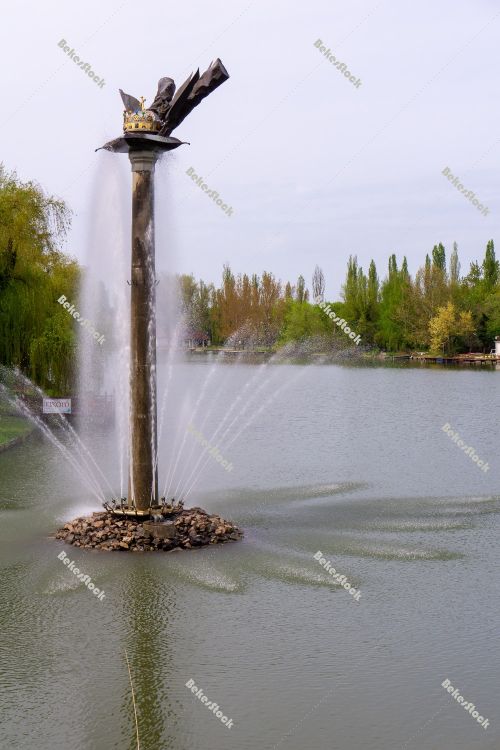
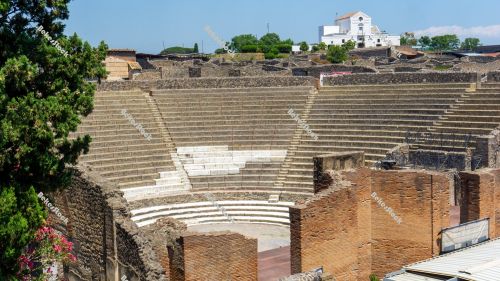



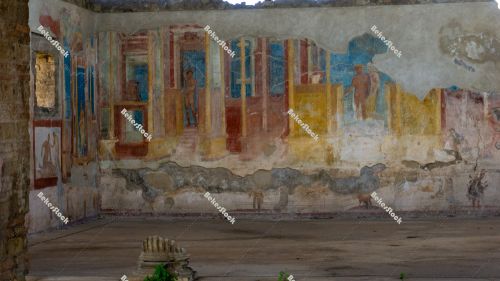
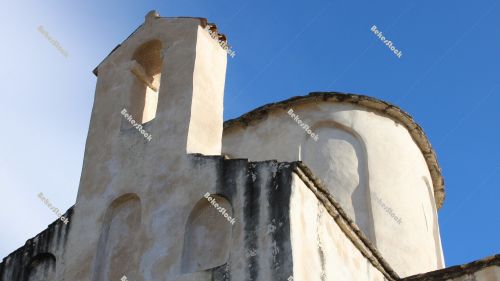
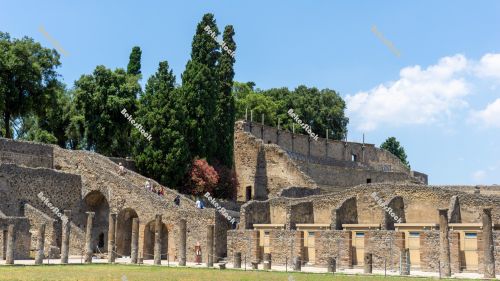
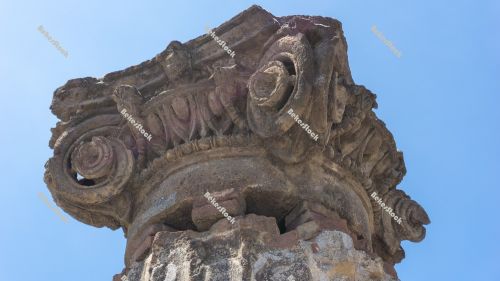

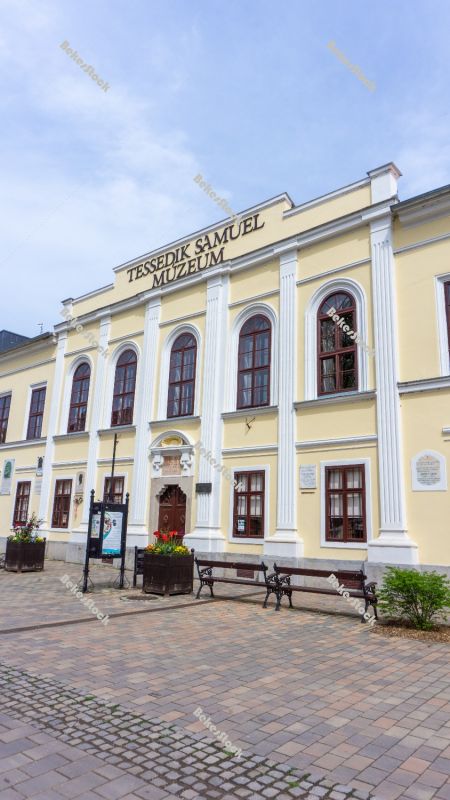
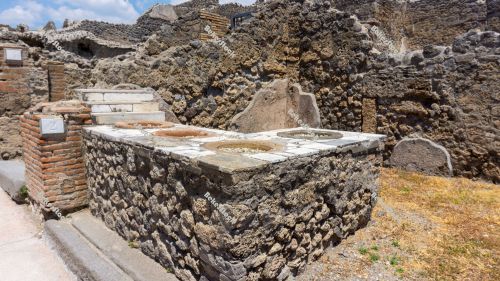
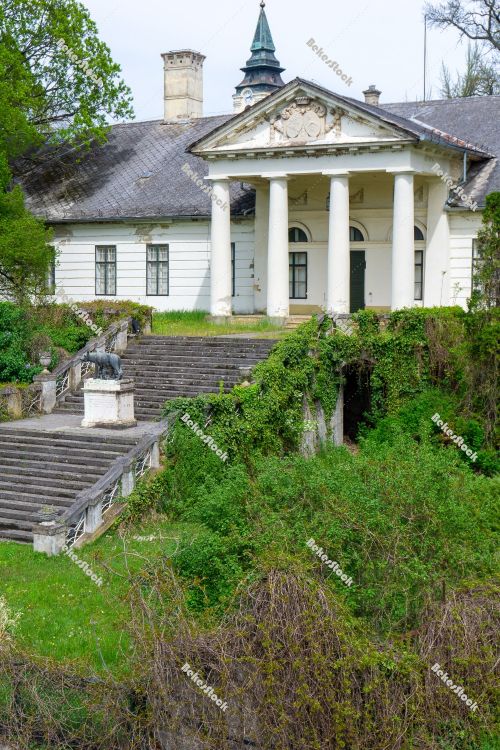



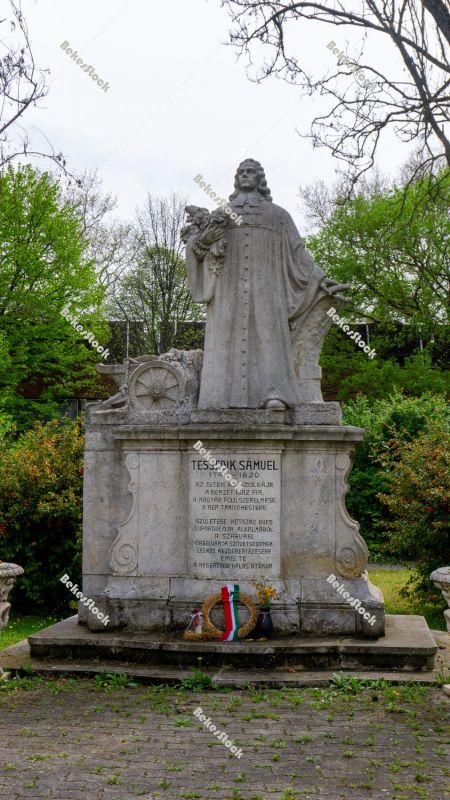
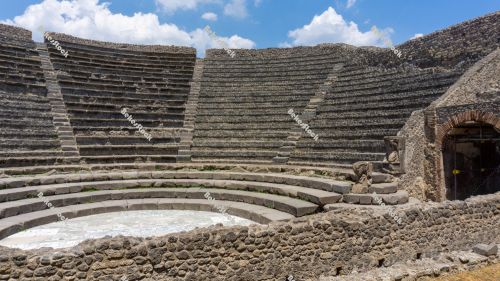
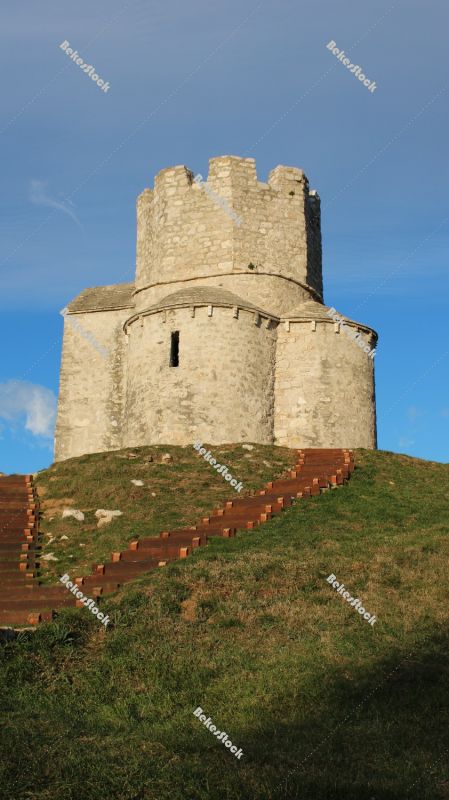
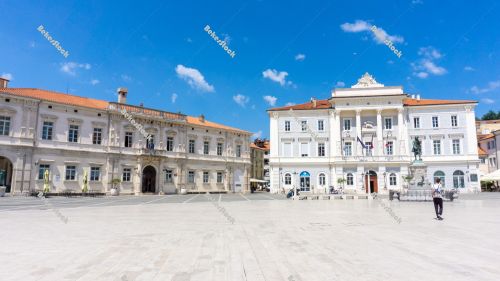
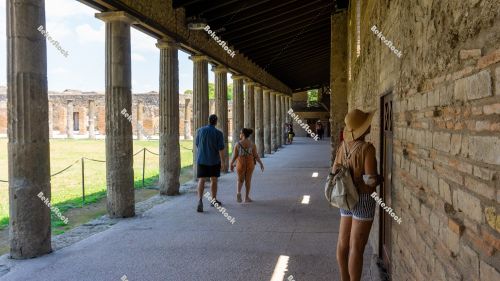

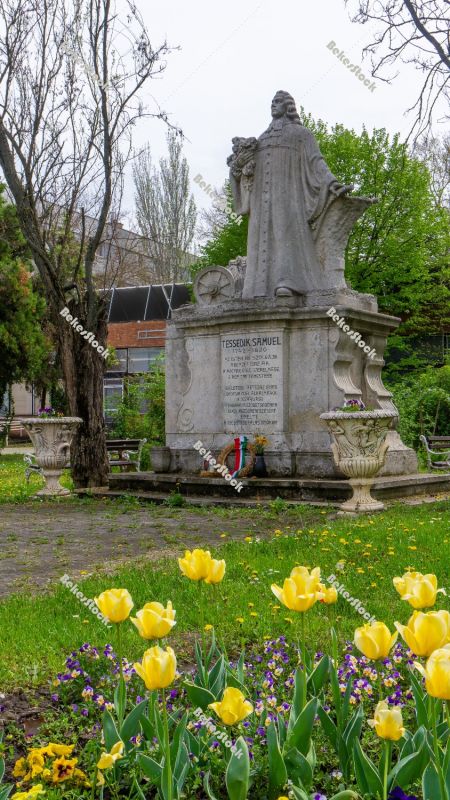
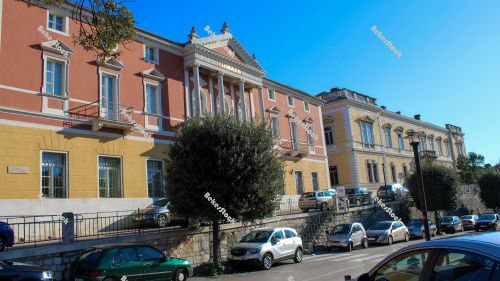
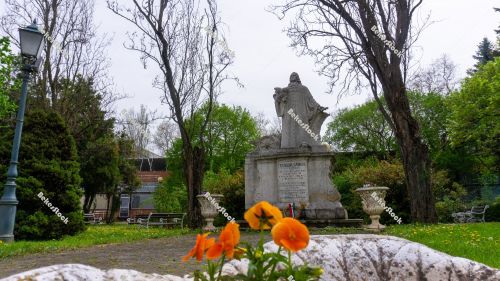

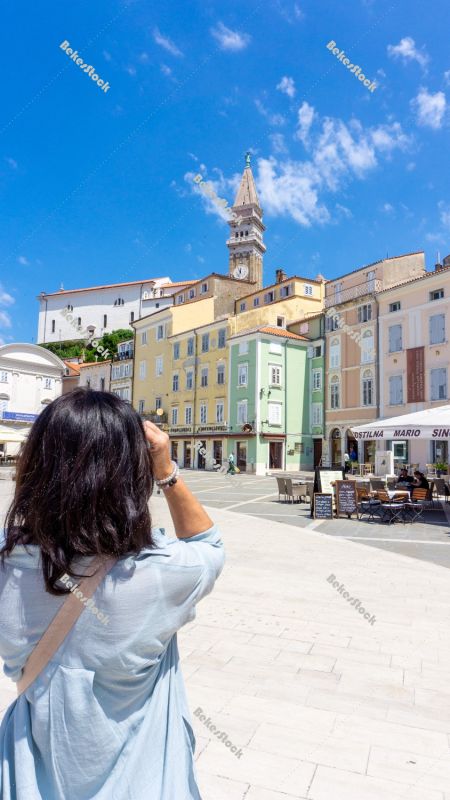
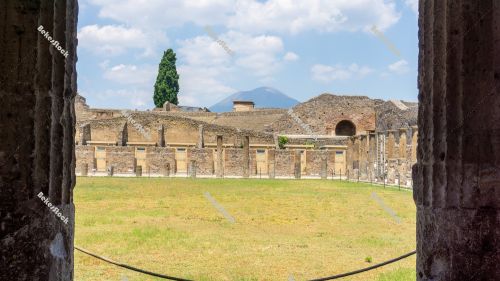

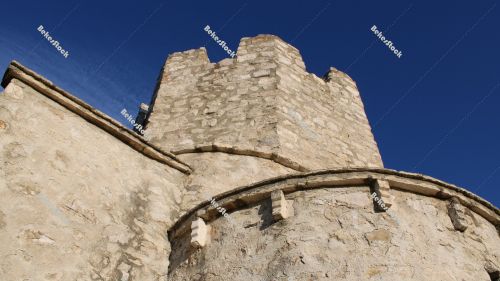
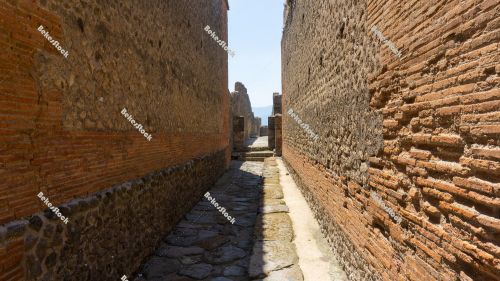

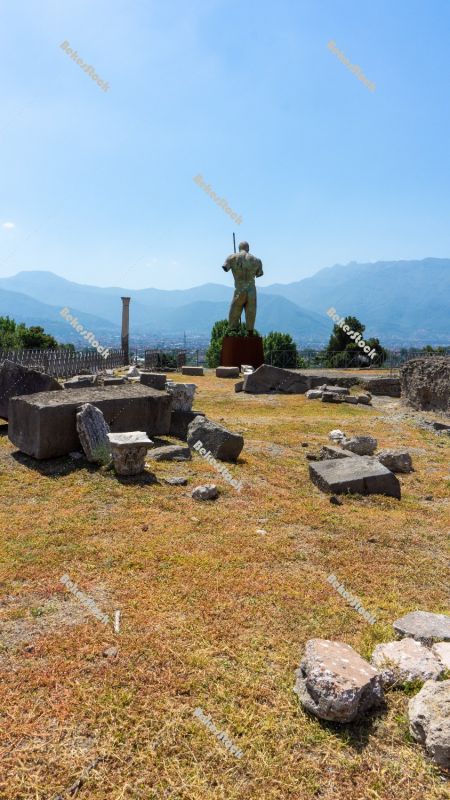
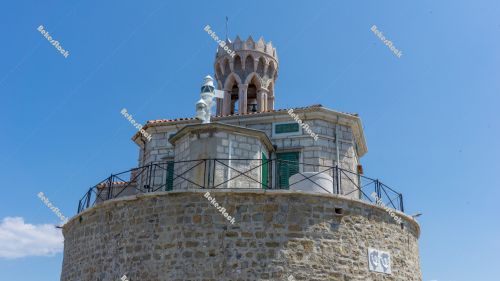

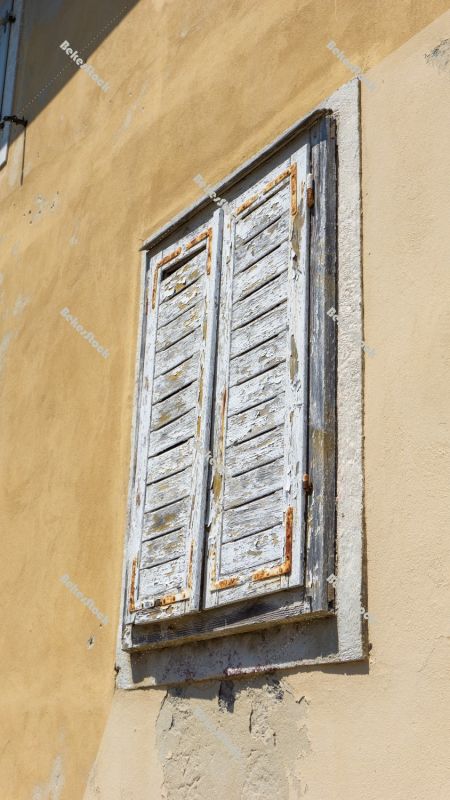
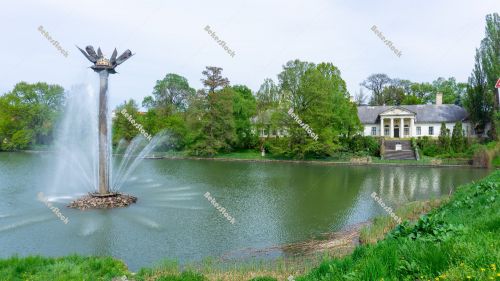
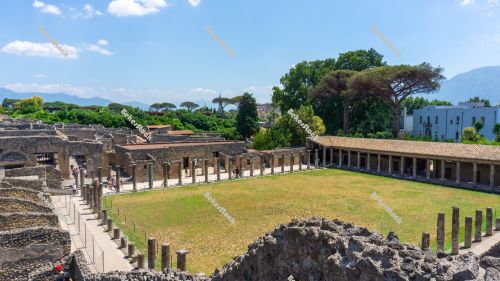
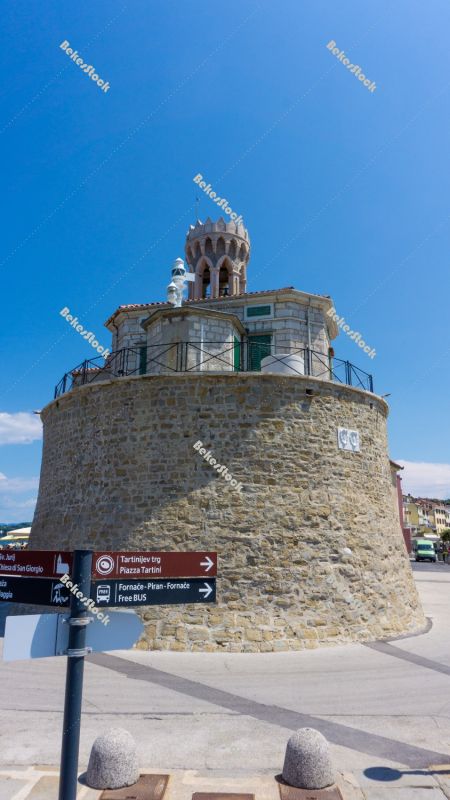
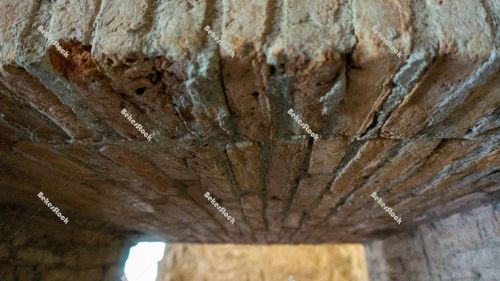
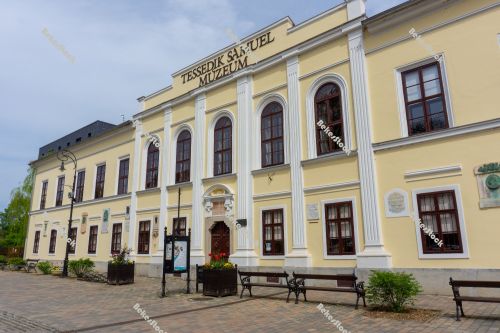
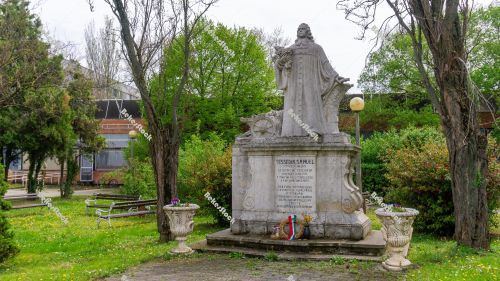


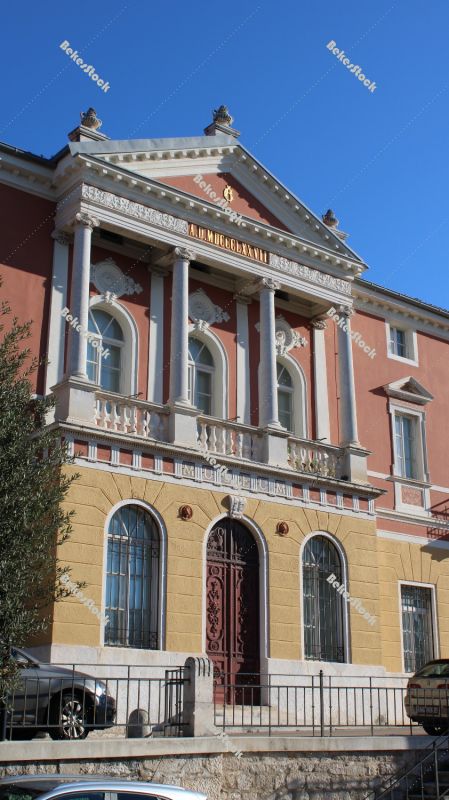
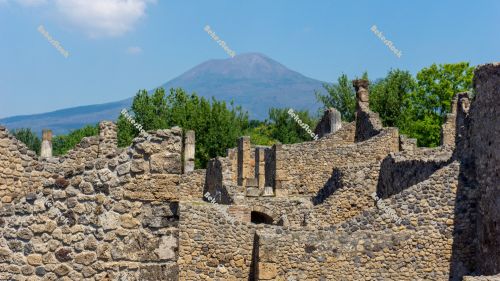
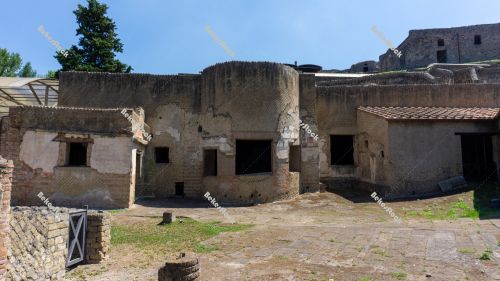


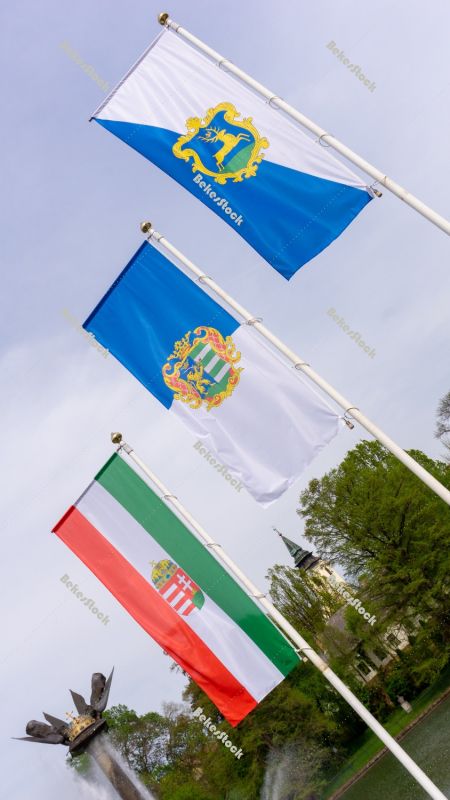
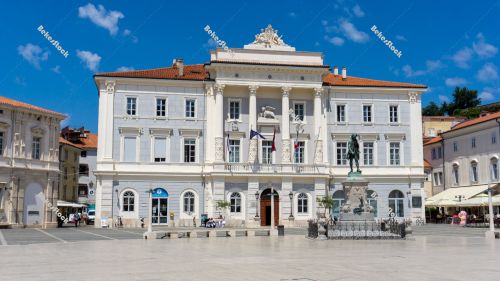
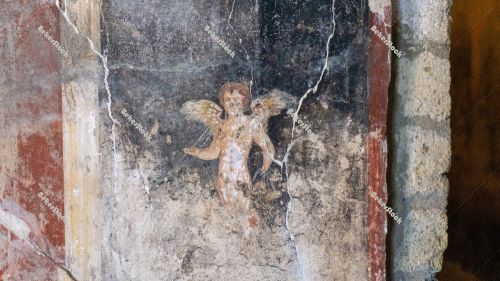

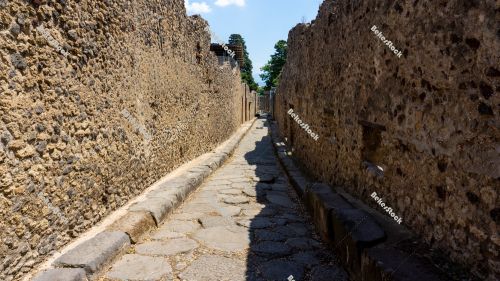
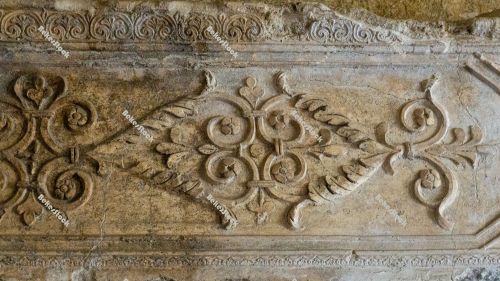
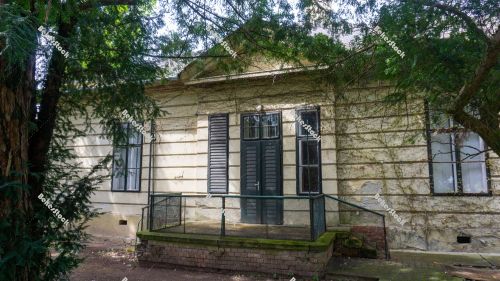
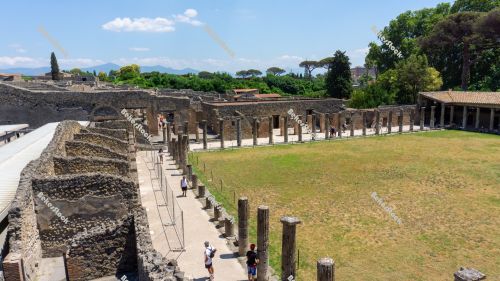

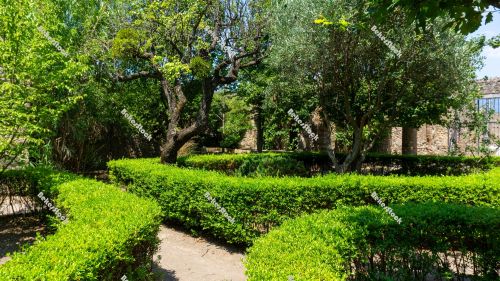
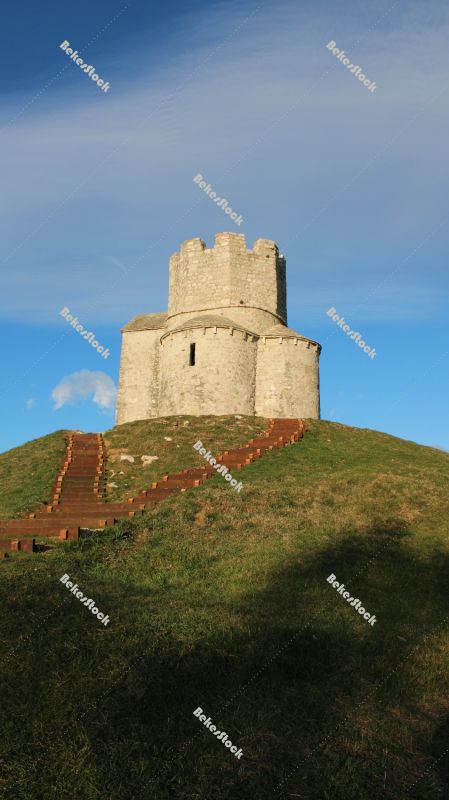
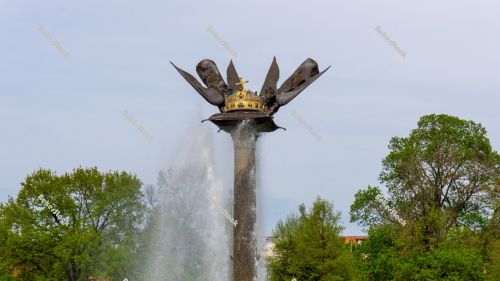
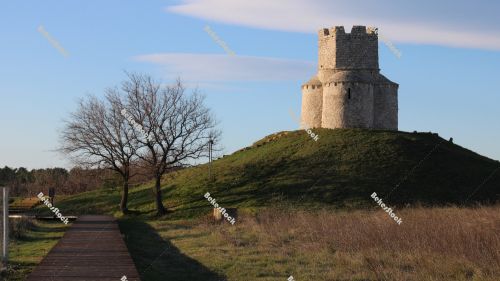
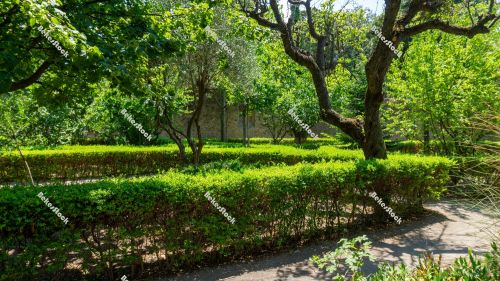

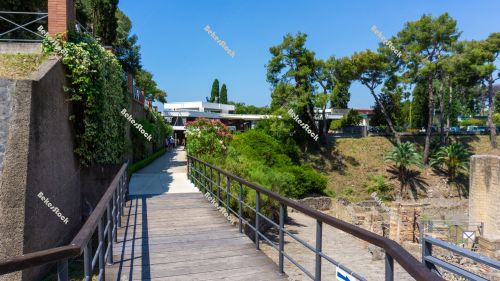
-
 Millenium Memorial (`Milleniumi Emlékmű`) - Szarvas, Bekes Cou
Millenium Memorial (`Milleniumi Emlékmű`) - Szarvas, Bekes Cou -
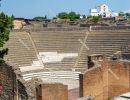 Large Theatre (`Teatro Grande`) in Pompeii. Pompei, Campania, It
Large Theatre (`Teatro Grande`) in Pompeii. Pompei, Campania, It -
 Detail of a graffiti in Pompeii. Pompei, Campania, Italy, July 2
Detail of a graffiti in Pompeii. Pompei, Campania, Italy, July 2 -
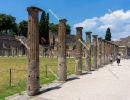 Cloister - QUADRIPORTICUS OF THE THEATRES OR GLADIATORS BARRACKS
Cloister - QUADRIPORTICUS OF THE THEATRES OR GLADIATORS BARRACKS -
 Museum of Ancient Glass (Muzej antičkog stakla u Zadru), Zadar,
Museum of Ancient Glass (Muzej antičkog stakla u Zadru), Zadar, -
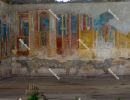 GYMNASIUM OF THE IUVENES. The entrance of the Gymnasium is locat
GYMNASIUM OF THE IUVENES. The entrance of the Gymnasium is locat -
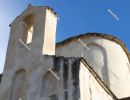 The Church of the Holy Cross - Nin
The Church of the Holy Cross - Nin -
 QUADRIPORTICUS OF THE THEATRES OR GLADIATORS BARRACKS in Pompeii
QUADRIPORTICUS OF THE THEATRES OR GLADIATORS BARRACKS in Pompeii -
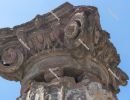 Ancient Roman column capital (head) with blue sky in the backgro
Ancient Roman column capital (head) with blue sky in the backgro -
 Tartini Monument, Piran, Obalno-kraska, Slovenia, June 2020
Tartini Monument, Piran, Obalno-kraska, Slovenia, June 2020 -
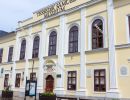 Sámuel Tessedik Museum (`Tessedik Sámuel Múzeum`). Szarvas, B
Sámuel Tessedik Museum (`Tessedik Sámuel Múzeum`). Szarvas, B -
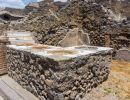 Ancient tavern (Thermopolium) in Pompeii. Pompei, Campania, Ital
Ancient tavern (Thermopolium) in Pompeii. Pompei, Campania, Ital -
 Bolza Castle (`Bolza-kastély`). Szarvas, Bekes County, Hungary
Bolza Castle (`Bolza-kastély`). Szarvas, Bekes County, Hungary -
 Guests are sitting on the terrace of the cafe, Piran, Obalno-kra
Guests are sitting on the terrace of the cafe, Piran, Obalno-kra -
 The flag of Hungary, the flag of Békés county and the flag of
The flag of Hungary, the flag of Békés county and the flag of -
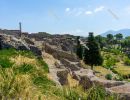 Bronze statue of Daedalus (`Dedalo`) on the terrace of the Sanct
Bronze statue of Daedalus (`Dedalo`) on the terrace of the Sanct -
 Statue of Tessedik (`Tessedik szobor`). Szarvas, Bekes County, H
Statue of Tessedik (`Tessedik szobor`). Szarvas, Bekes County, H -
 SMALL THEATRE – ODEON in Pompeii. Pompei, Campania, Italy, Jul
SMALL THEATRE – ODEON in Pompeii. Pompei, Campania, Italy, Jul -
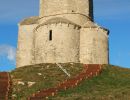 ST. NICHOLAS CHURCH - Nin
ST. NICHOLAS CHURCH - Nin -
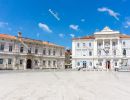 Piran Town Hall, 'Mestna hisa', Piran, Obalno-kraska, Slovenia,
Piran Town Hall, 'Mestna hisa', Piran, Obalno-kraska, Slovenia, -
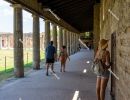 Cloister - QUADRIPORTICUS OF THE THEATRES OR GLADIATORS BARRACKS
Cloister - QUADRIPORTICUS OF THE THEATRES OR GLADIATORS BARRACKS -
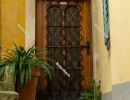 Closed wooden entrance door, Piran, Obalno-kraska, Slovenia, Jun
Closed wooden entrance door, Piran, Obalno-kraska, Slovenia, Jun -
 Statue of Tessedik (`Tessedik szobor`). Szarvas, Bekes County, H
Statue of Tessedik (`Tessedik szobor`). Szarvas, Bekes County, H -
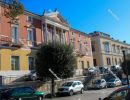 Museum of Ancient Glass (Muzej antičkog stakla u Zadru), Zadar,
Museum of Ancient Glass (Muzej antičkog stakla u Zadru), Zadar, -
 Statue of Tessedik (`Tessedik szobor`). Szarvas, Bekes County, H
Statue of Tessedik (`Tessedik szobor`). Szarvas, Bekes County, H -
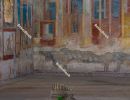 GYMNASIUM OF THE IUVENES. The entrance of the Gymnasium is locat
GYMNASIUM OF THE IUVENES. The entrance of the Gymnasium is locat -
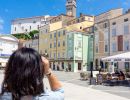 Woman takes photos of Tartini Central Square in Piran. Piran, Ob
Woman takes photos of Tartini Central Square in Piran. Piran, Ob -
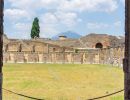 The view of Vesuvius from the Gladiators' Barracks. Pompei, Camp
The view of Vesuvius from the Gladiators' Barracks. Pompei, Camp -
 Mosaic decoration in the Suburban Baths in Pompeii. Pompei, Camp
Mosaic decoration in the Suburban Baths in Pompeii. Pompei, Camp -
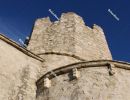 ST. NICHOLAS CHURCH - Nin
ST. NICHOLAS CHURCH - Nin -
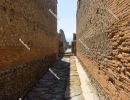 Alley way (`vicolo`) in Pompeii. The narrow street is lined with
Alley way (`vicolo`) in Pompeii. The narrow street is lined with -
 Bolza Castle (`Bolza-kastély`). Szarvas, Bekes County, Hungary
Bolza Castle (`Bolza-kastély`). Szarvas, Bekes County, Hungary -
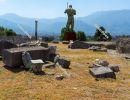 Sanctuary of Venus with bronze statue of Daedalus (`Dedalo`) in
Sanctuary of Venus with bronze statue of Daedalus (`Dedalo`) in -
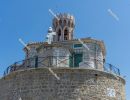 Piranski svetilnik, LIGHTHOUSE. Piran, Slovenia, June 2020
Piranski svetilnik, LIGHTHOUSE. Piran, Slovenia, June 2020 -
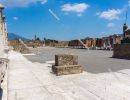 Civil Forum in Pompeii. The blue sky and Mount Vesuvius provide
Civil Forum in Pompeii. The blue sky and Mount Vesuvius provide -
 Closed spalette, window, Piran, Obalno-kraska, Slovenia, June 20
Closed spalette, window, Piran, Obalno-kraska, Slovenia, June 20 -
 Millenium Memorial (`Milleniumi Emlékmű`) and Bolza Castle (`B
Millenium Memorial (`Milleniumi Emlékmű`) and Bolza Castle (`B -
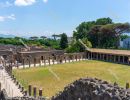 QUADRIPORTICUS OF THE THEATRES OR GLADIATORS BARRACKS in Pompeii
QUADRIPORTICUS OF THE THEATRES OR GLADIATORS BARRACKS in Pompeii -
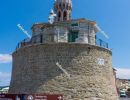 Piranski svetilnik, LIGHTHOUSE. In the foreground are signposts.
Piranski svetilnik, LIGHTHOUSE. In the foreground are signposts. -
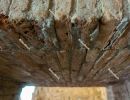 The door is a brick ceiling in the Suburban Baths in Pompeii. Po
The door is a brick ceiling in the Suburban Baths in Pompeii. Po -
 Sámuel Tessedik Museum (`Tessedik Sámuel Múzeum`). Szarvas, B
Sámuel Tessedik Museum (`Tessedik Sámuel Múzeum`). Szarvas, B -
 Statue of Tessedik (`Tessedik szobor`). Szarvas, Bekes County, H
Statue of Tessedik (`Tessedik szobor`). Szarvas, Bekes County, H -
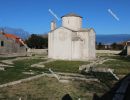 The Church of the Holy Cross - Nin
The Church of the Holy Cross - Nin -
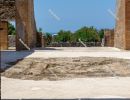 Courtyard of a building in Pompeii, with Lenader and the blue sk
Courtyard of a building in Pompeii, with Lenader and the blue sk -
 Museum of Ancient Glass (Muzej antičkog stakla u Zadru), Zadar,
Museum of Ancient Glass (Muzej antičkog stakla u Zadru), Zadar, -
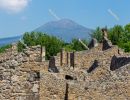 Ancient ruins of Pompeii, with Mount Vesuvius (`Vesuvio`) in the
Ancient ruins of Pompeii, with Mount Vesuvius (`Vesuvio`) in the -
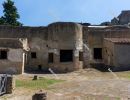 The Suburban Baths in Pompeii. Pompei, Campania, Italy, July 202
The Suburban Baths in Pompeii. Pompei, Campania, Italy, July 202 -
 The flag of Hungary, the flag of Békés county and the flag of
The flag of Hungary, the flag of Békés county and the flag of -
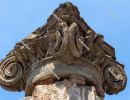 Ancient Roman column capital (head) with blue sky in the backgro
Ancient Roman column capital (head) with blue sky in the backgro -
 The flag of Hungary, the flag of Békés county and the flag of
The flag of Hungary, the flag of Békés county and the flag of -
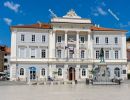 Piran Town Hall, 'Mestna hisa', Piran, Obalno-kraska, Slovenia,
Piran Town Hall, 'Mestna hisa', Piran, Obalno-kraska, Slovenia, -
![Detail of a fresco in the Suburban Baths in Pompeii. Pompei, Cam Detail of a fresco in the Suburban Baths in Pompeii. Pompei, Cam]() Detail of a fresco in the Suburban Baths in Pompeii. Pompei, Cam
Detail of a fresco in the Suburban Baths in Pompeii. Pompei, Cam -
![Fake cave, adorned with a mosaic in the Suburban Baths in Pompei Fake cave, adorned with a mosaic in the Suburban Baths in Pompei]() Fake cave, adorned with a mosaic in the Suburban Baths in Pompei
Fake cave, adorned with a mosaic in the Suburban Baths in Pompei -
![Street (`via`) in Pompeii. The narrow street is lined with stone Street (`via`) in Pompeii. The narrow street is lined with stone]() Street (`via`) in Pompeii. The narrow street is lined with stone
Street (`via`) in Pompeii. The narrow street is lined with stone -
![Wall decoration, stucco in the Suburban Baths in Pompeii. Pompei Wall decoration, stucco in the Suburban Baths in Pompeii. Pompei]() Wall decoration, stucco in the Suburban Baths in Pompeii. Pompei
Wall decoration, stucco in the Suburban Baths in Pompeii. Pompei -
![Old house in the park. Szarvas, Bekes County, Hungary Old house in the park. Szarvas, Bekes County, Hungary]() Old house in the park. Szarvas, Bekes County, Hungary
Old house in the park. Szarvas, Bekes County, Hungary -
![QUADRIPORTICUS OF THE THEATRES OR GLADIATORS BARRACKS in Pompeii QUADRIPORTICUS OF THE THEATRES OR GLADIATORS BARRACKS in Pompeii]() QUADRIPORTICUS OF THE THEATRES OR GLADIATORS BARRACKS in Pompeii
QUADRIPORTICUS OF THE THEATRES OR GLADIATORS BARRACKS in Pompeii -
![The Church of the Holy Cross - Nin The Church of the Holy Cross - Nin]() The Church of the Holy Cross - Nin
The Church of the Holy Cross - Nin -
![Botanical Garden (`Orto Botanico`) in Pompeii. Pompei, Campania, Botanical Garden (`Orto Botanico`) in Pompeii. Pompei, Campania,]() Botanical Garden (`Orto Botanico`) in Pompeii. Pompei, Campania,
Botanical Garden (`Orto Botanico`) in Pompeii. Pompei, Campania, -
![ST. NICHOLAS CHURCH - Nin ST. NICHOLAS CHURCH - Nin]() ST. NICHOLAS CHURCH - Nin
ST. NICHOLAS CHURCH - Nin -
![Millenium Memorial (`Milleniumi Emlékmű`) - Szarvas, Bekes Cou Millenium Memorial (`Milleniumi Emlékmű`) - Szarvas, Bekes Cou]() Millenium Memorial (`Milleniumi Emlékmű`) - Szarvas, Bekes Cou
Millenium Memorial (`Milleniumi Emlékmű`) - Szarvas, Bekes Cou -
![ST. NICHOLAS CHURCH - Nin ST. NICHOLAS CHURCH - Nin]() ST. NICHOLAS CHURCH - Nin
ST. NICHOLAS CHURCH - Nin -
![Botanical Garden (`Orto Botanico`) in Pompeii. Pompei, Campania, Botanical Garden (`Orto Botanico`) in Pompeii. Pompei, Campania,]() Botanical Garden (`Orto Botanico`) in Pompeii. Pompei, Campania,
Botanical Garden (`Orto Botanico`) in Pompeii. Pompei, Campania, -
![Millenium Memorial (`Milleniumi Emlékmű`) - Szarvas, Bekes Cou Millenium Memorial (`Milleniumi Emlékmű`) - Szarvas, Bekes Cou]() Millenium Memorial (`Milleniumi Emlékmű`) - Szarvas, Bekes Cou
Millenium Memorial (`Milleniumi Emlékmű`) - Szarvas, Bekes Cou -
![Ticket office in the Archaeological Park of Pompeii, photographe Ticket office in the Archaeological Park of Pompeii, photographe]() Ticket office in the Archaeological Park of Pompeii, photographe
Ticket office in the Archaeological Park of Pompeii, photographe


